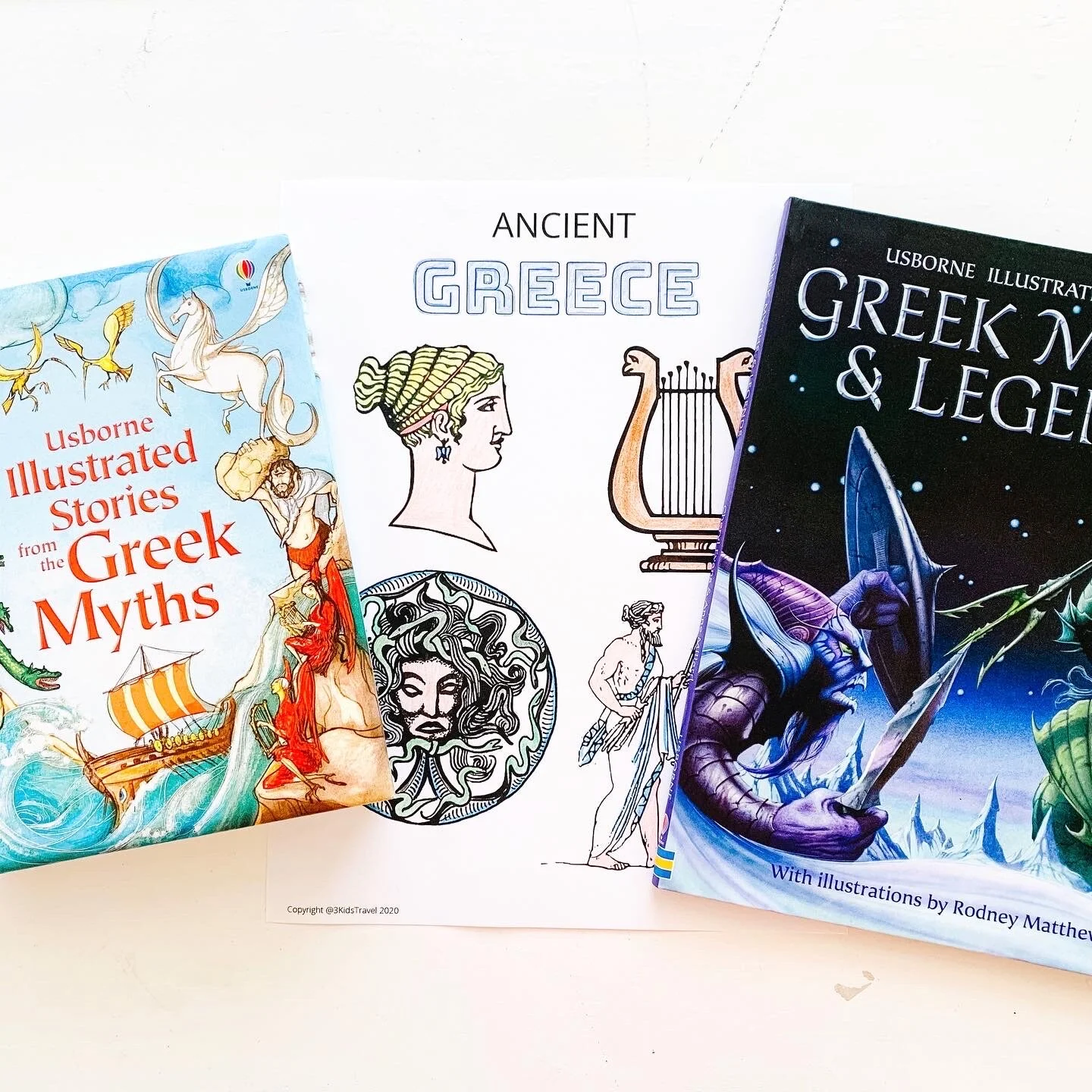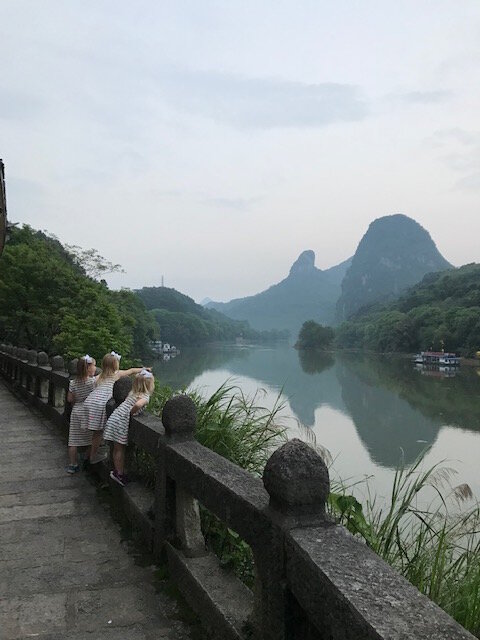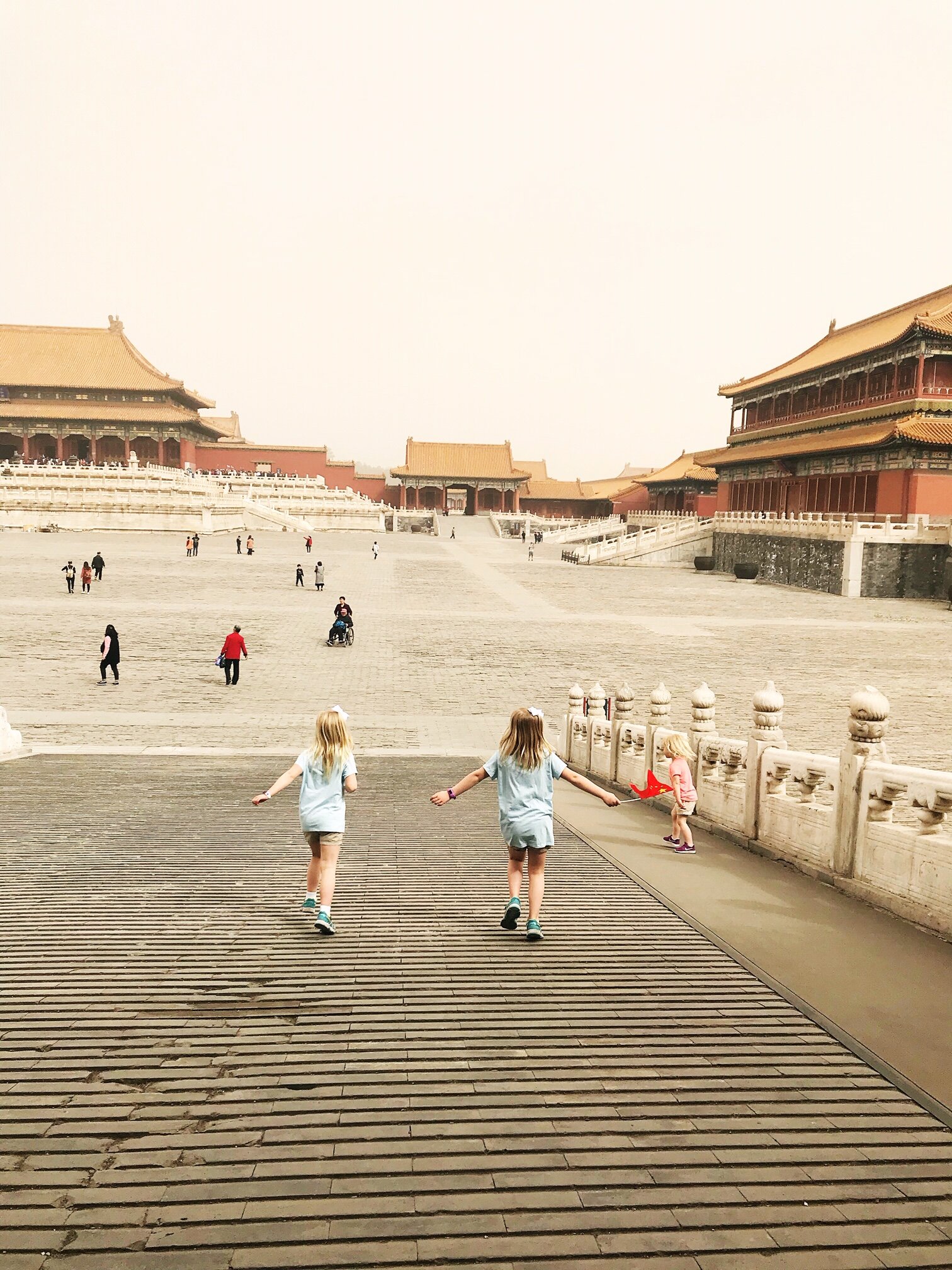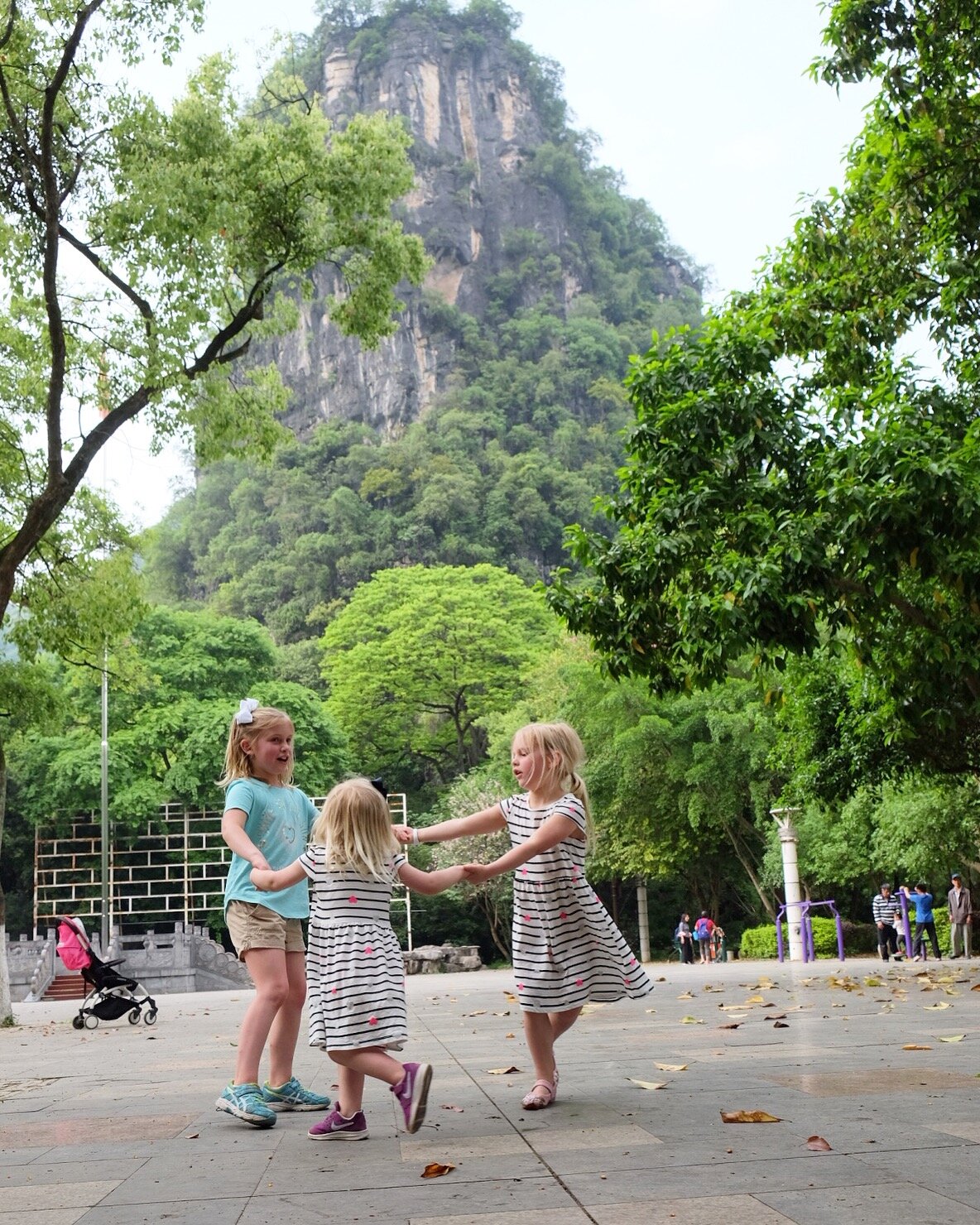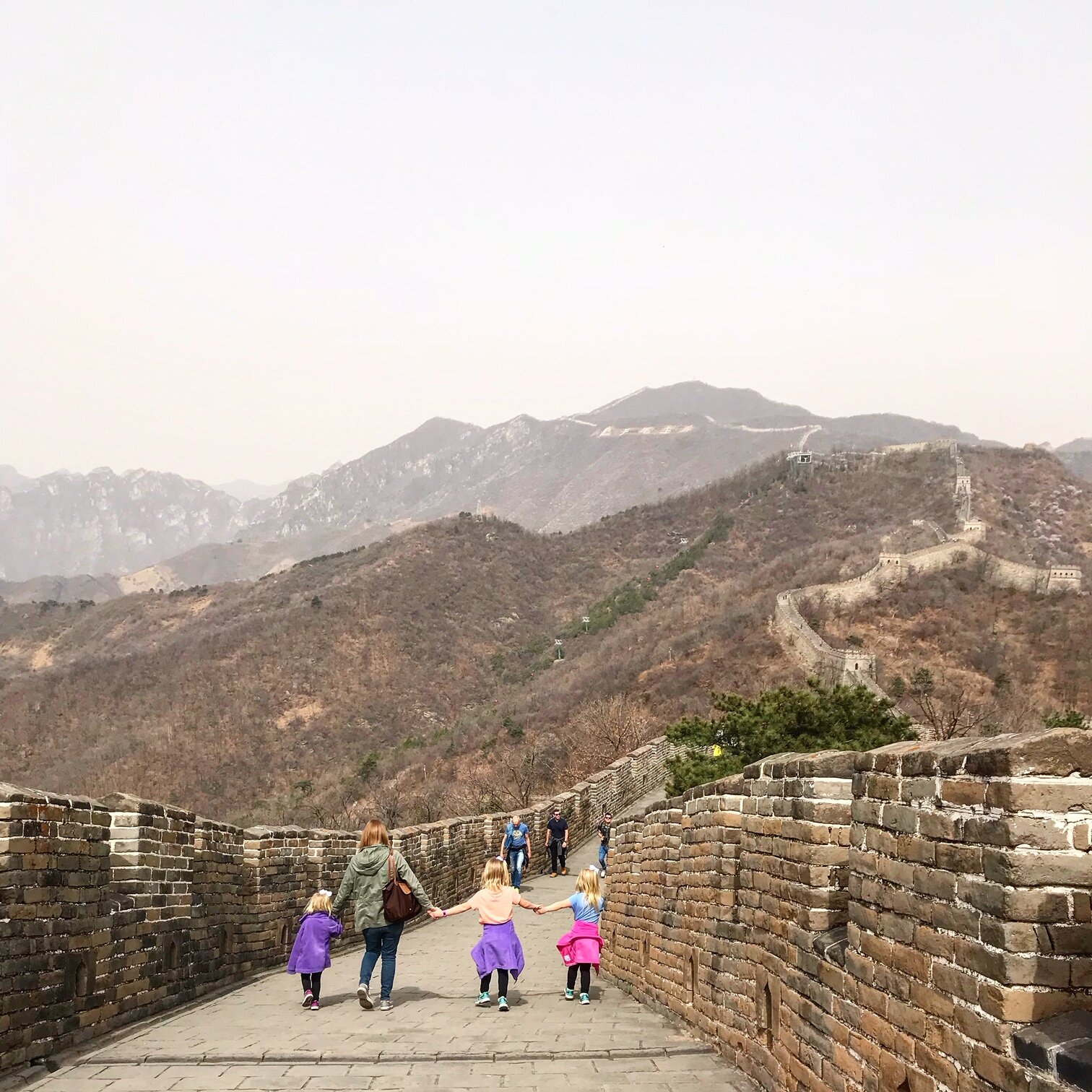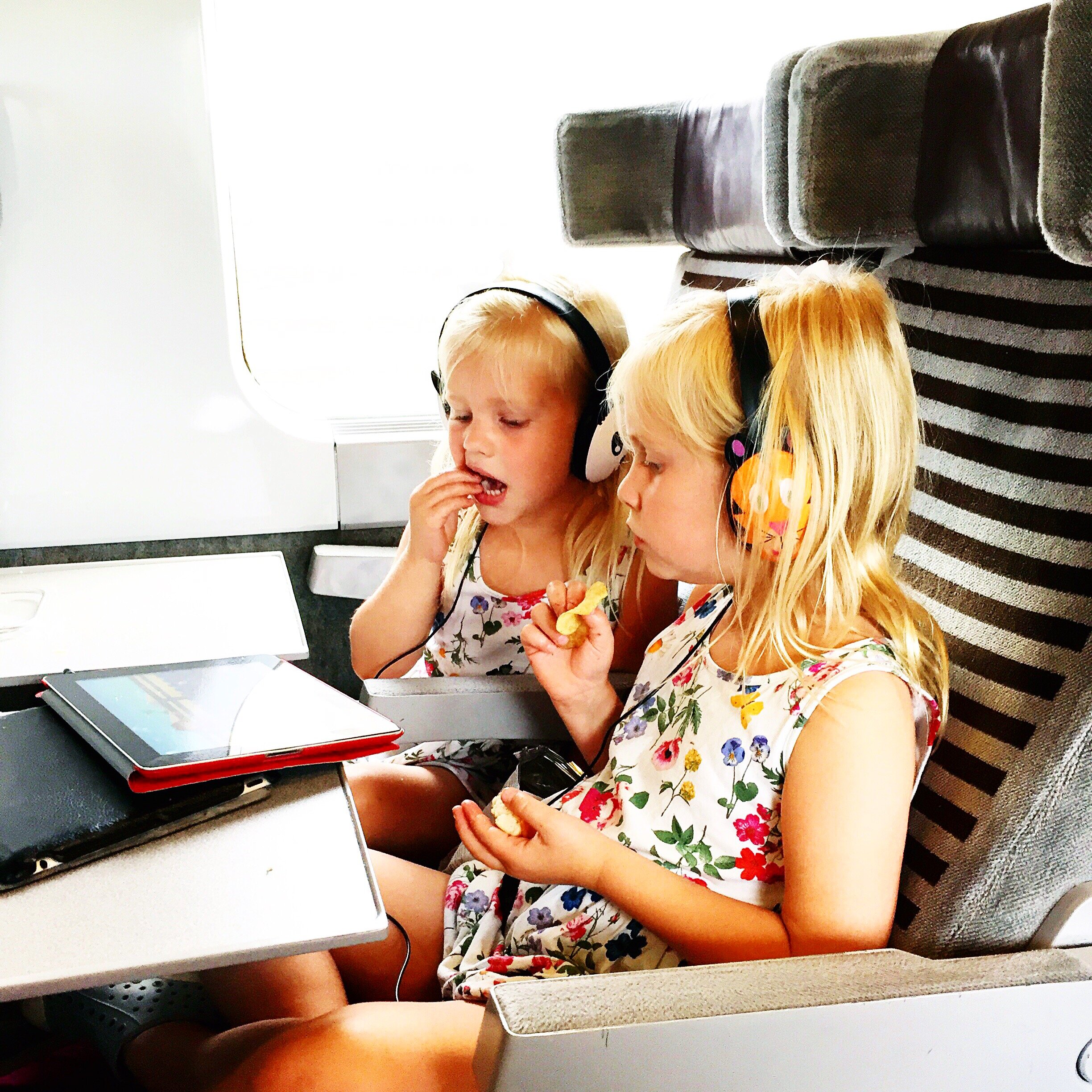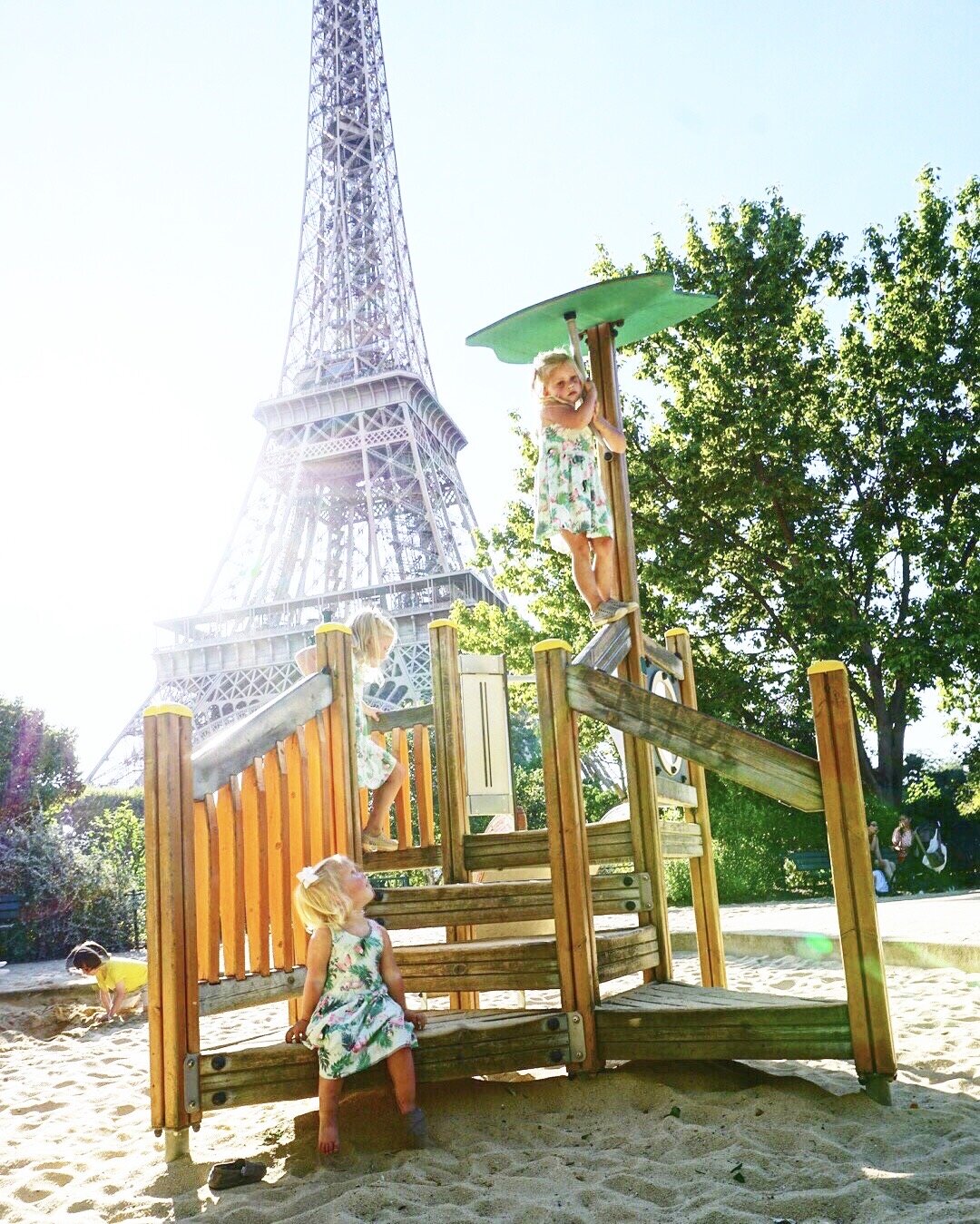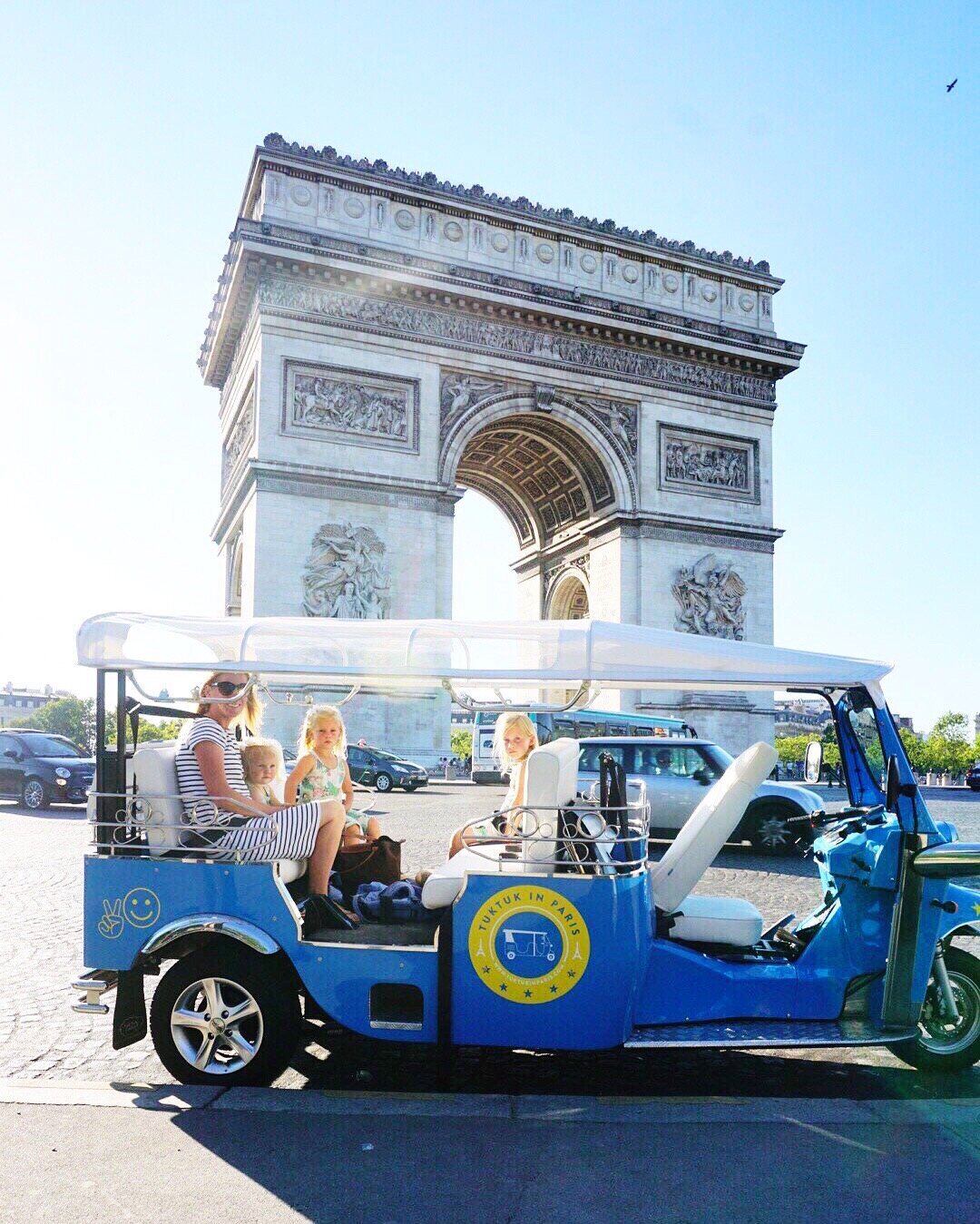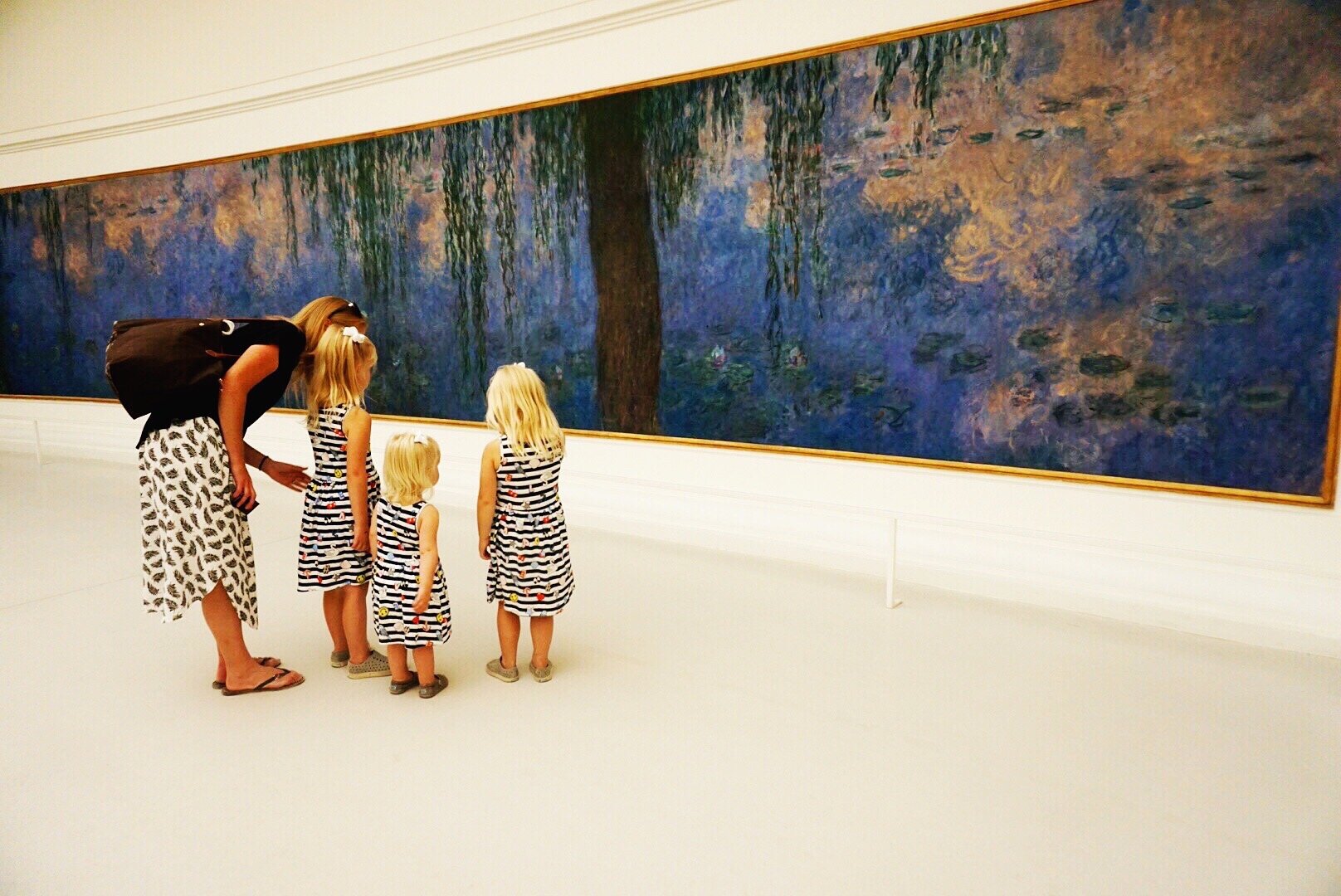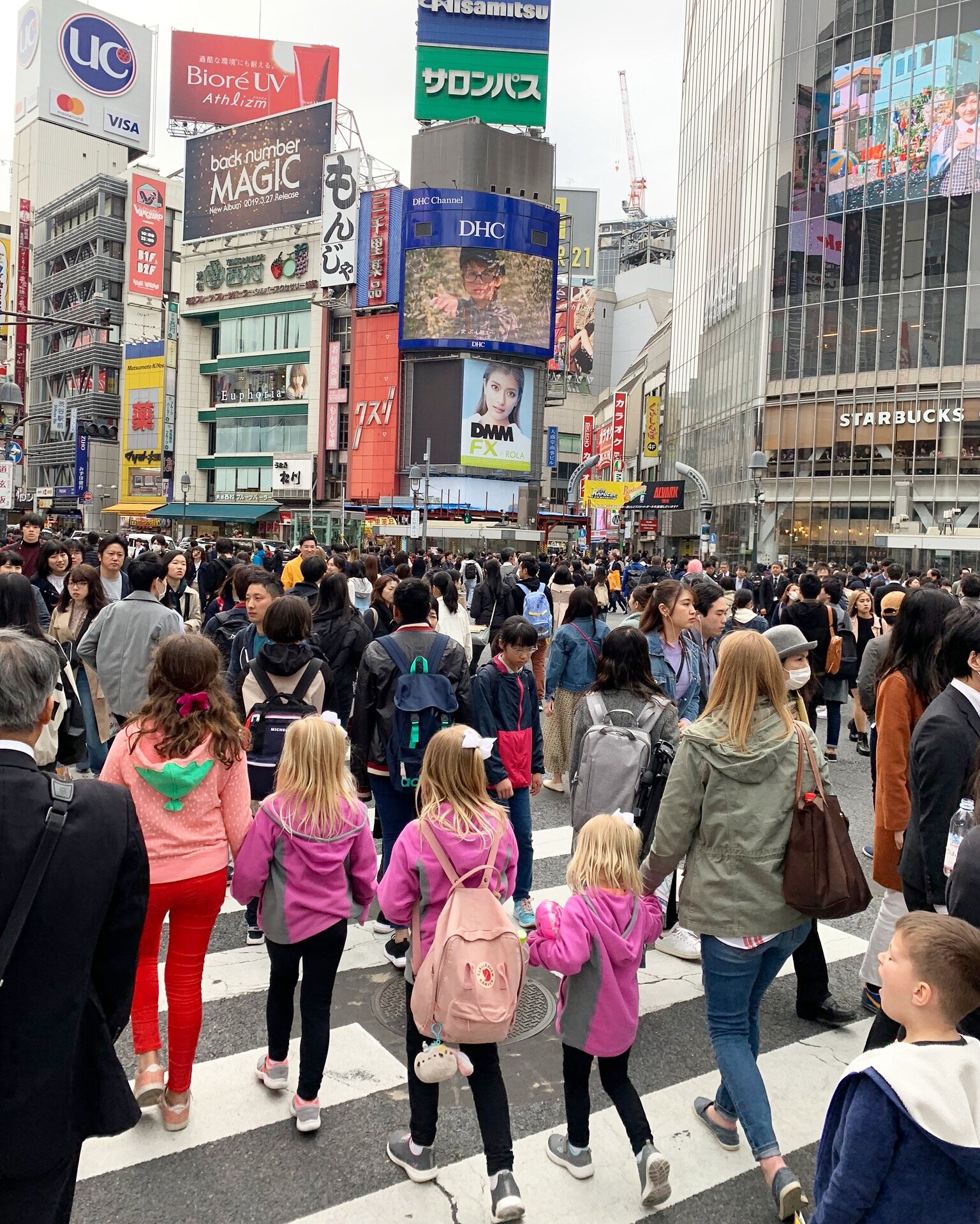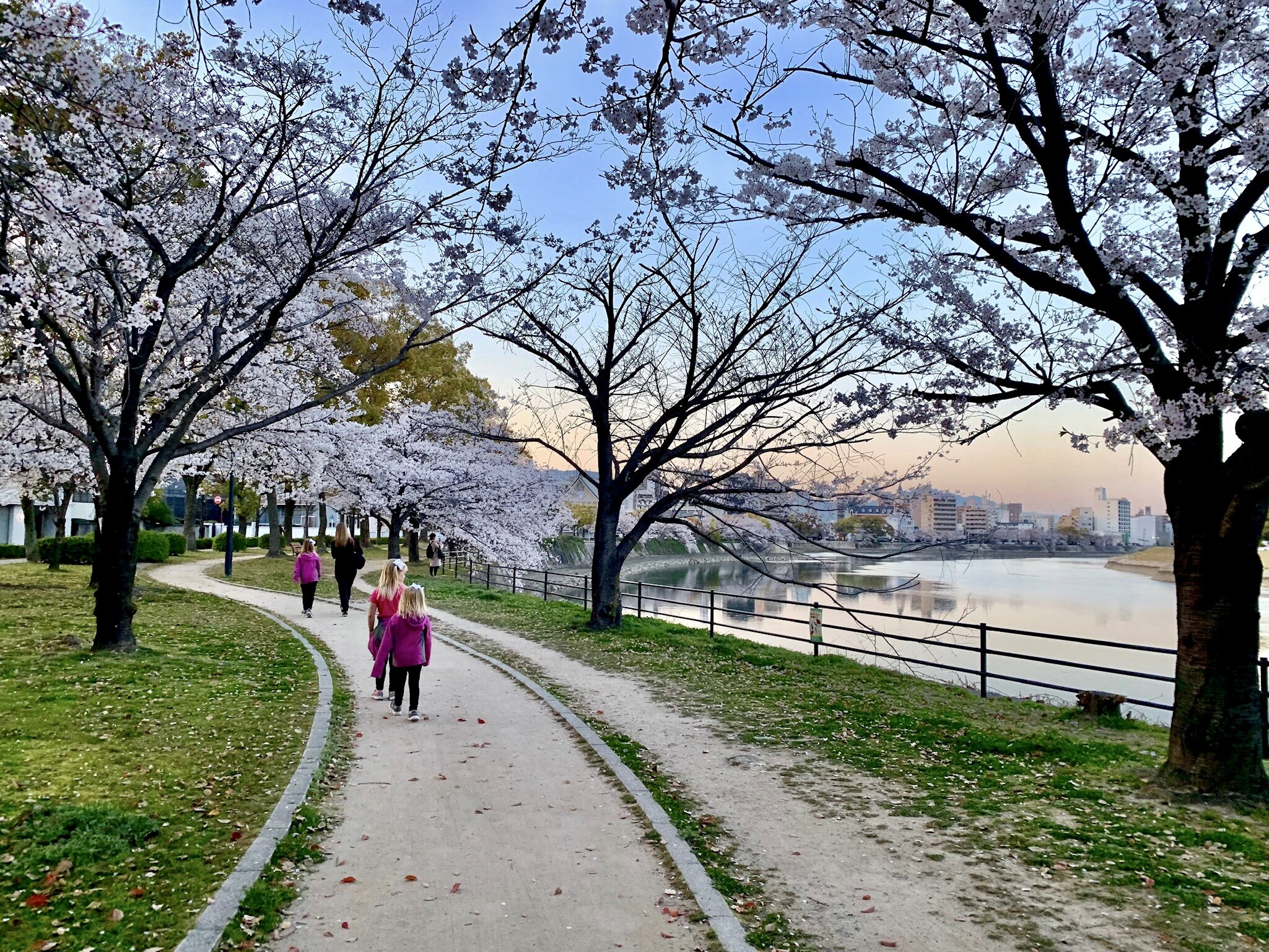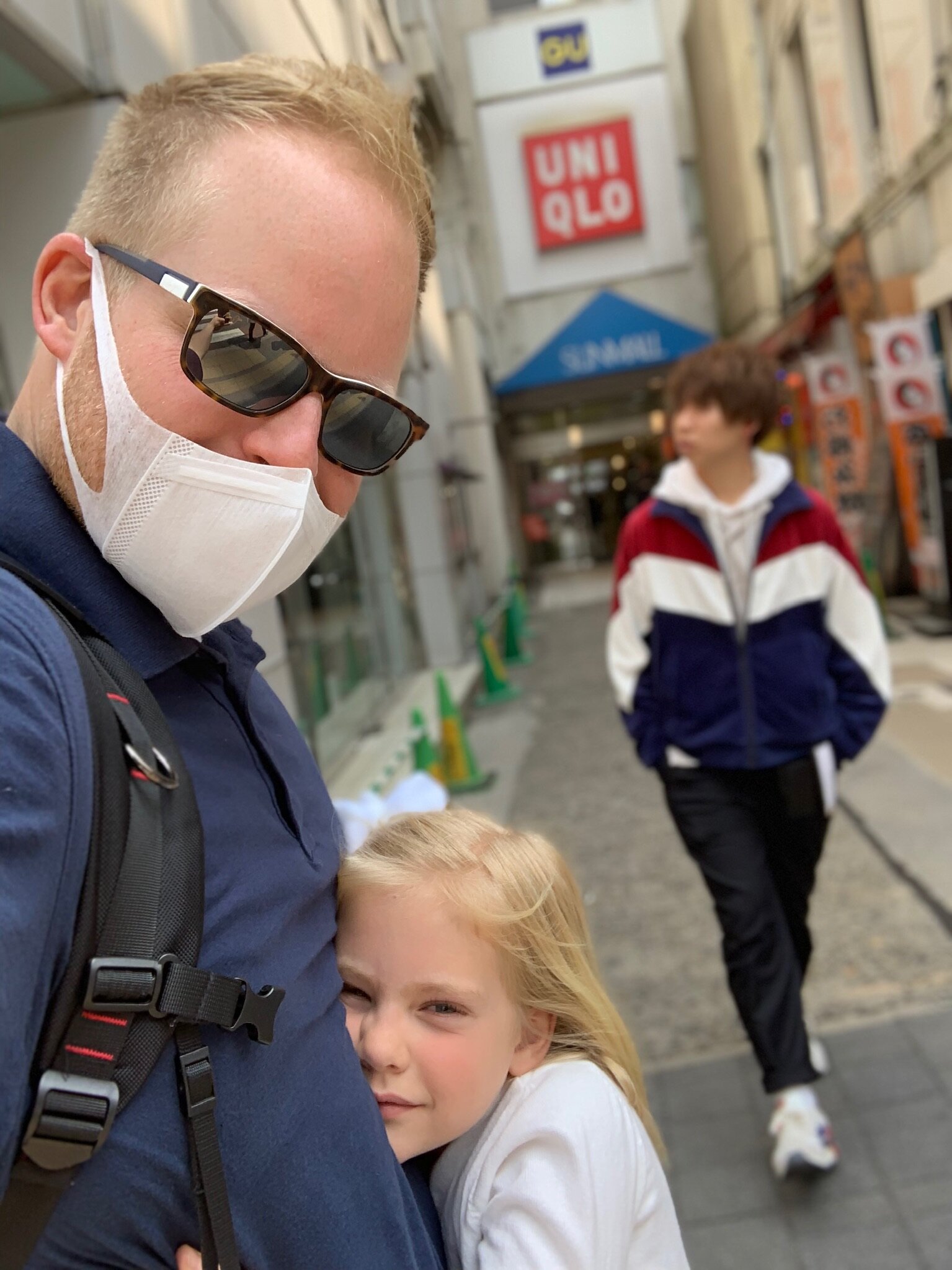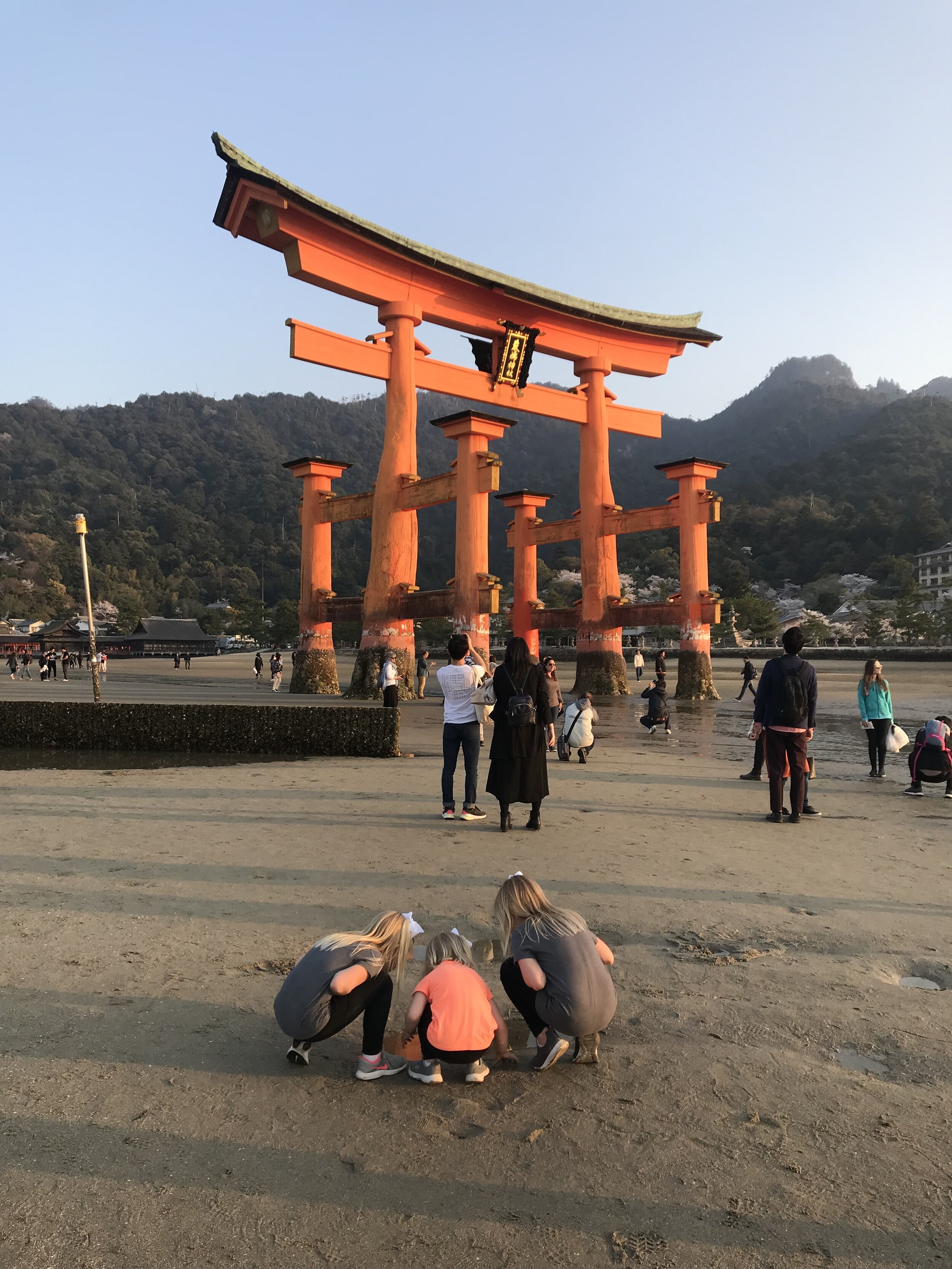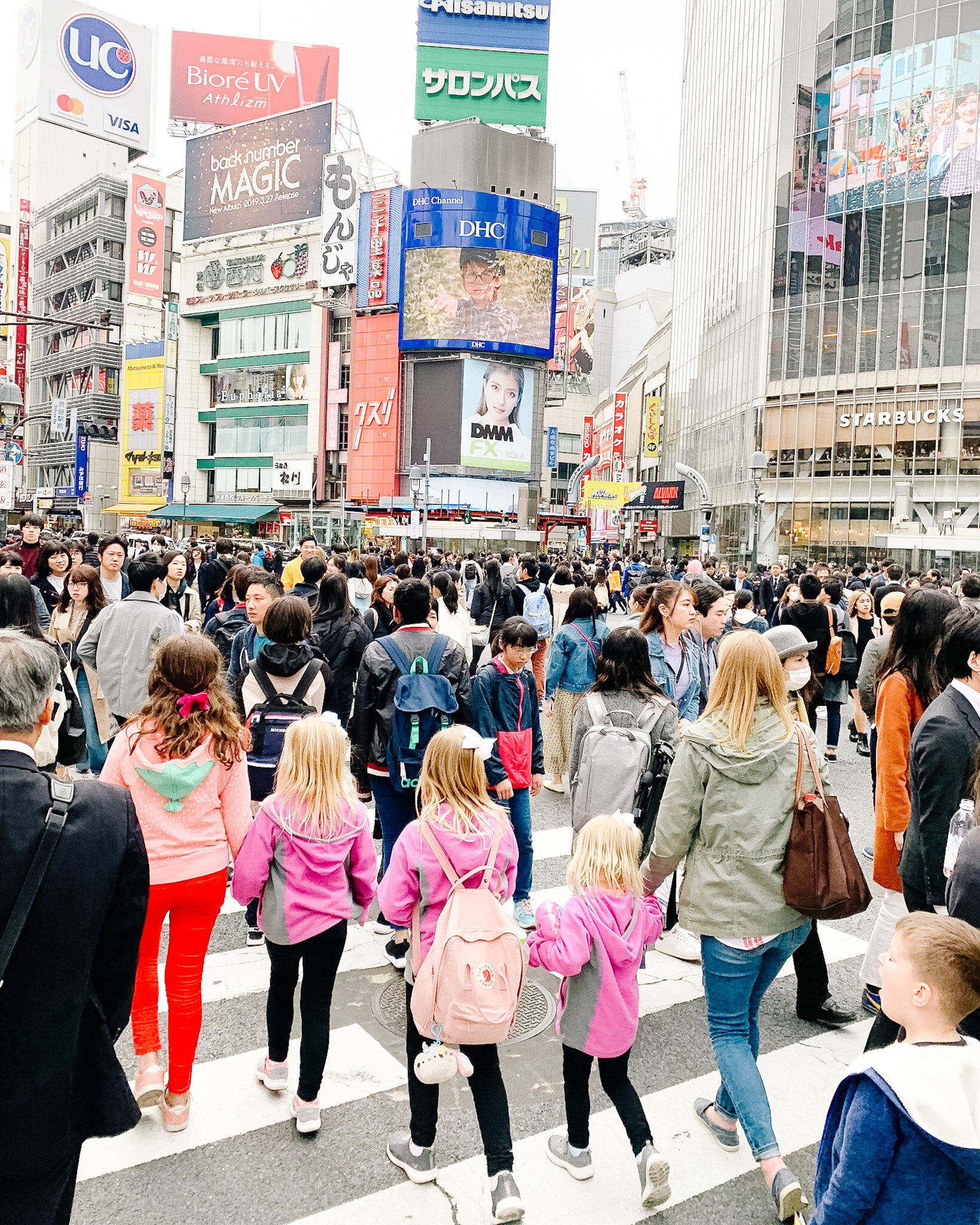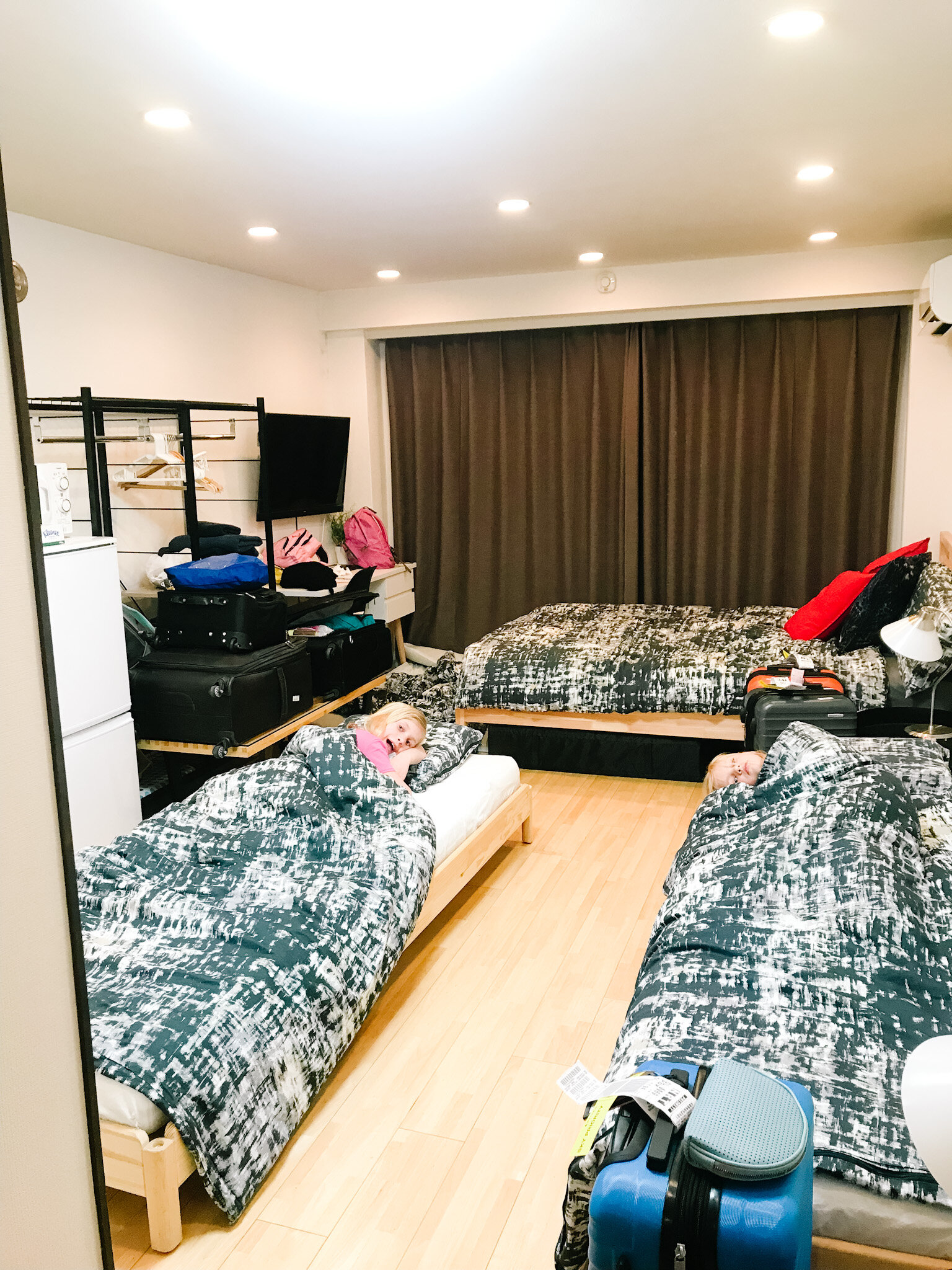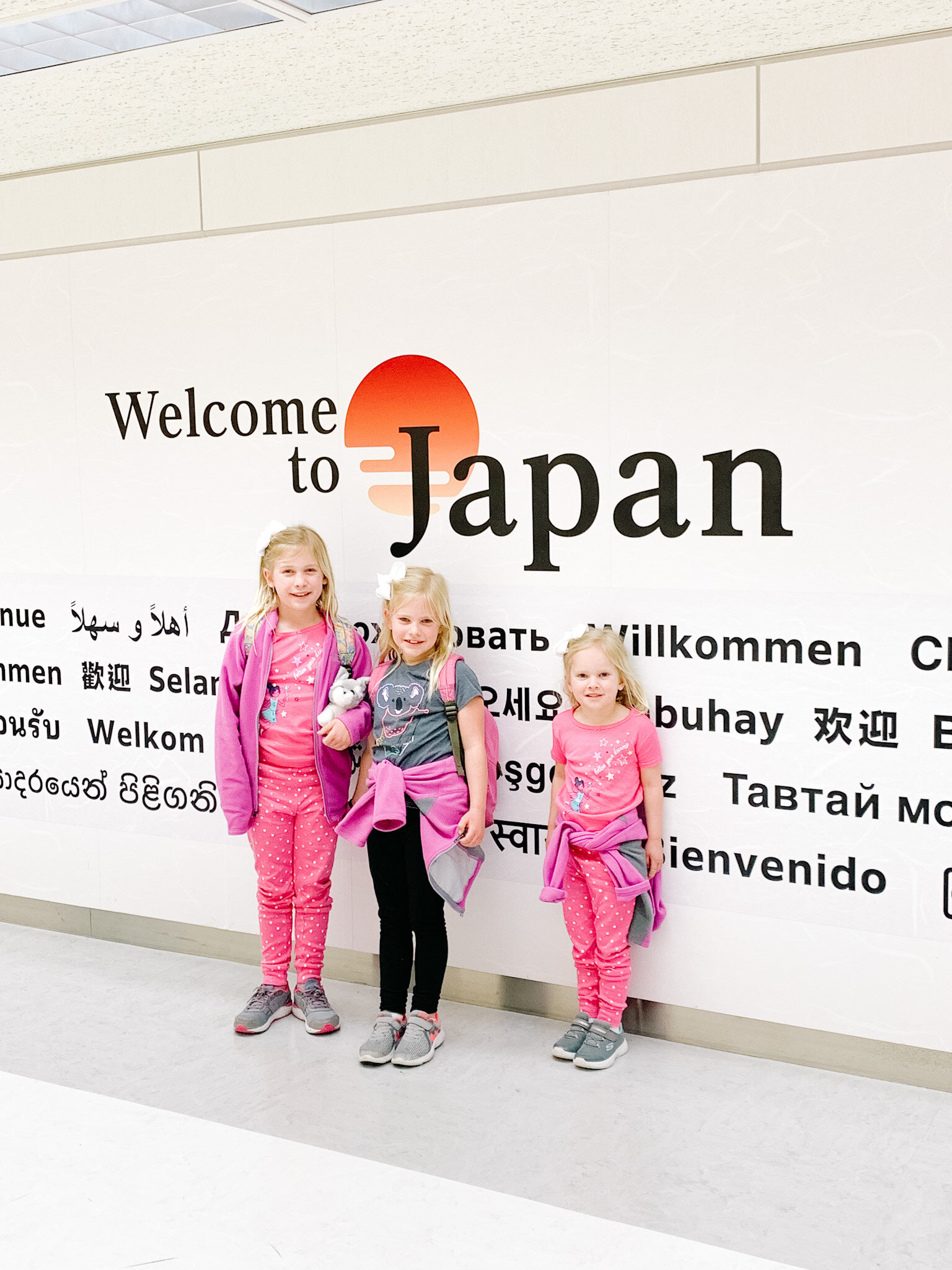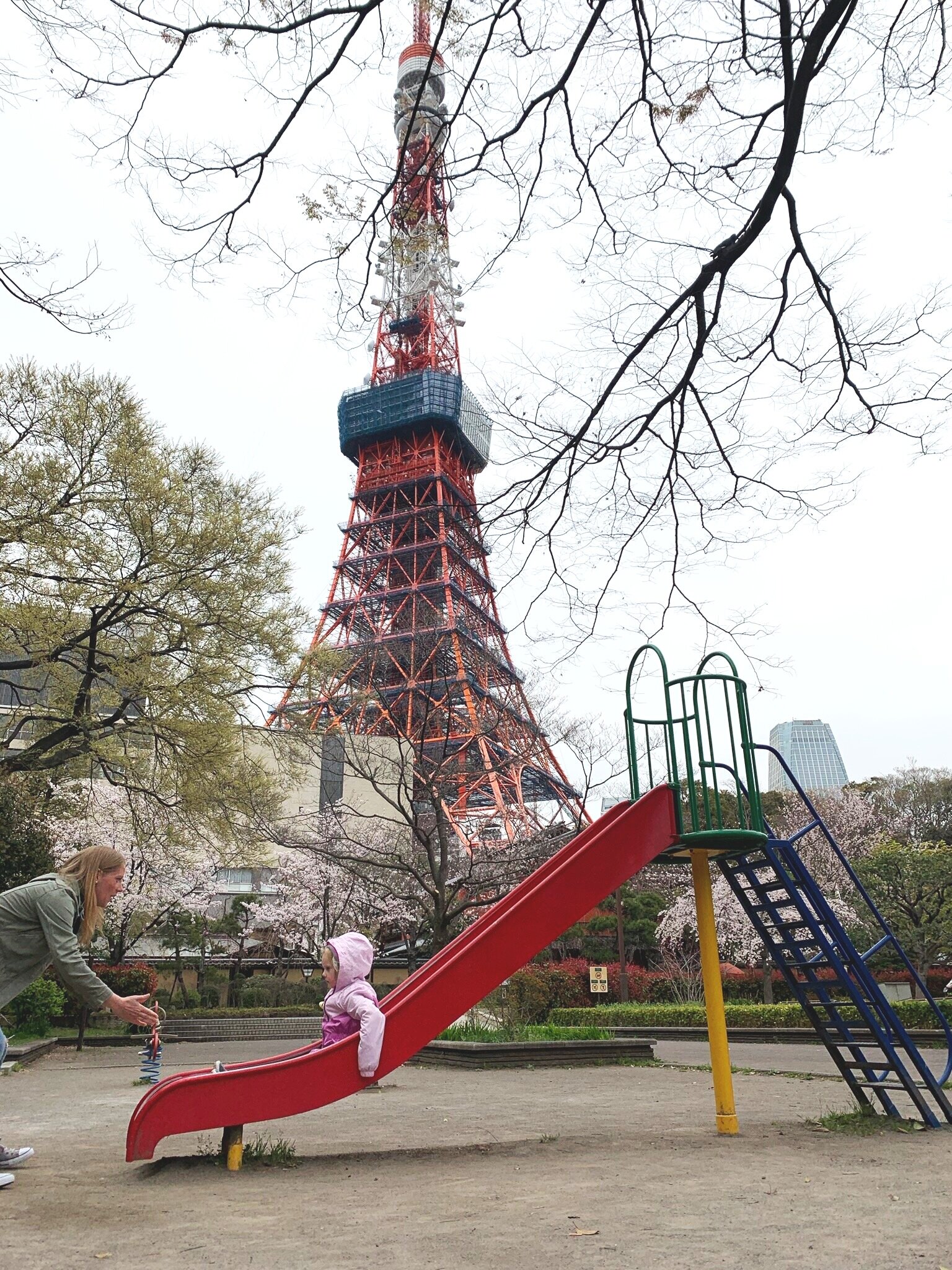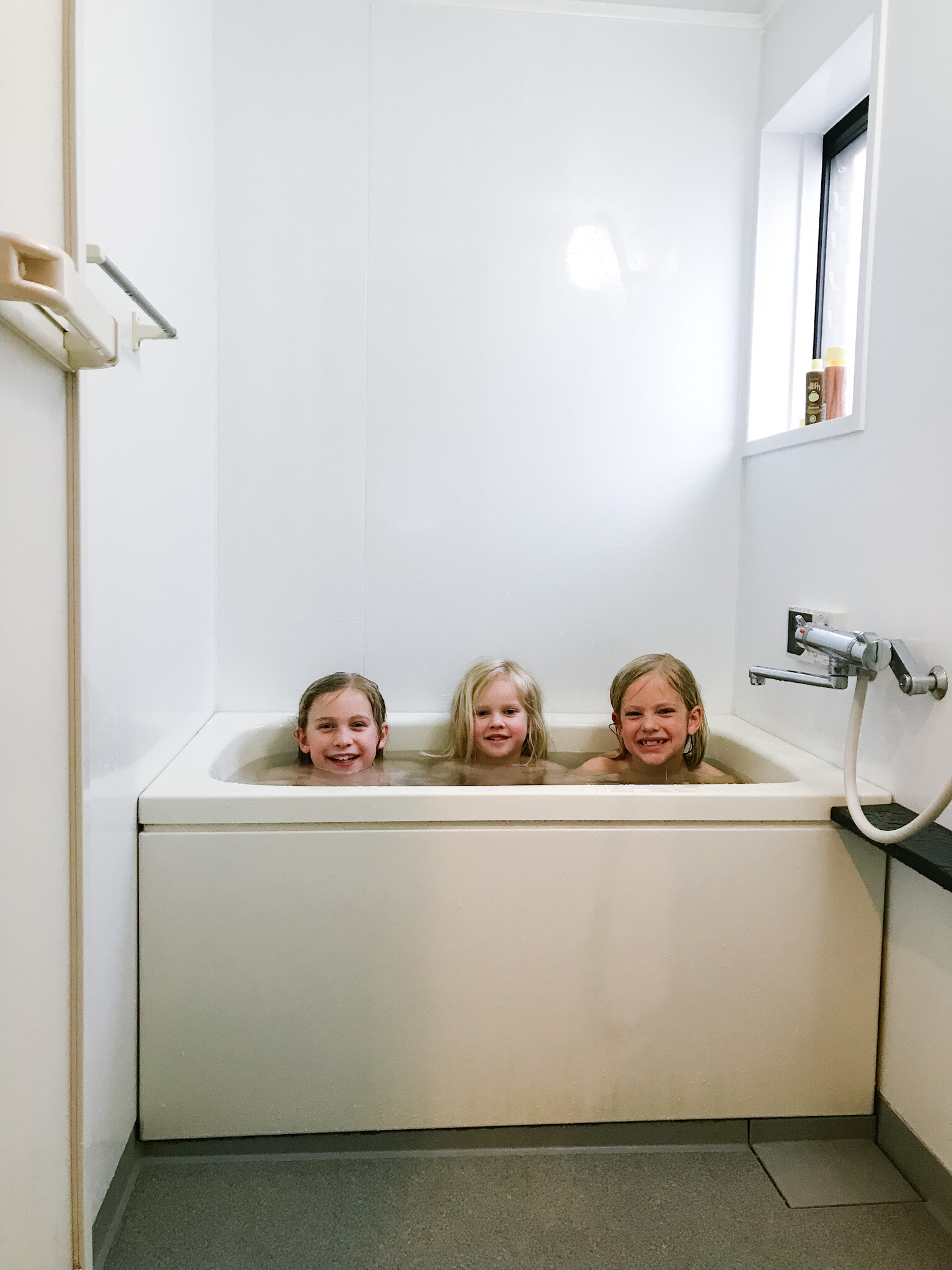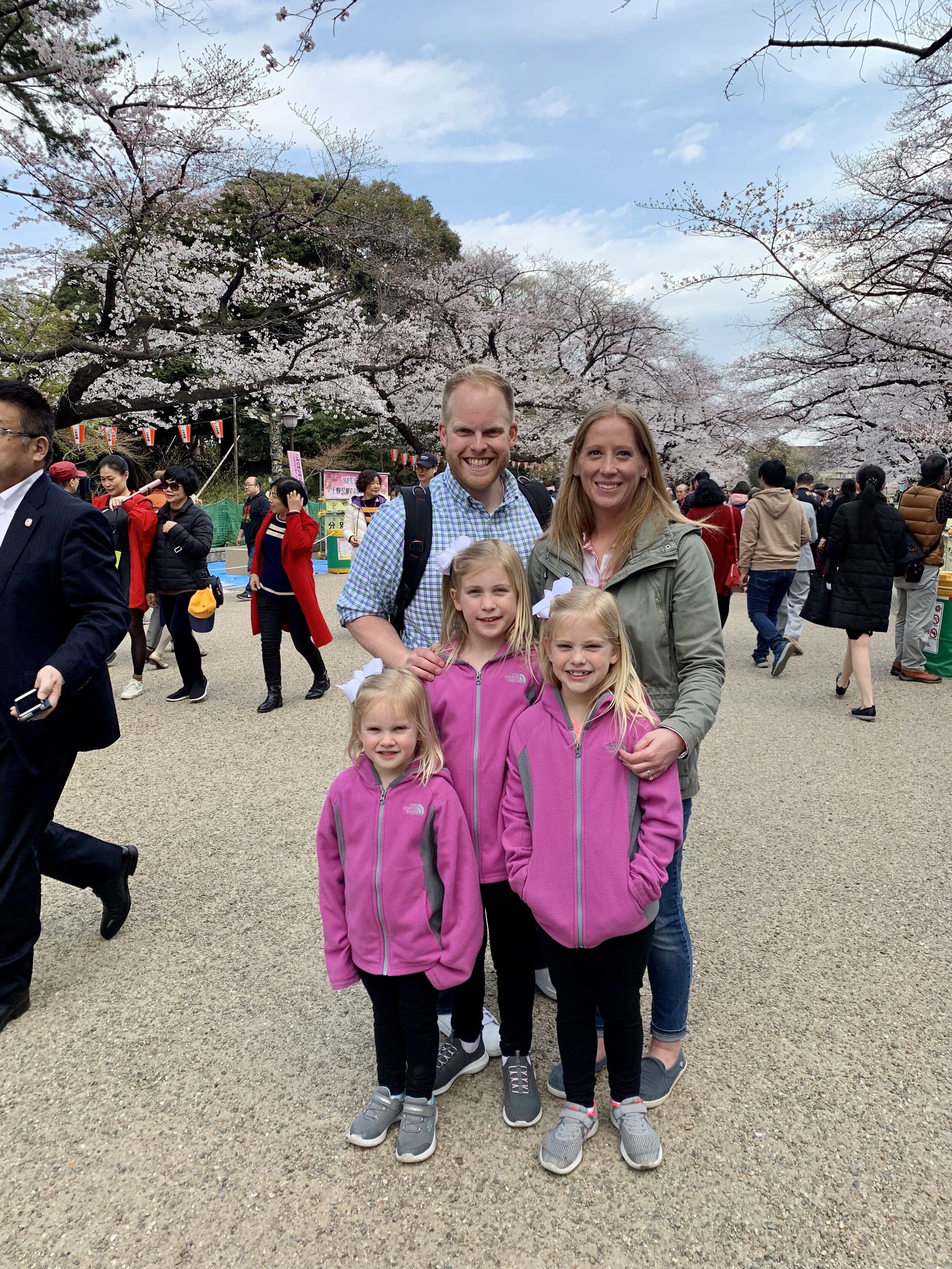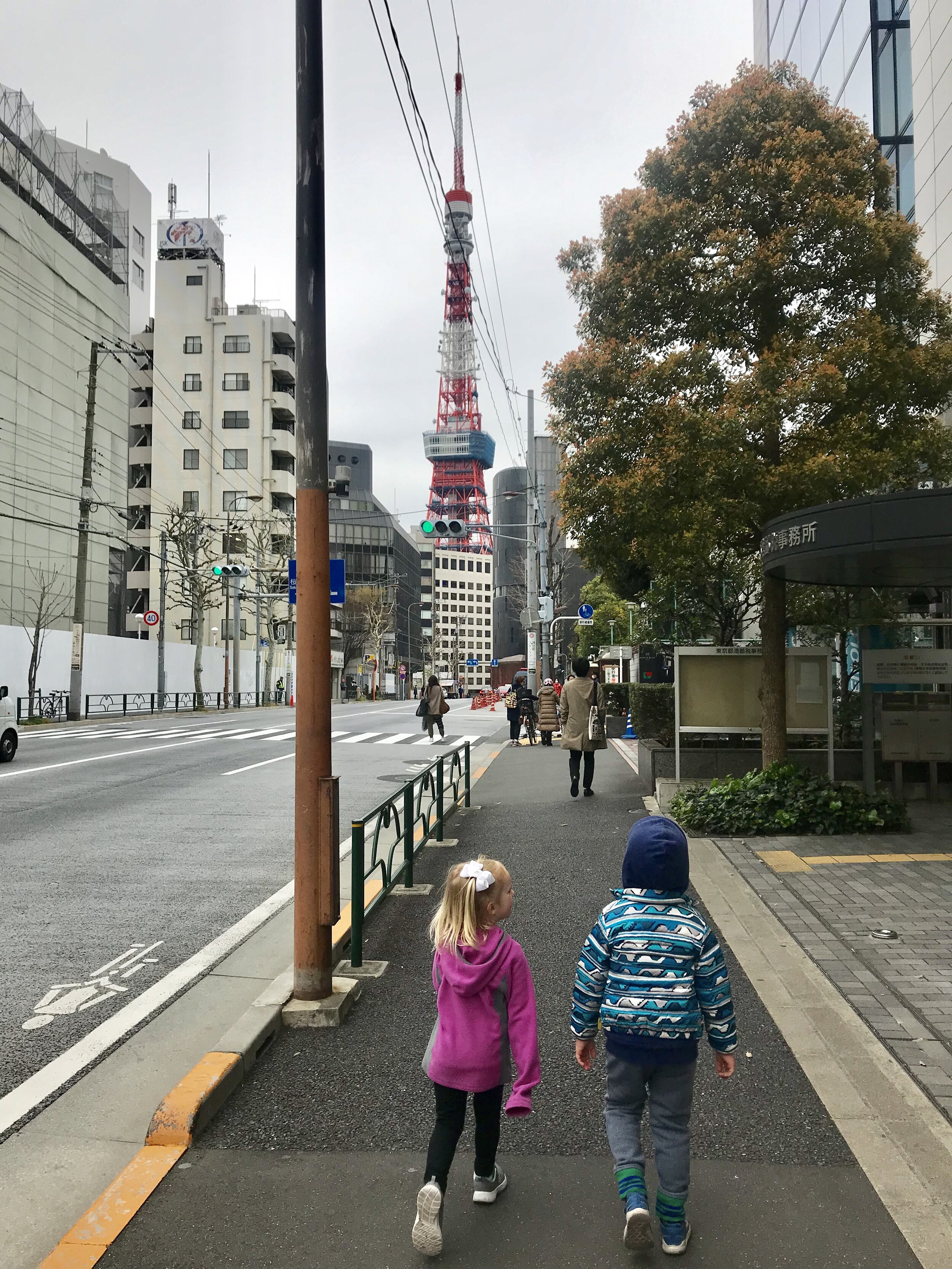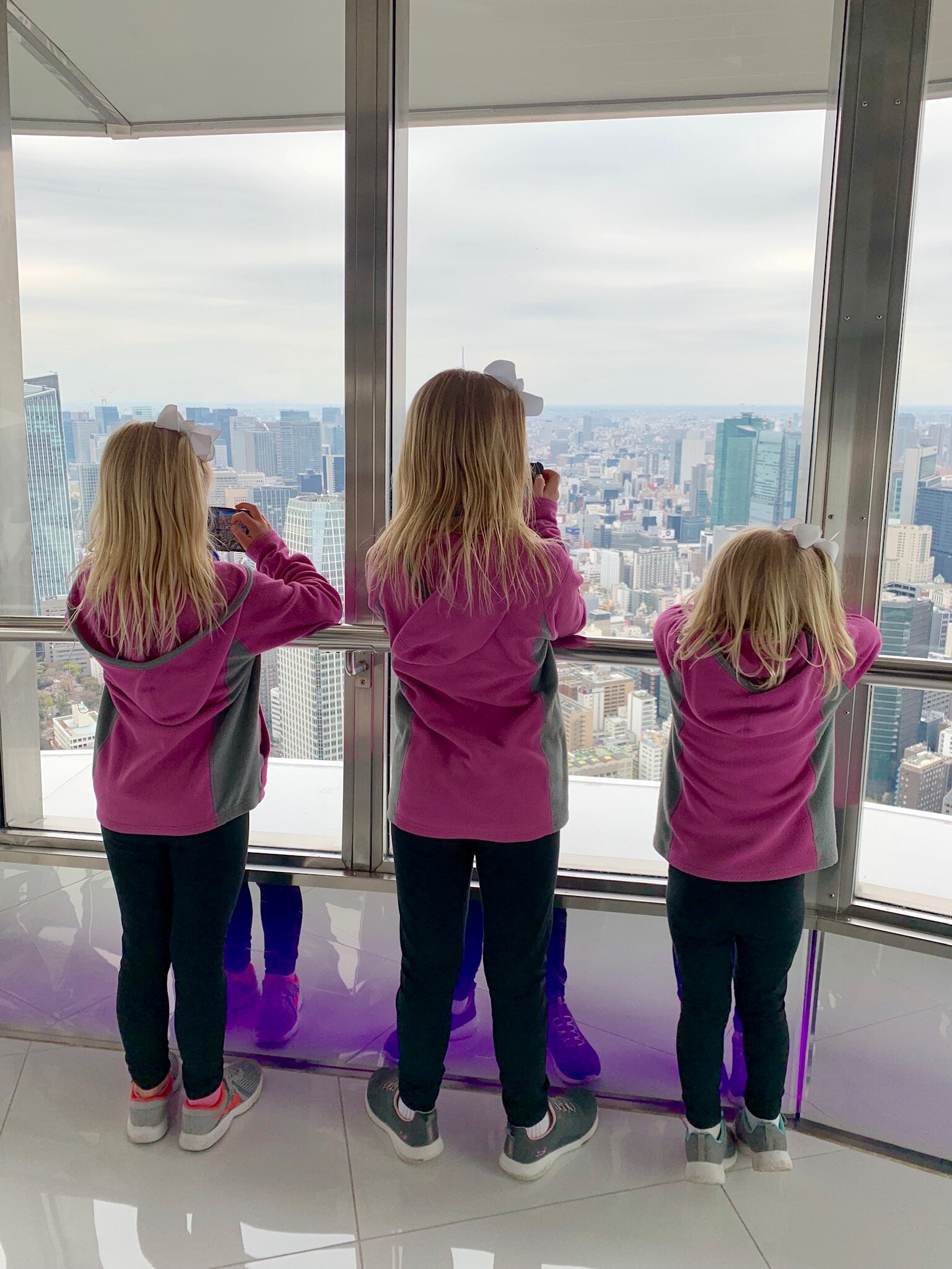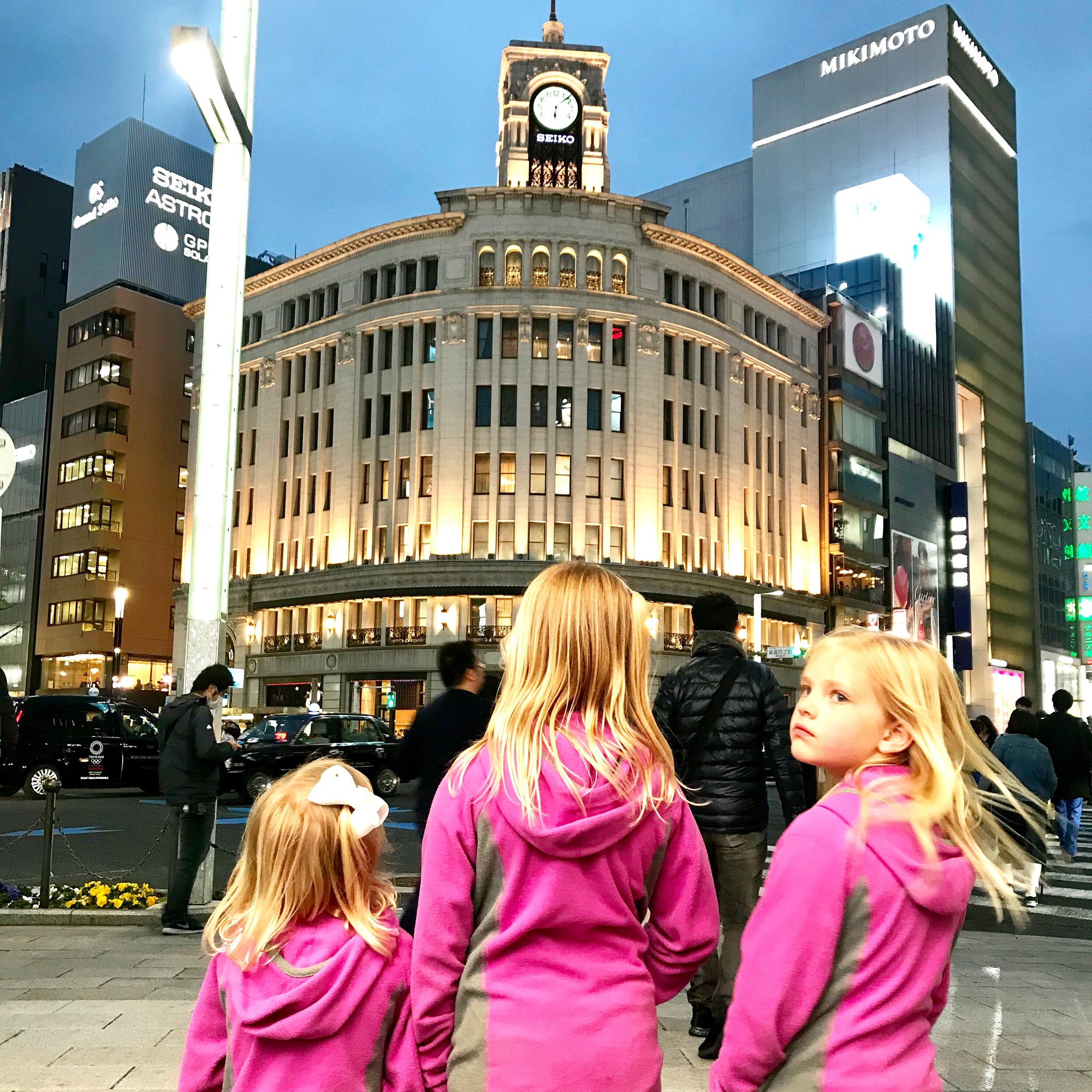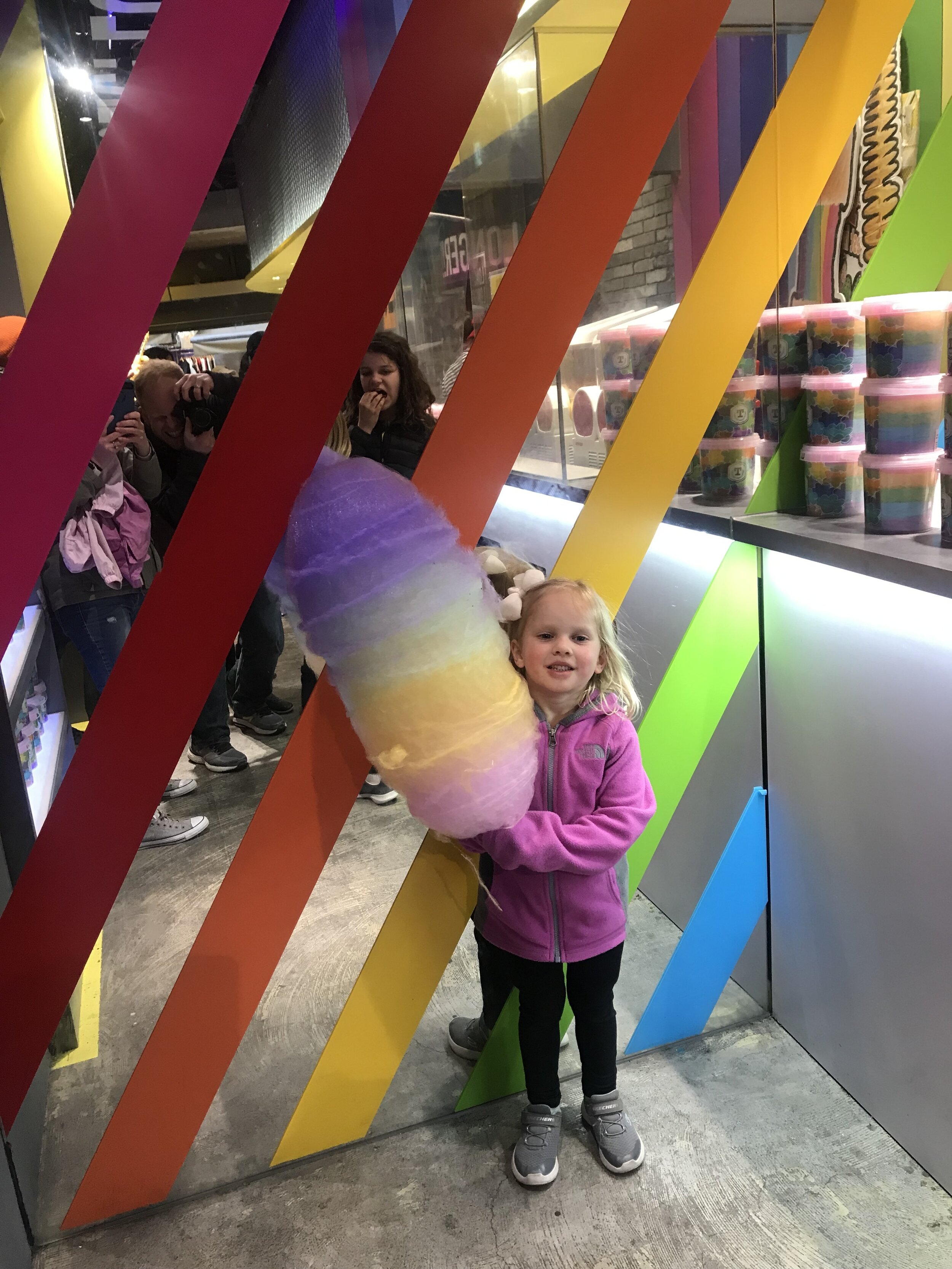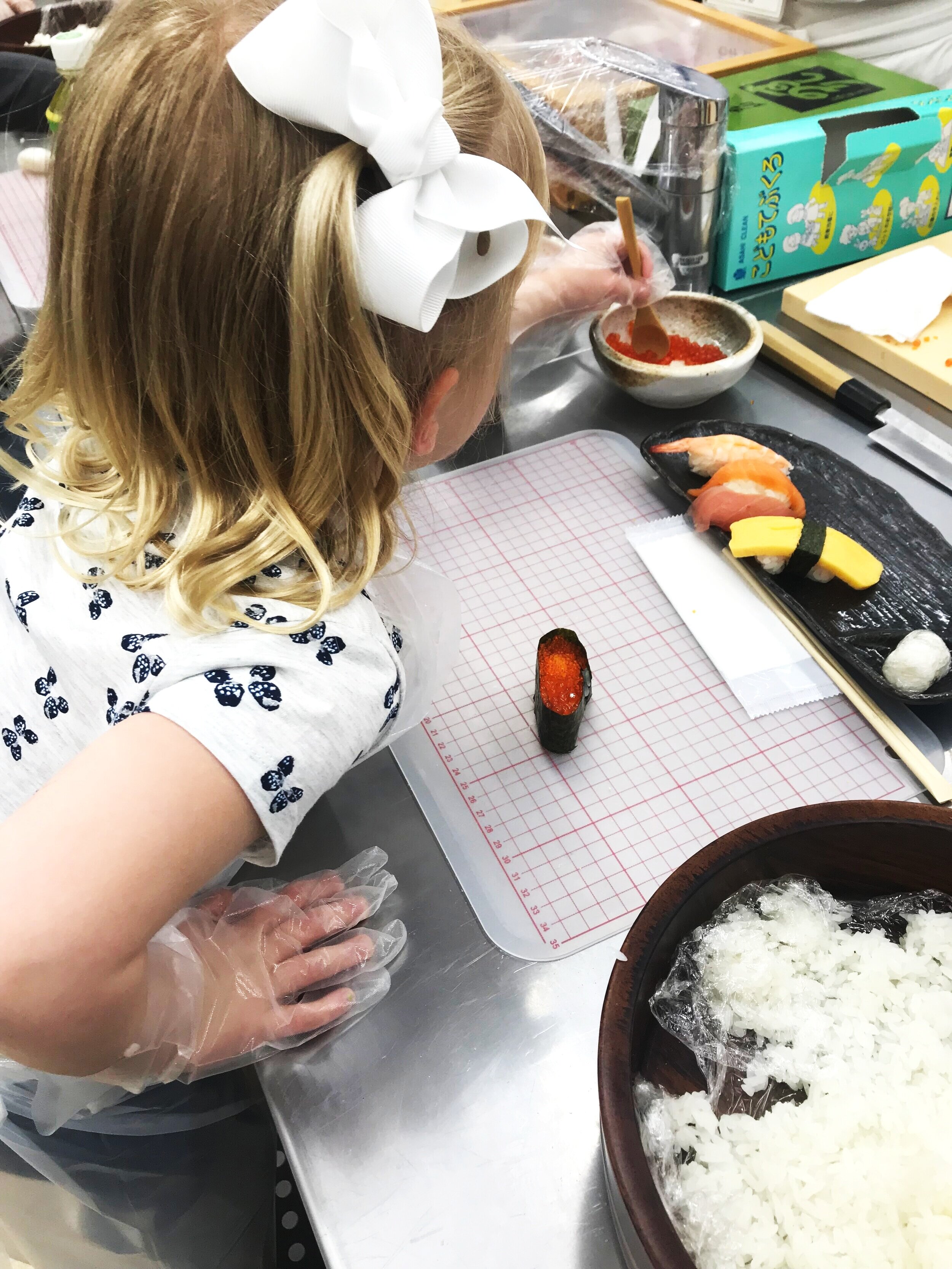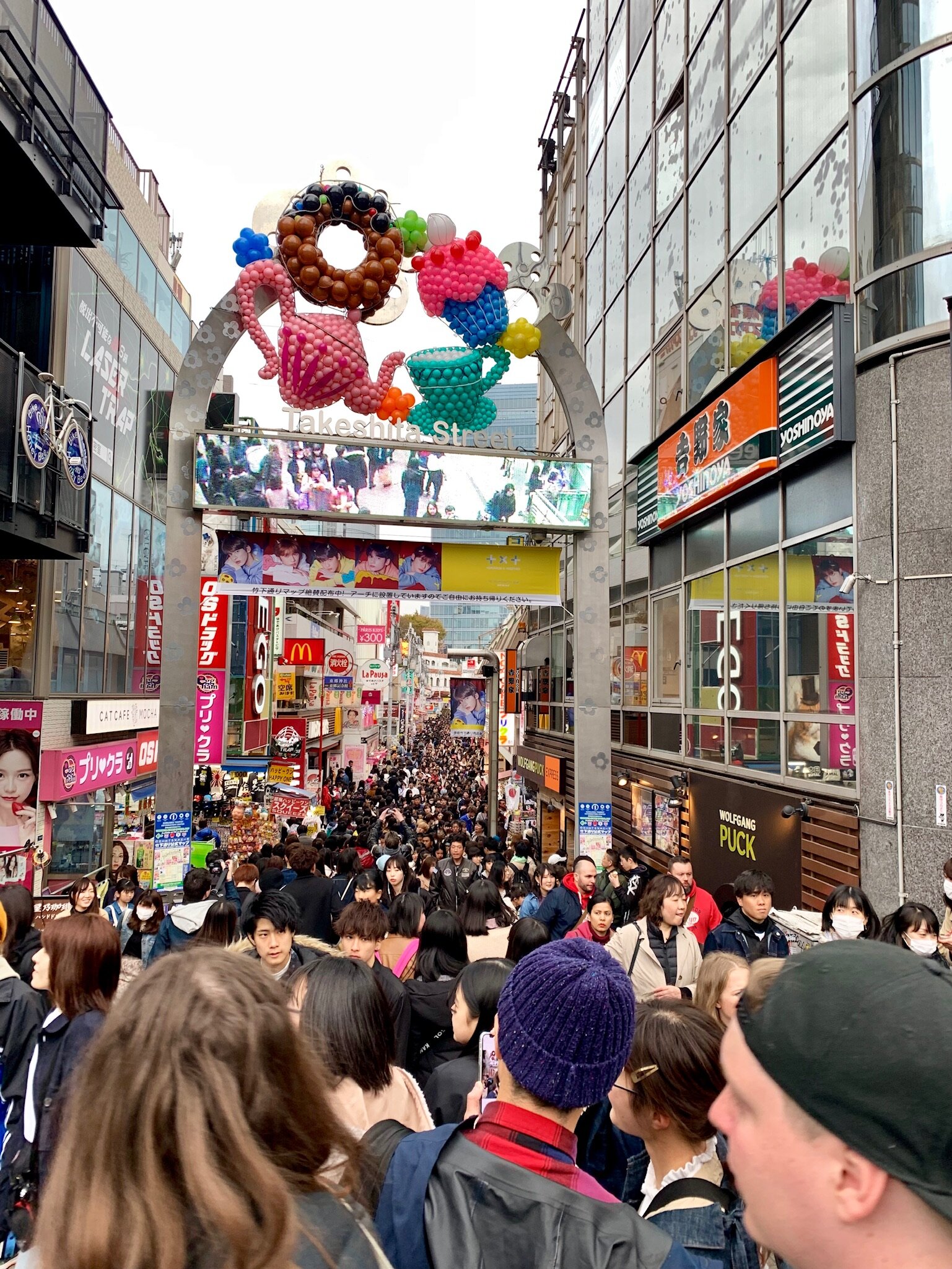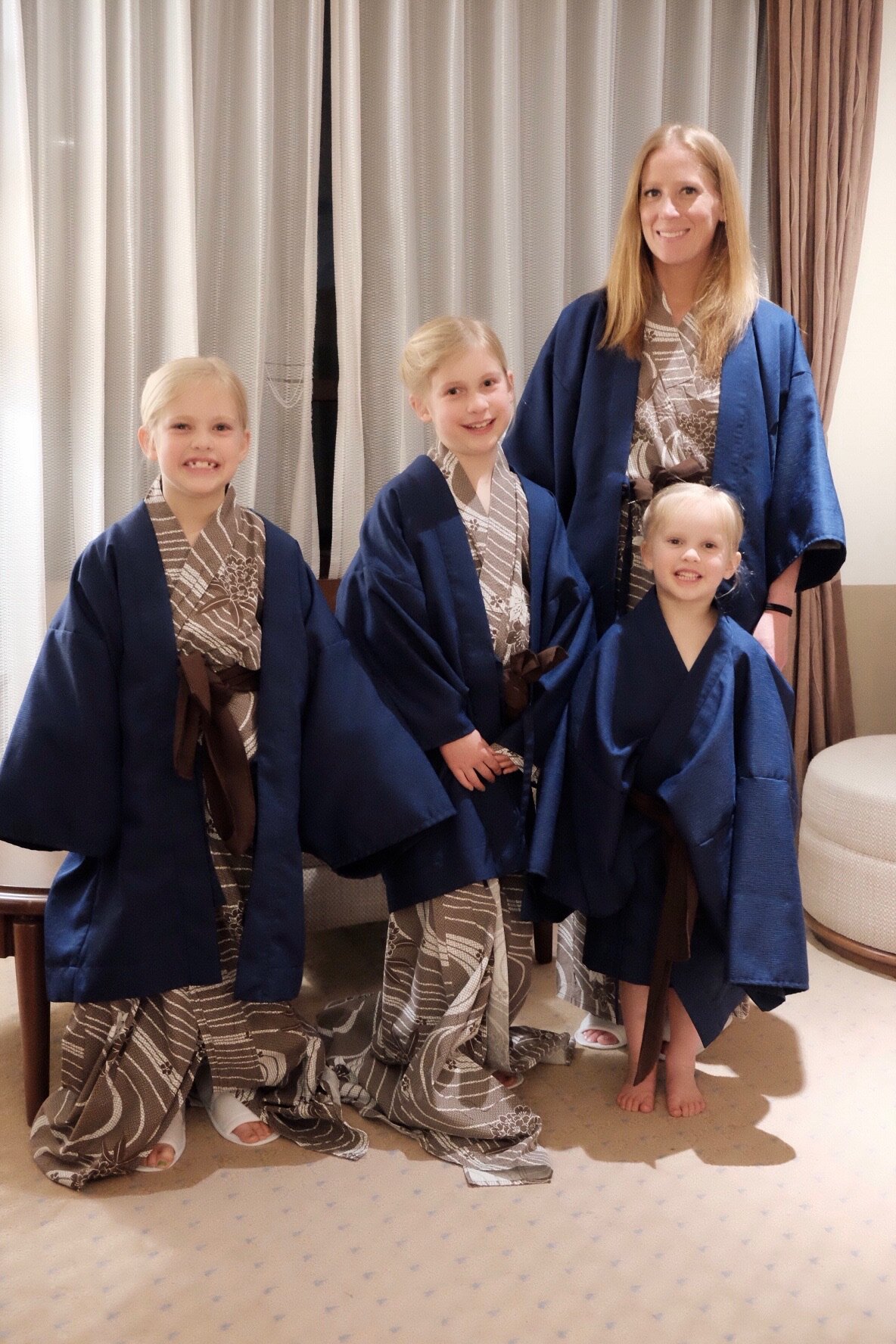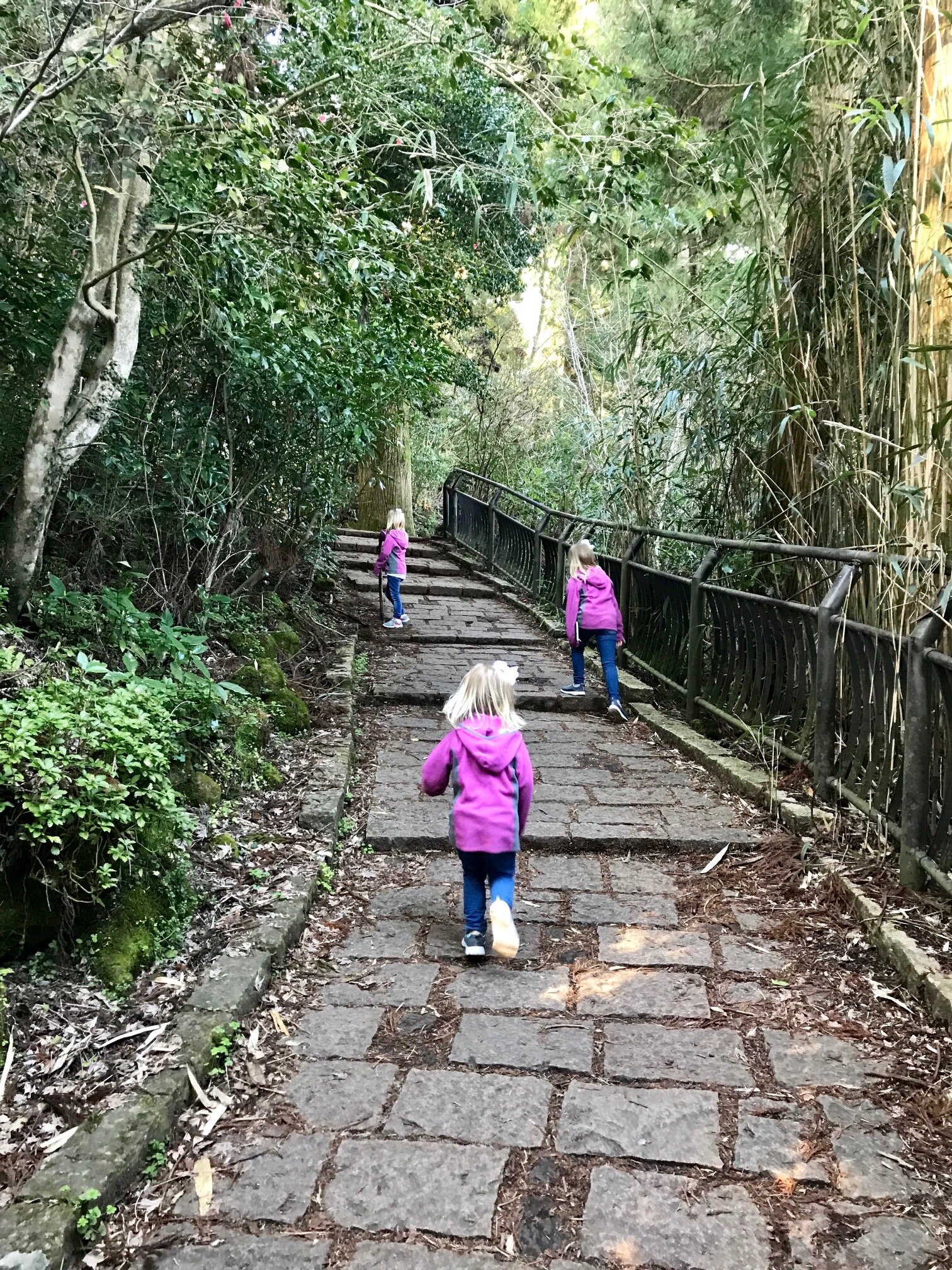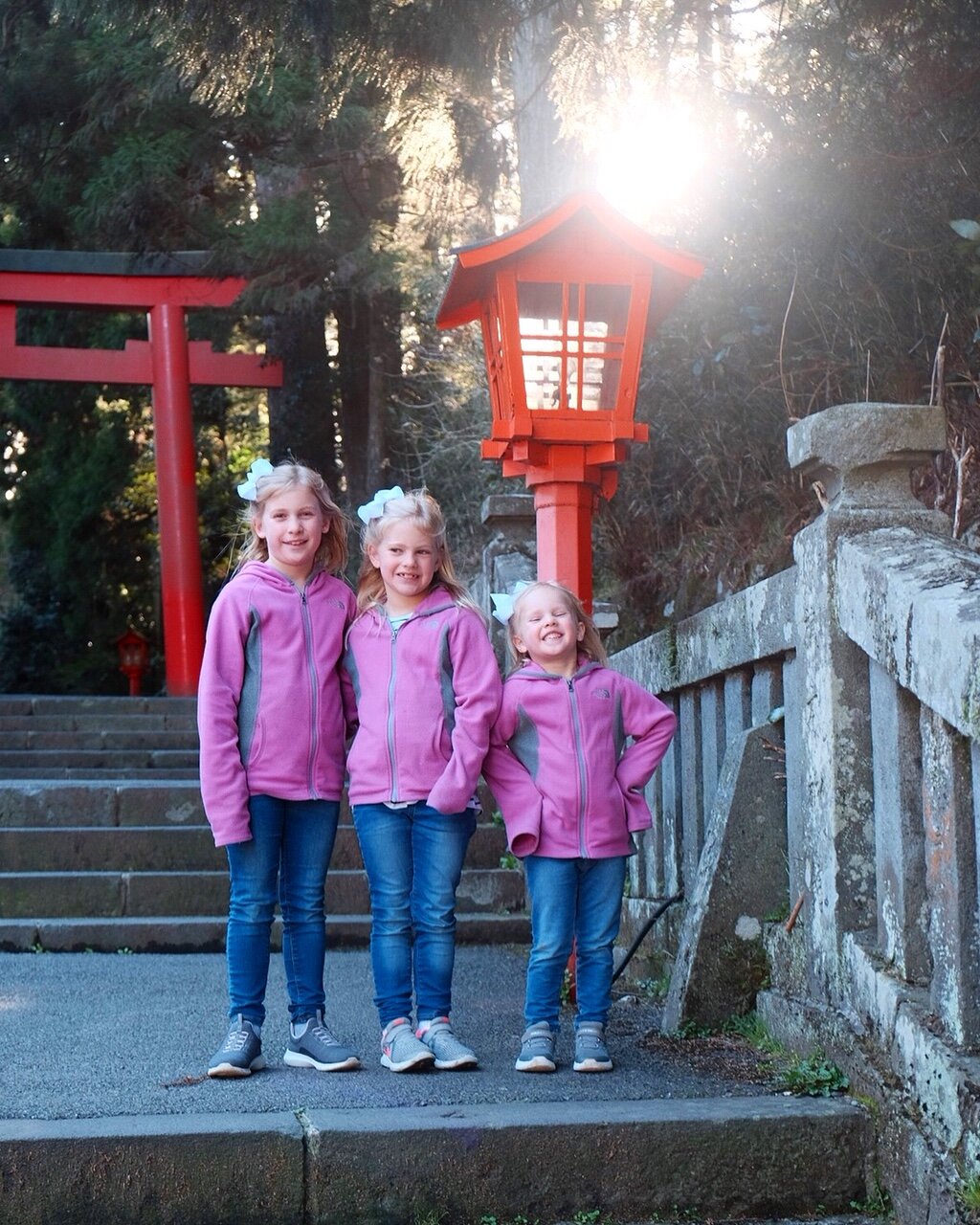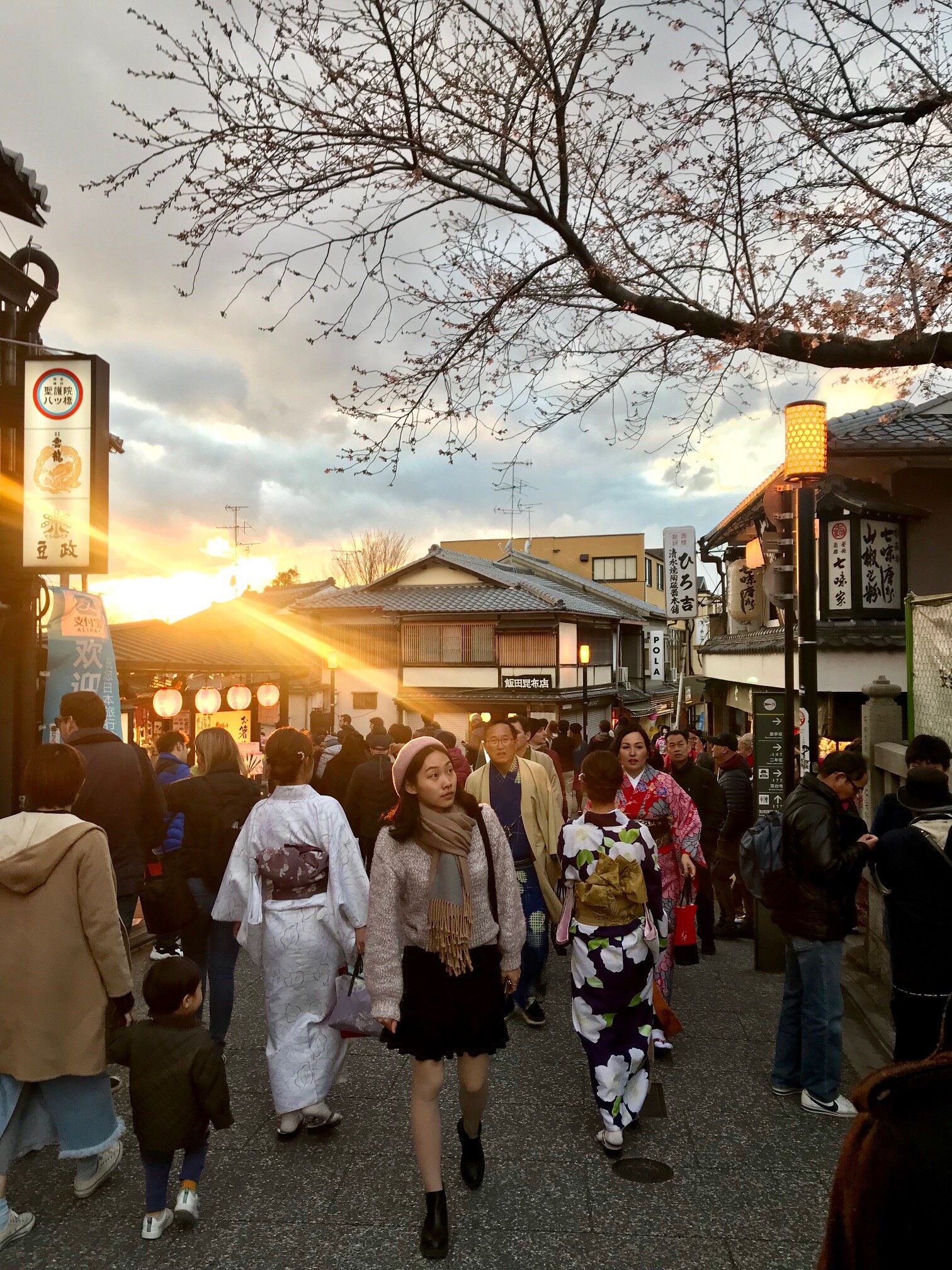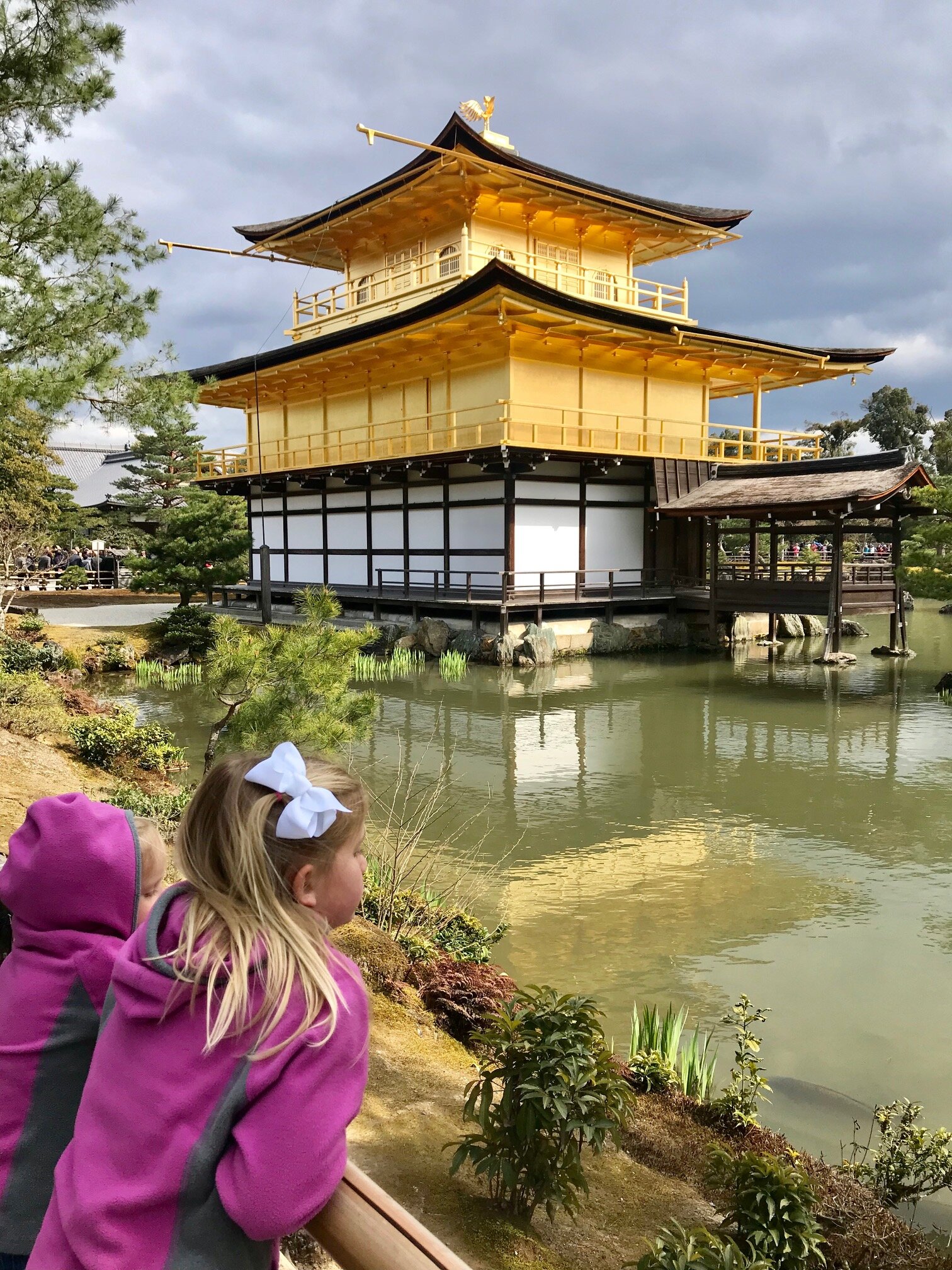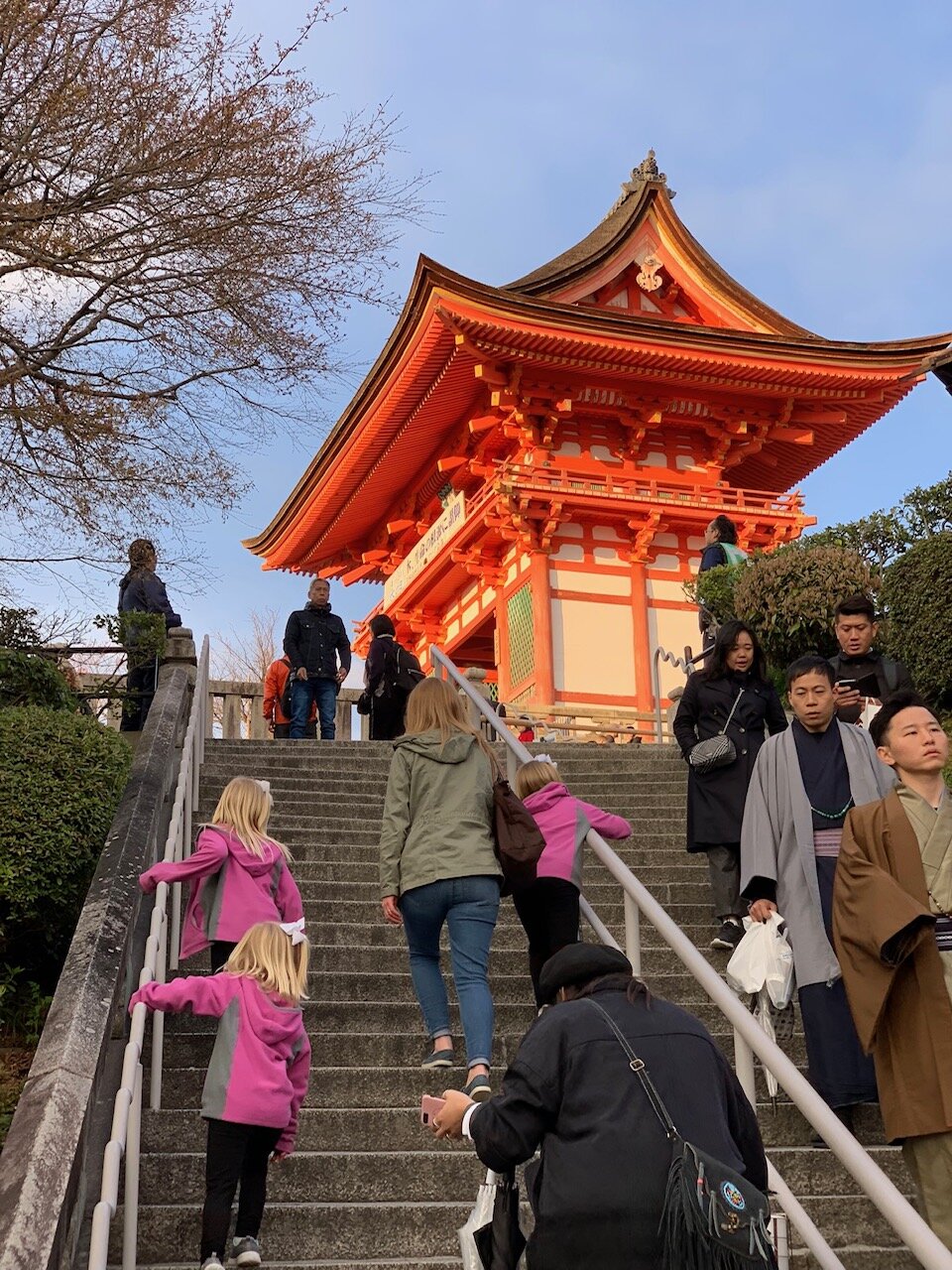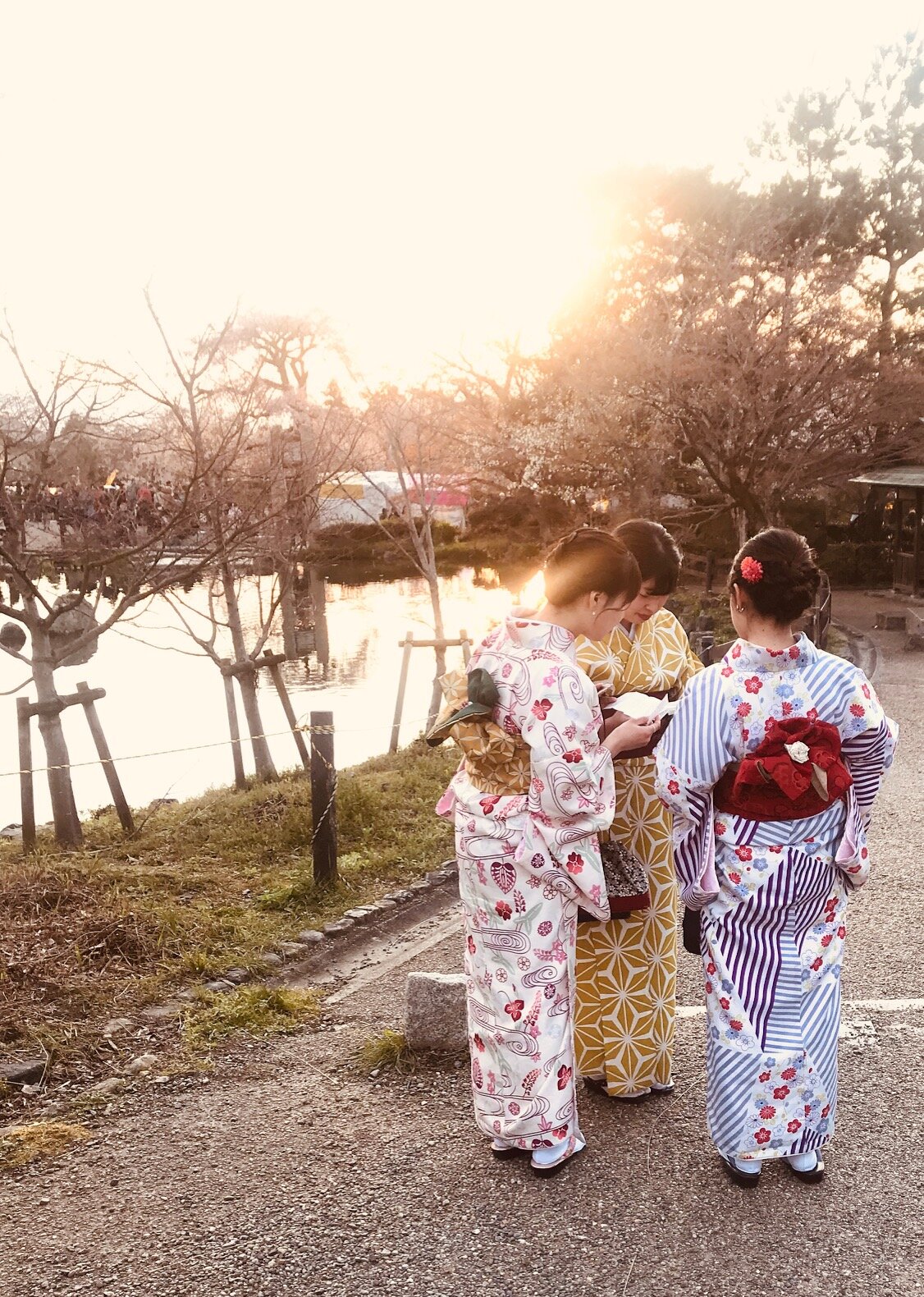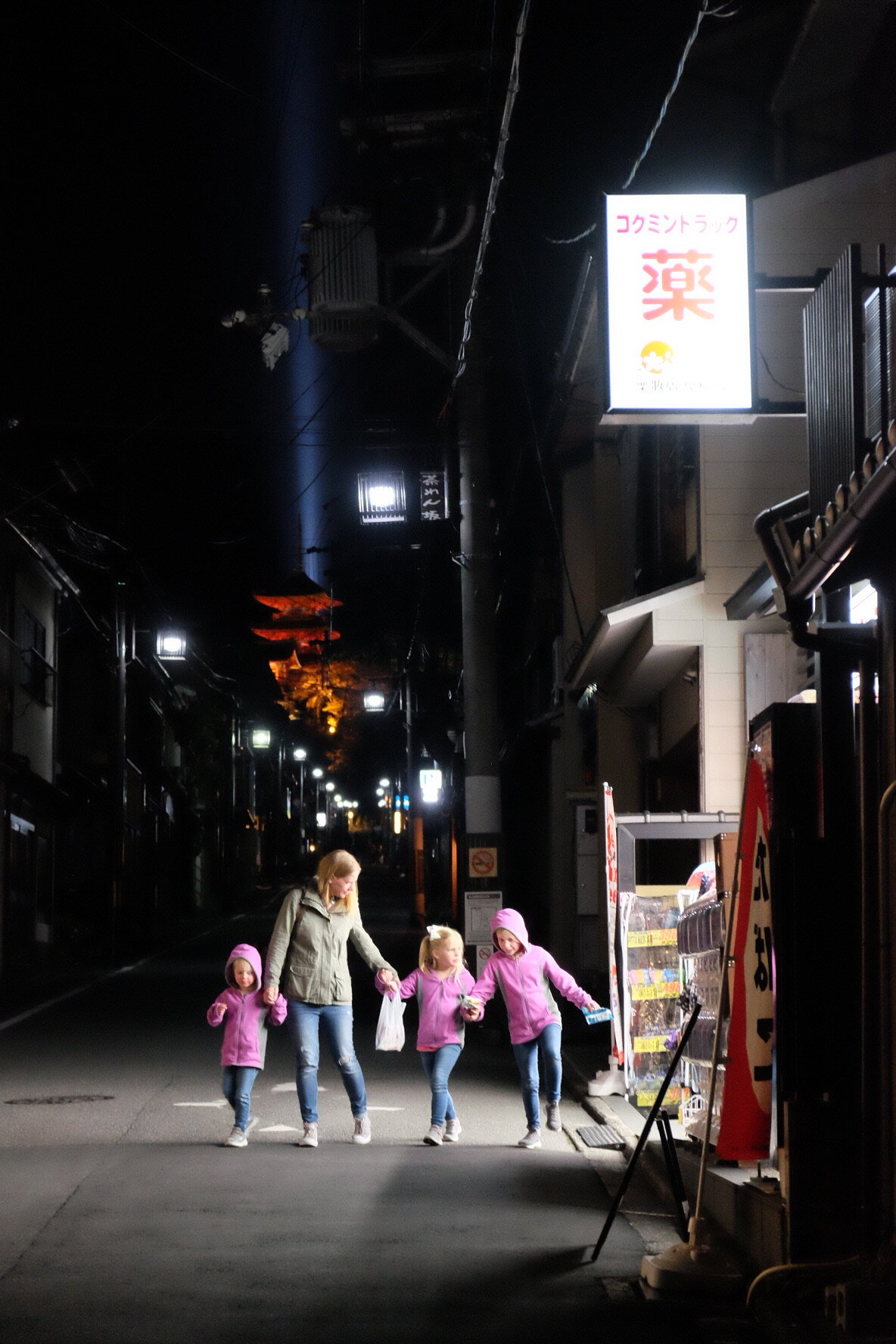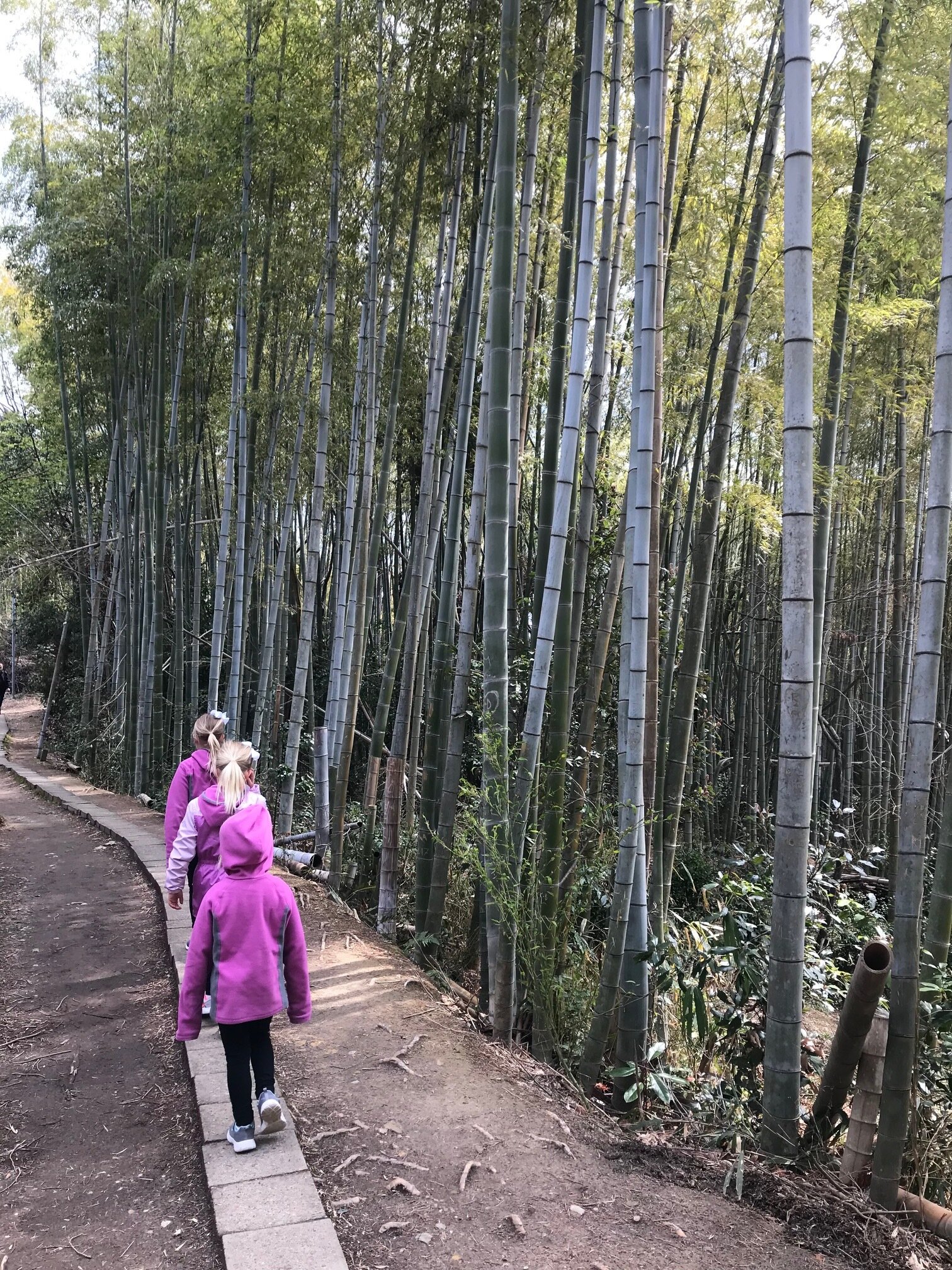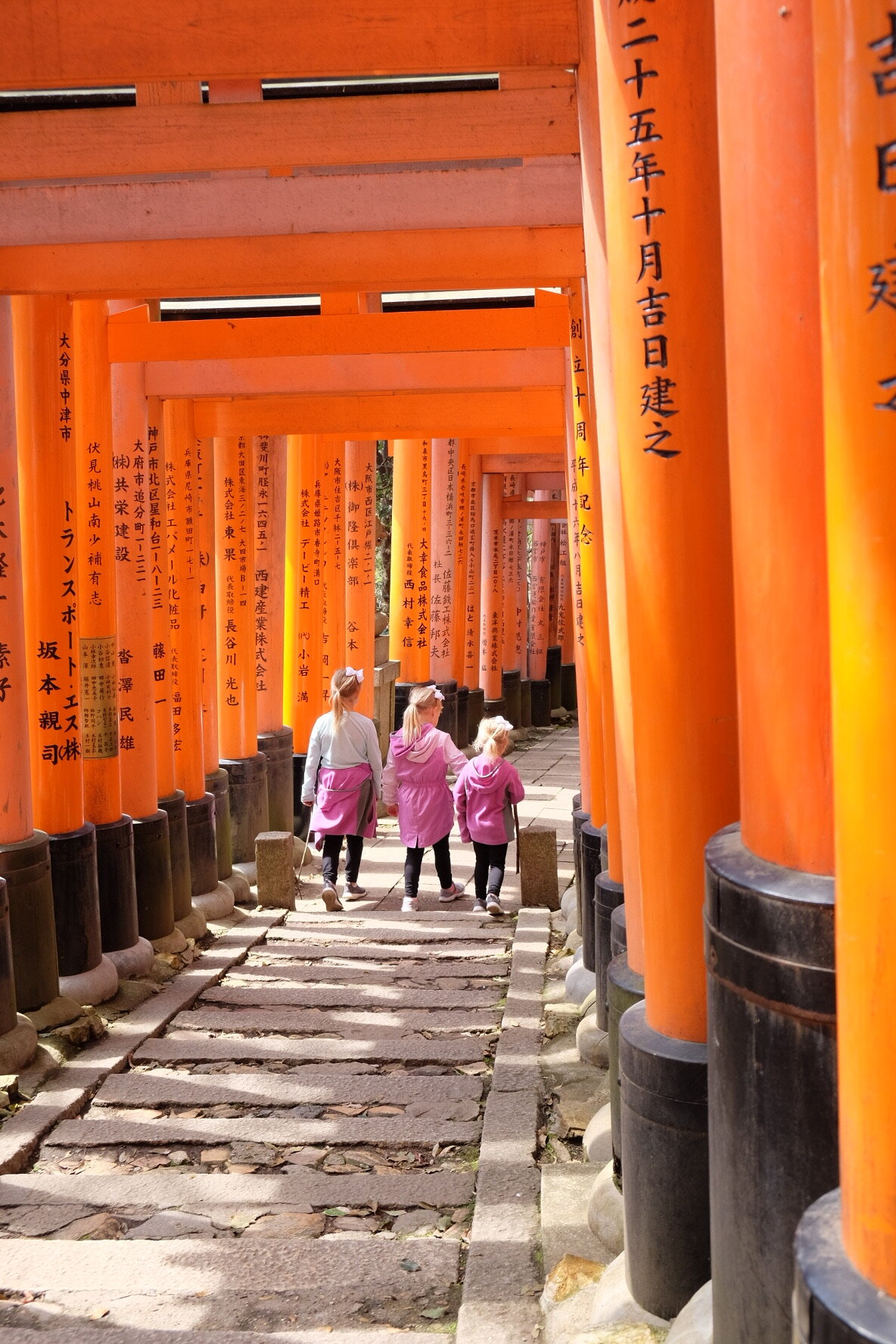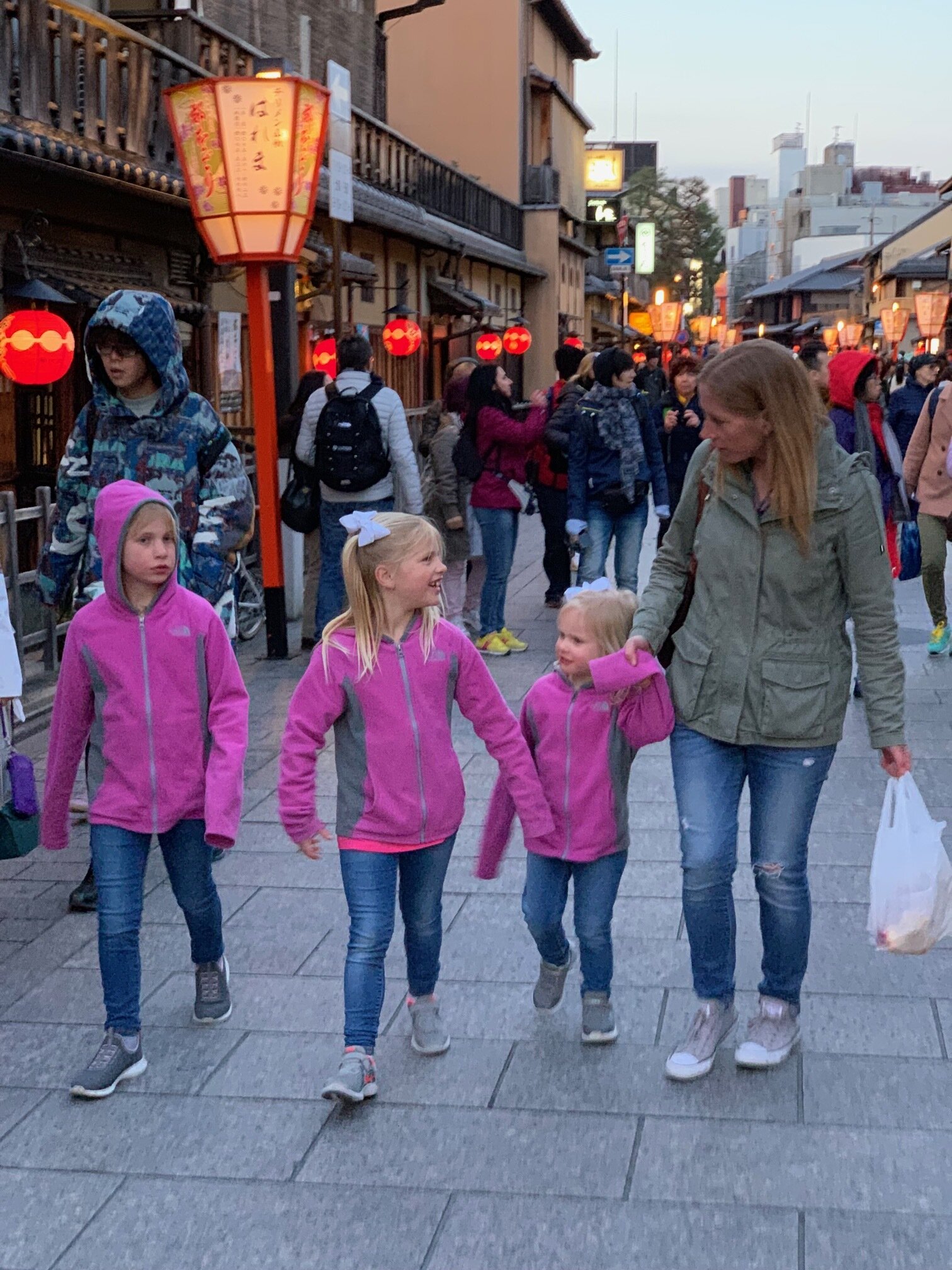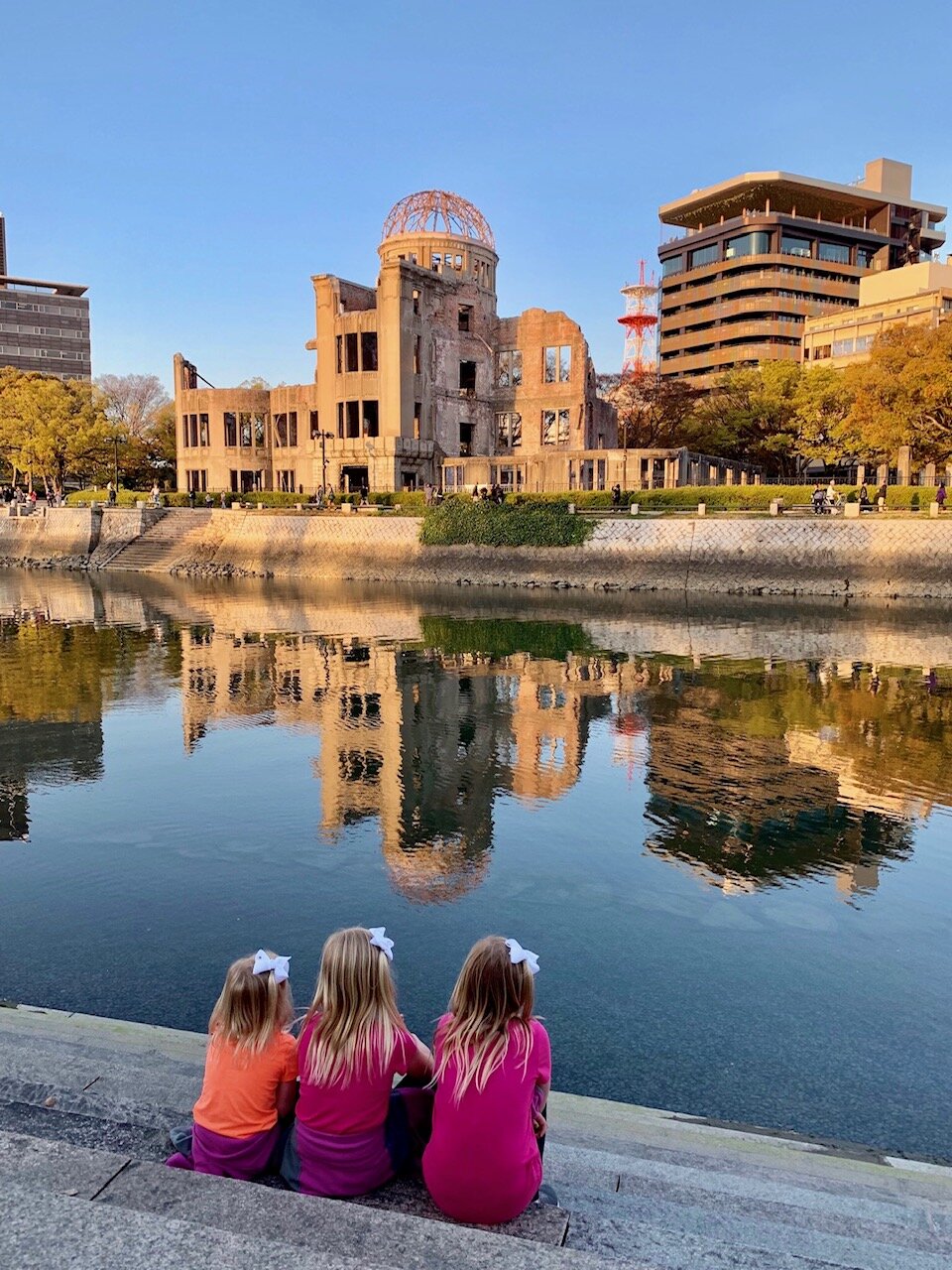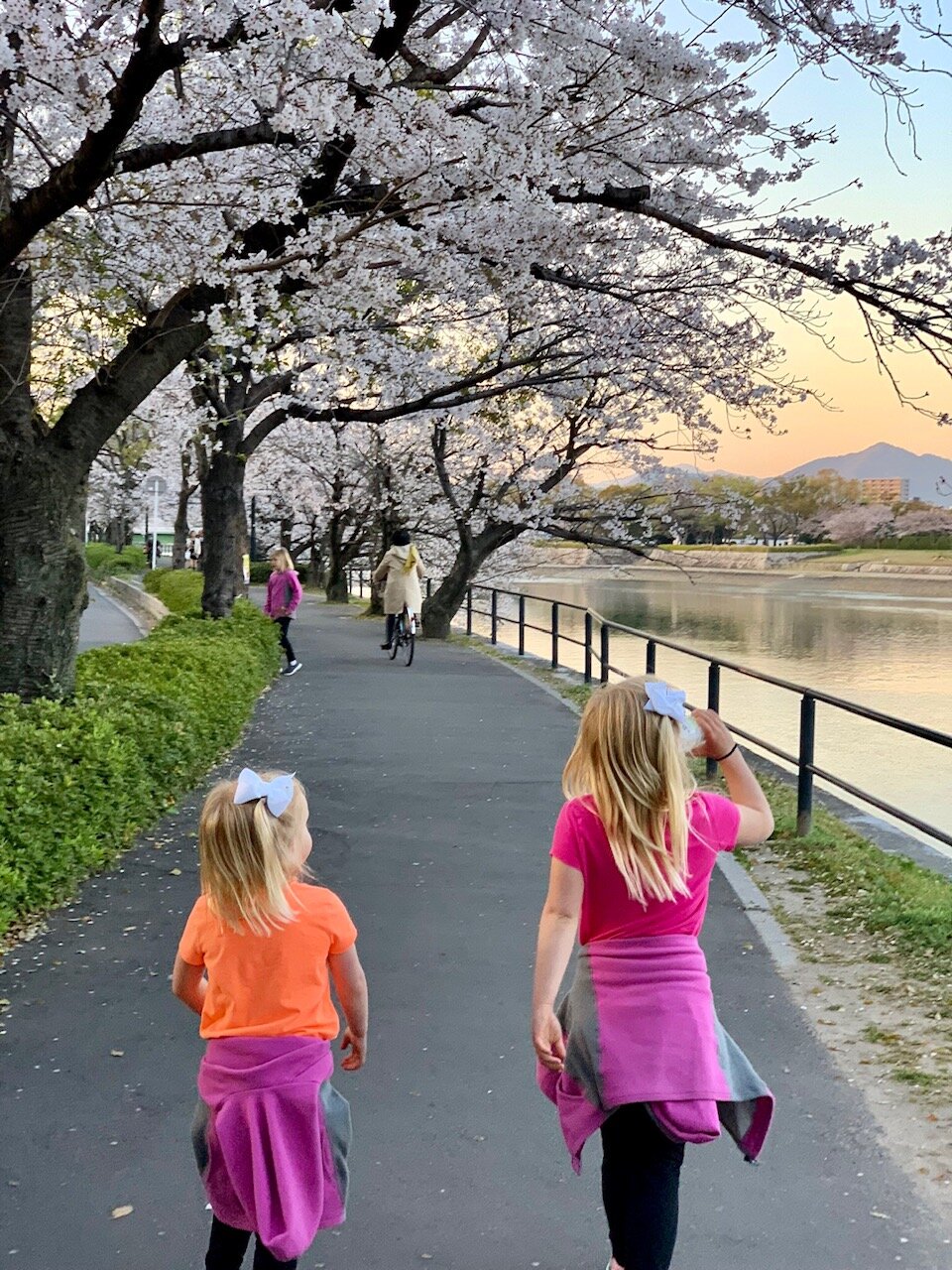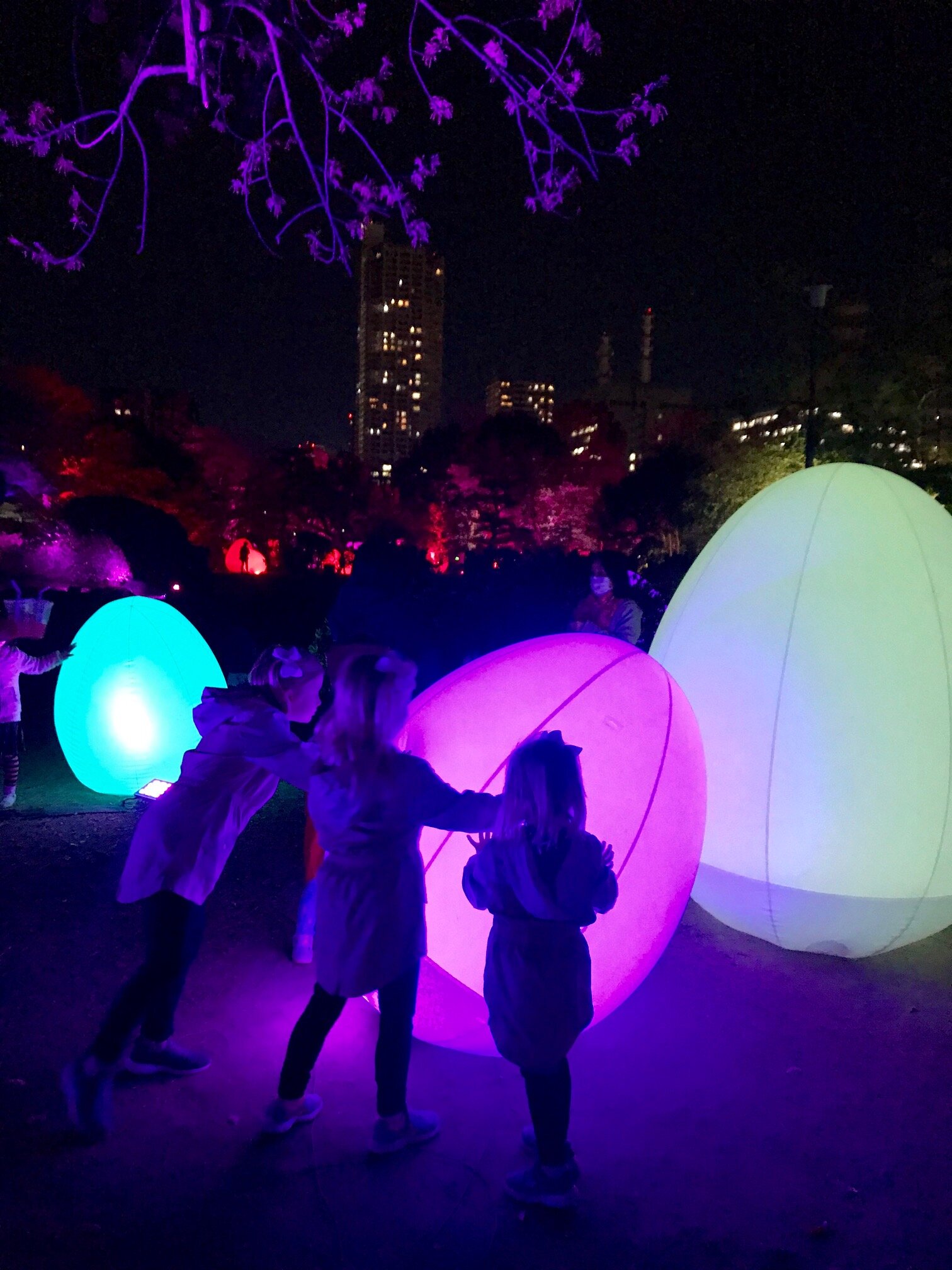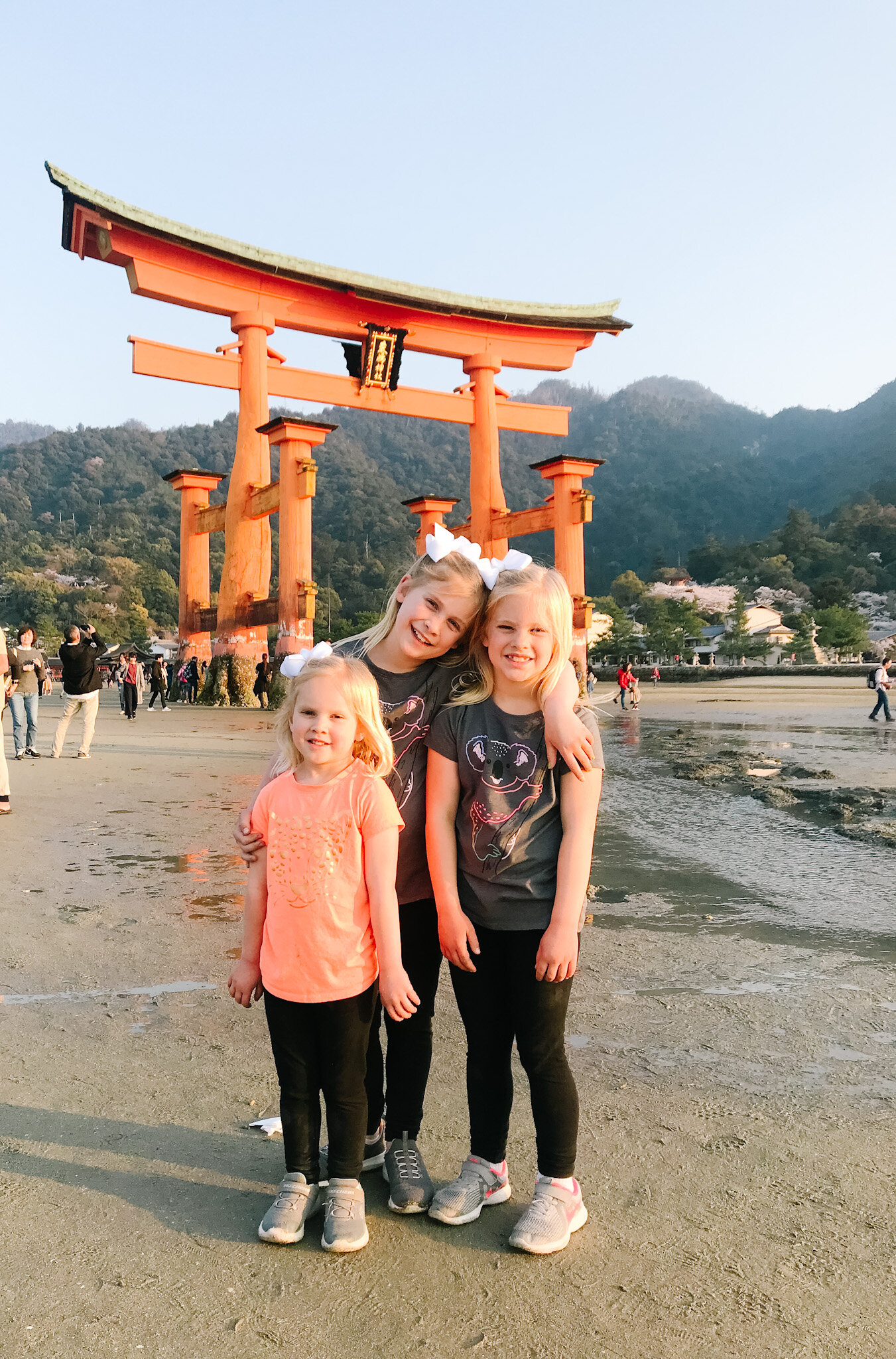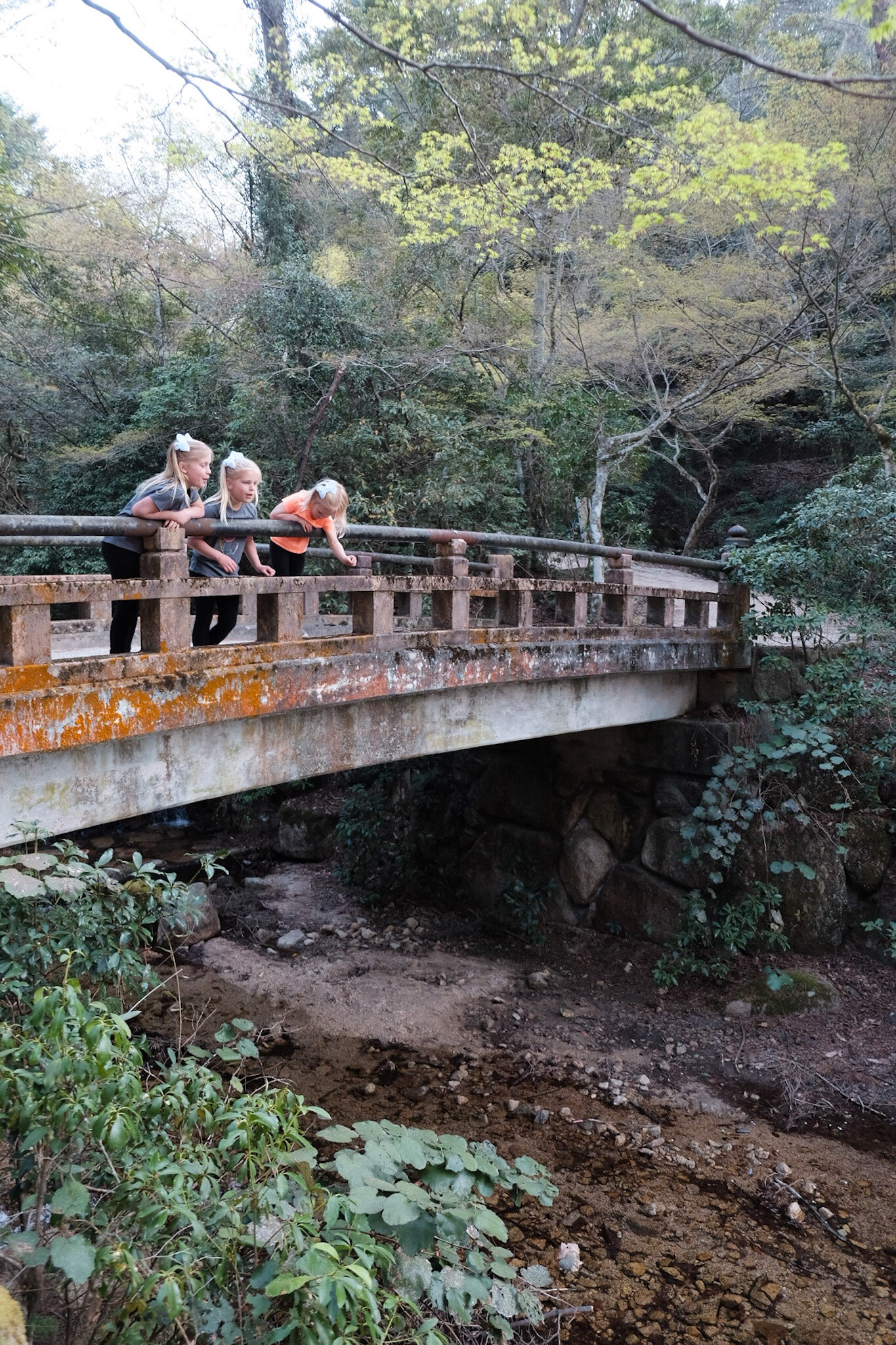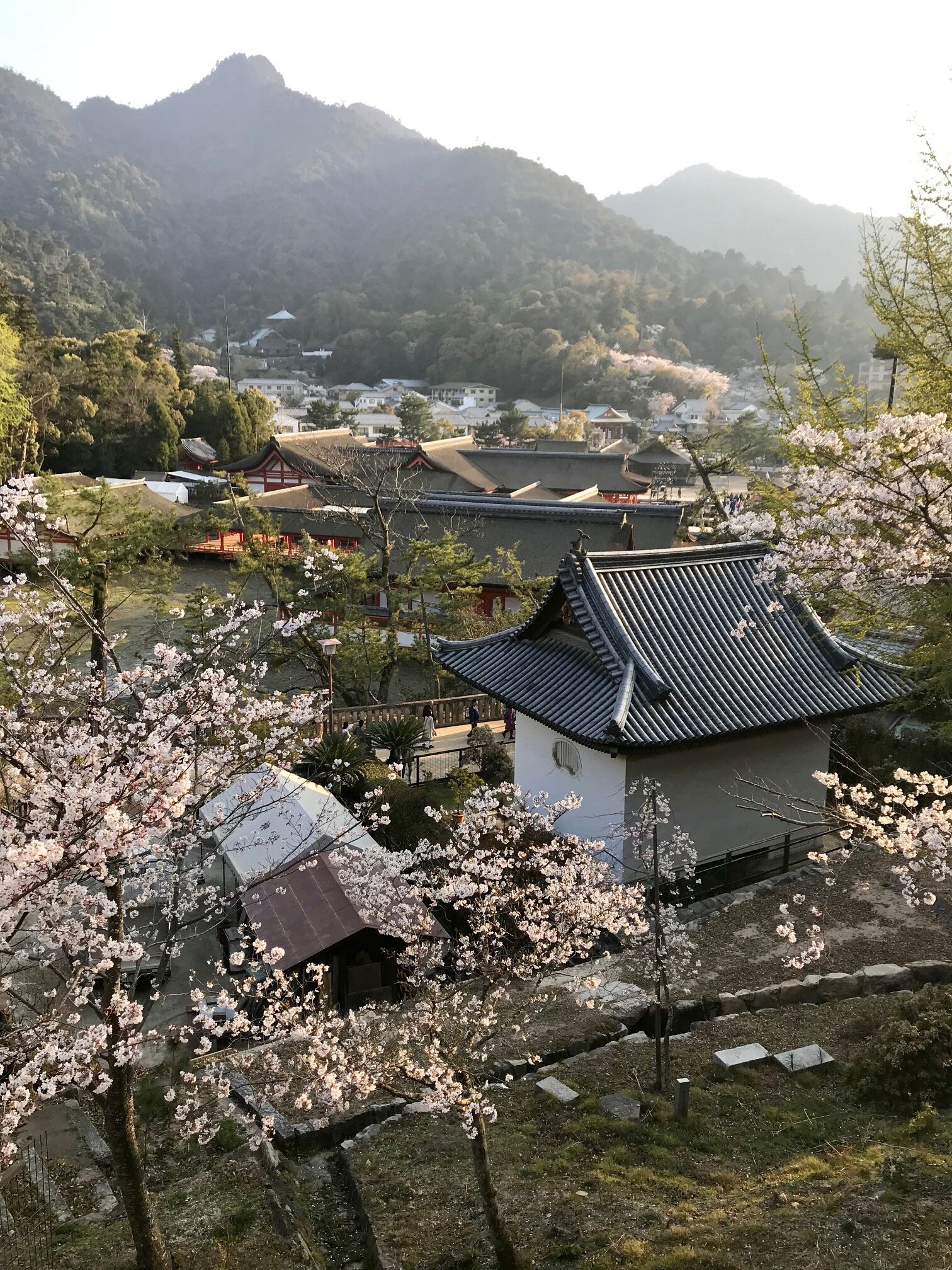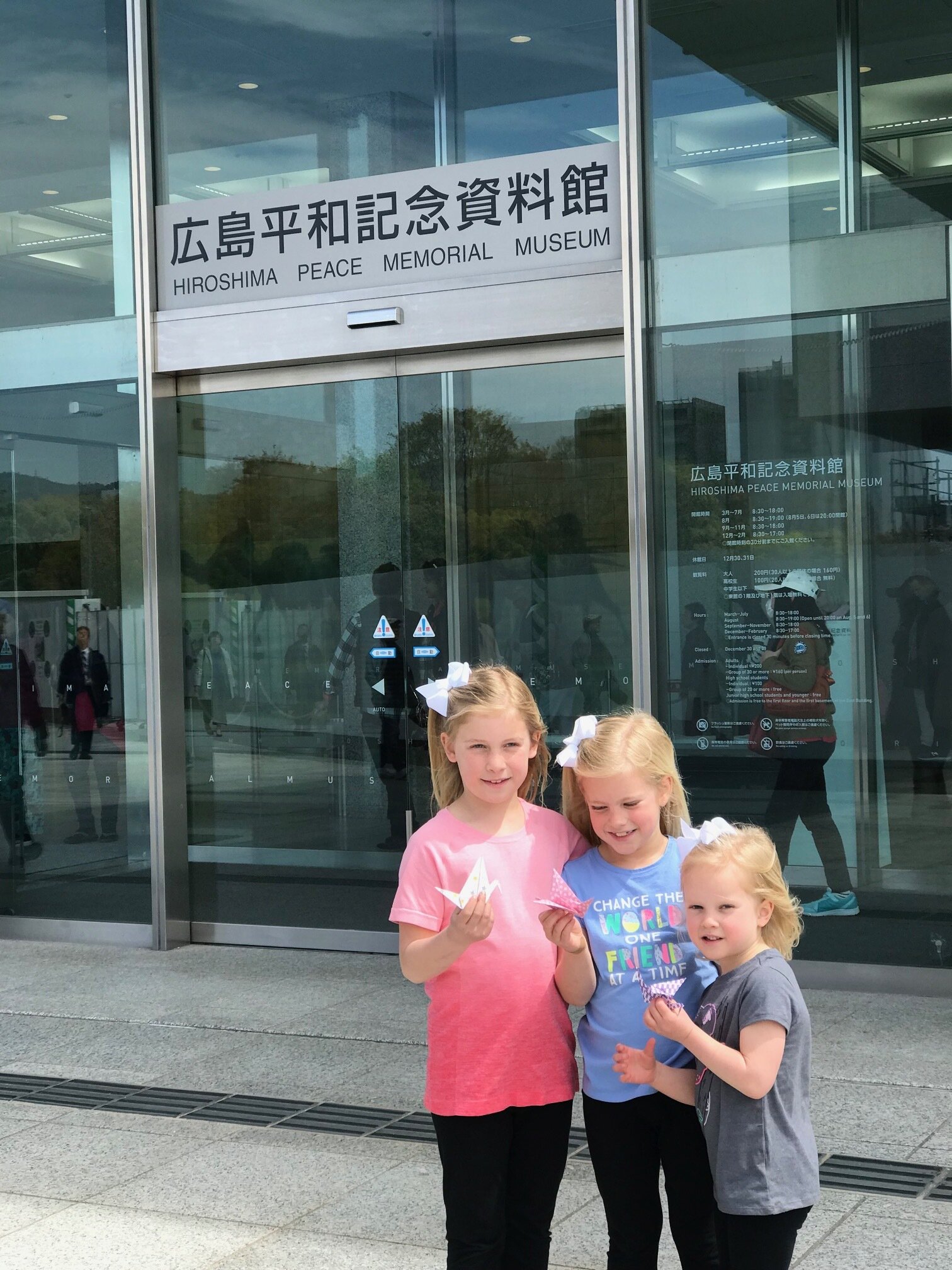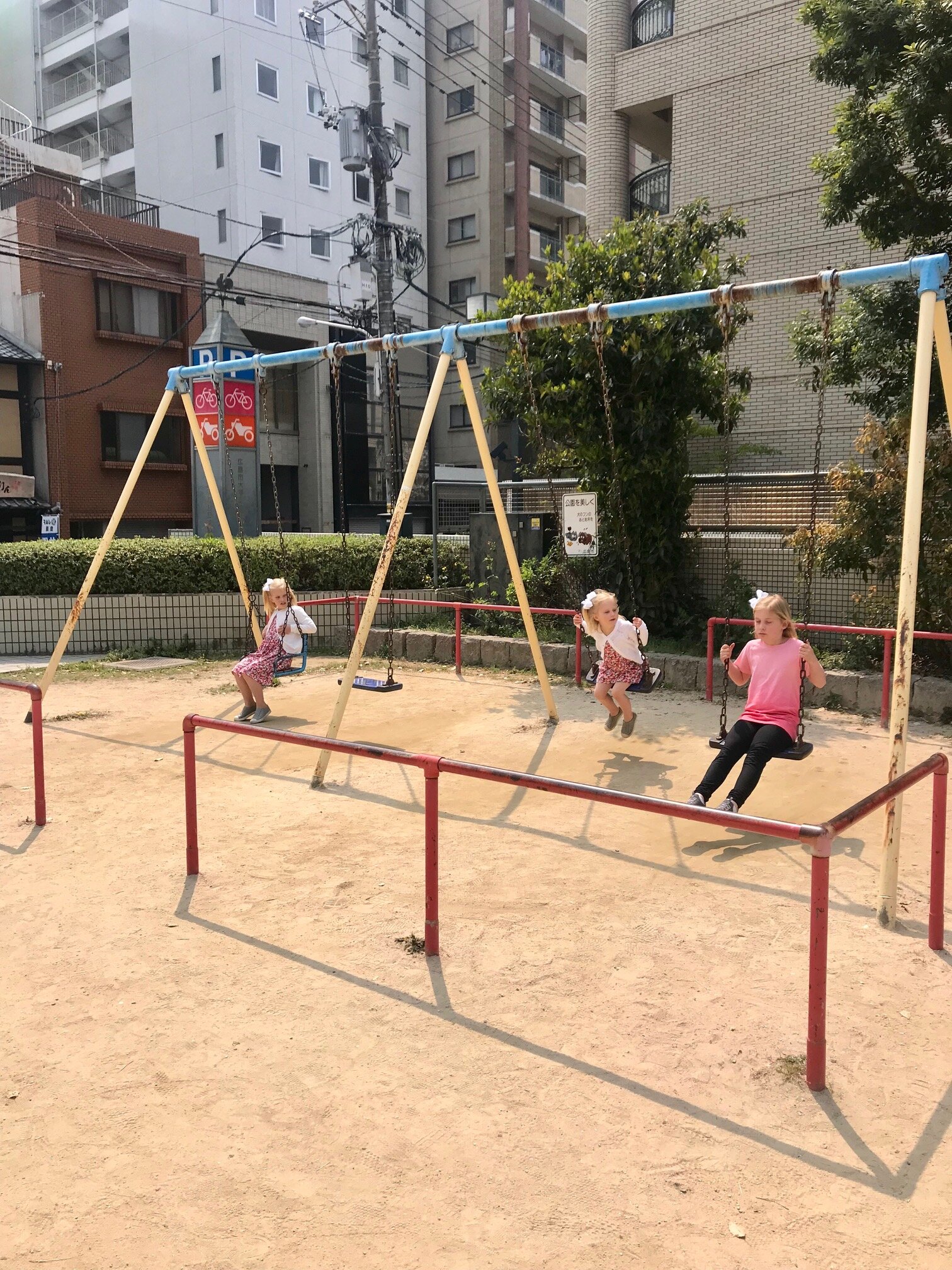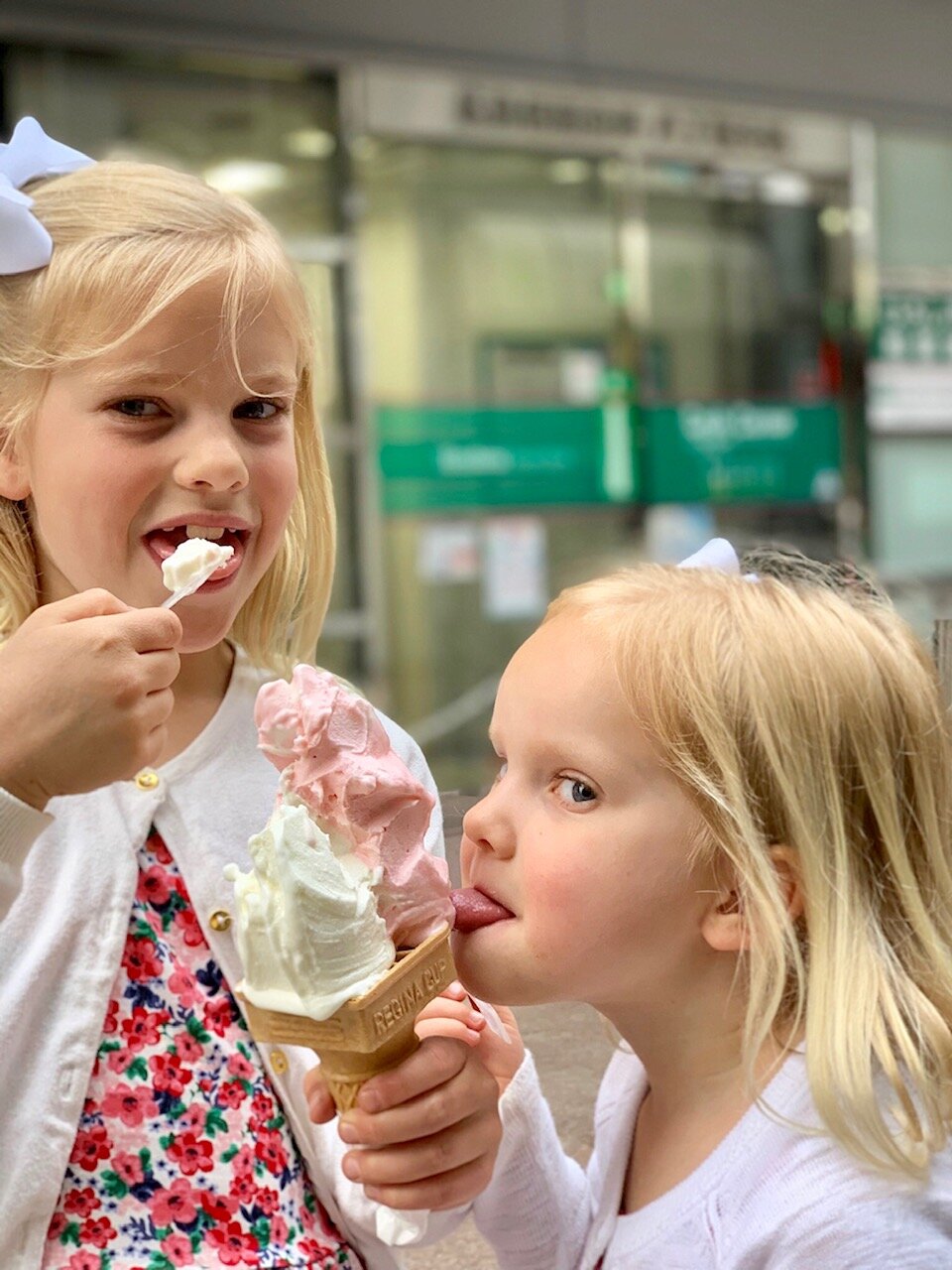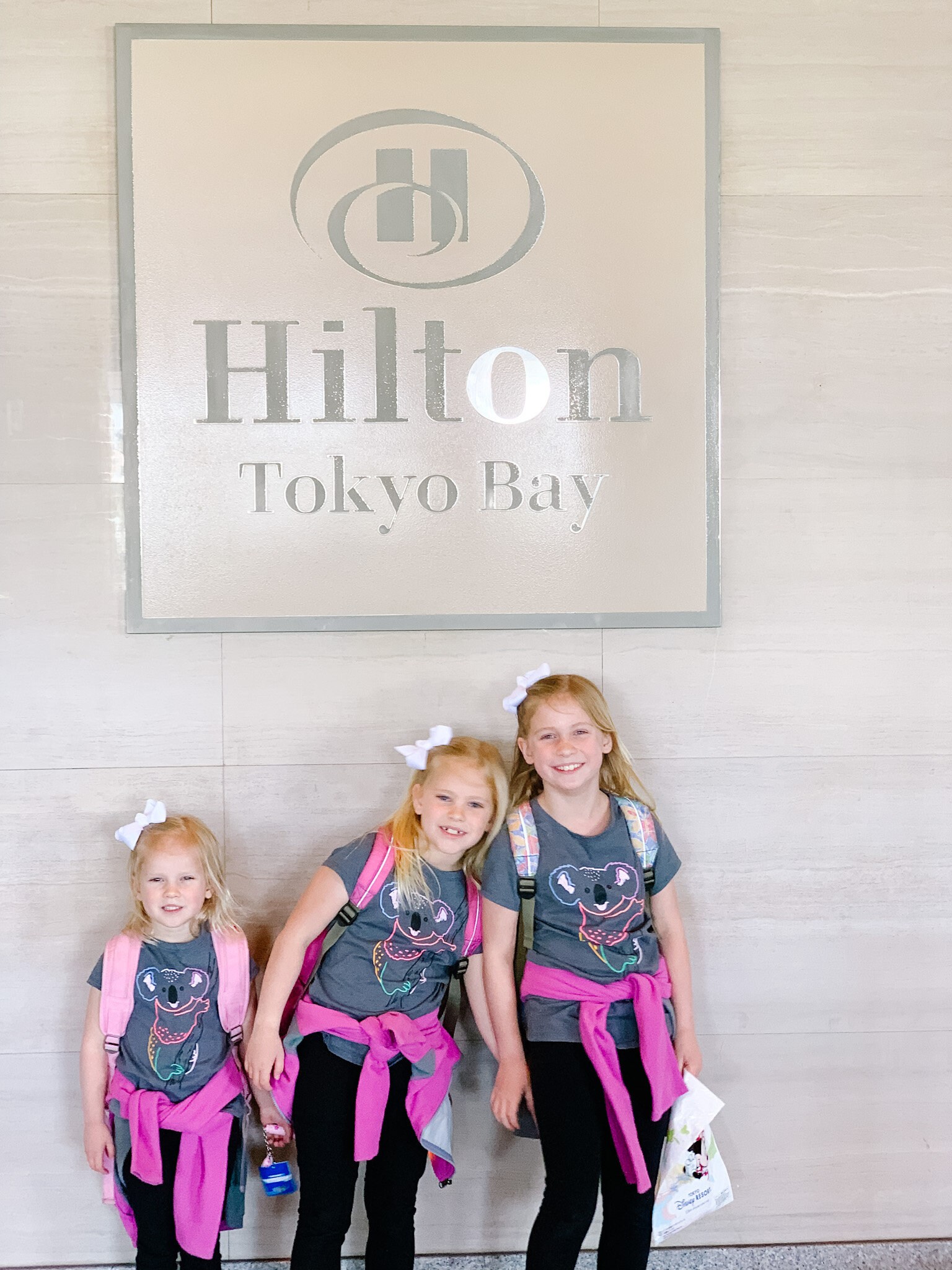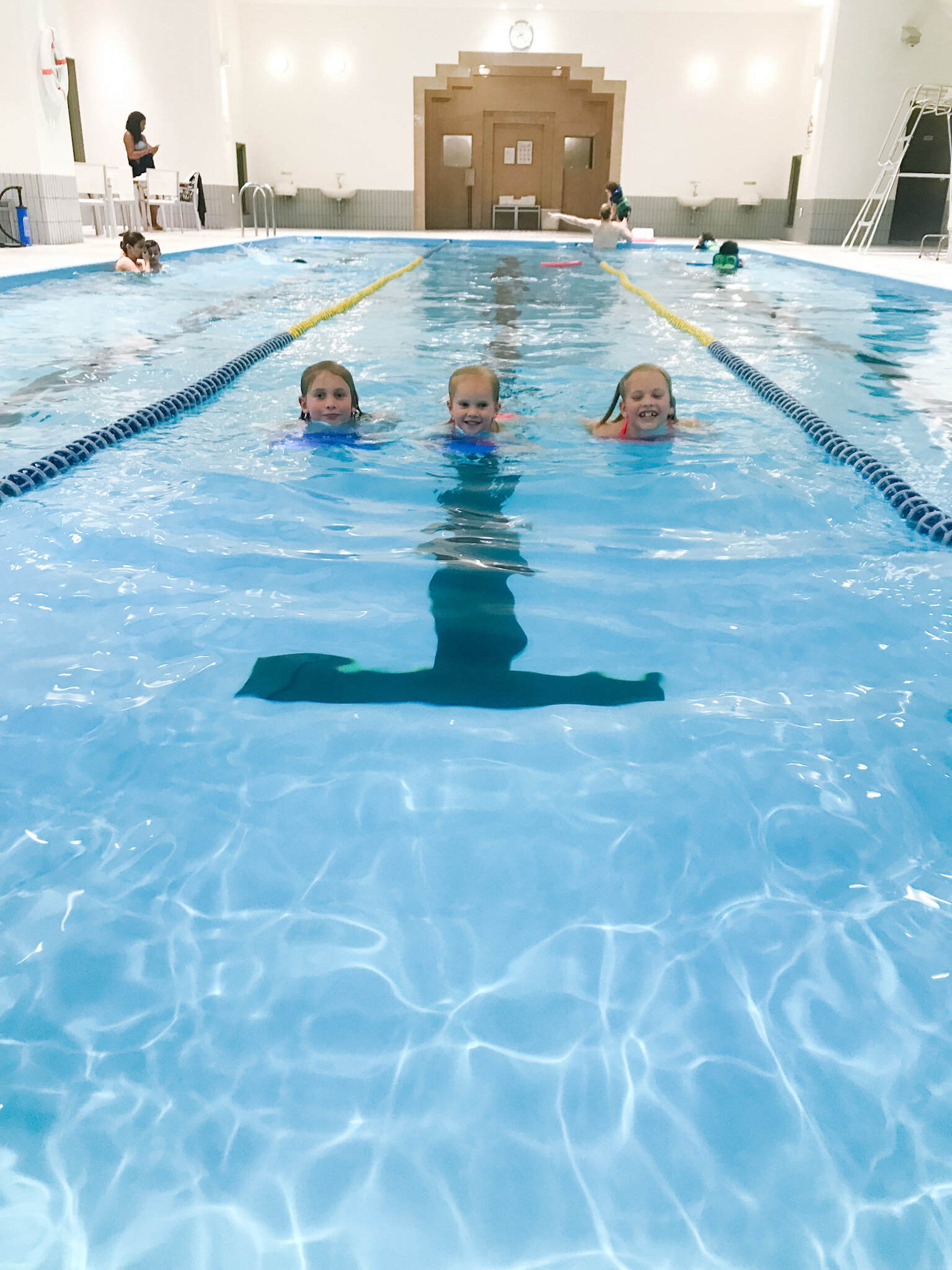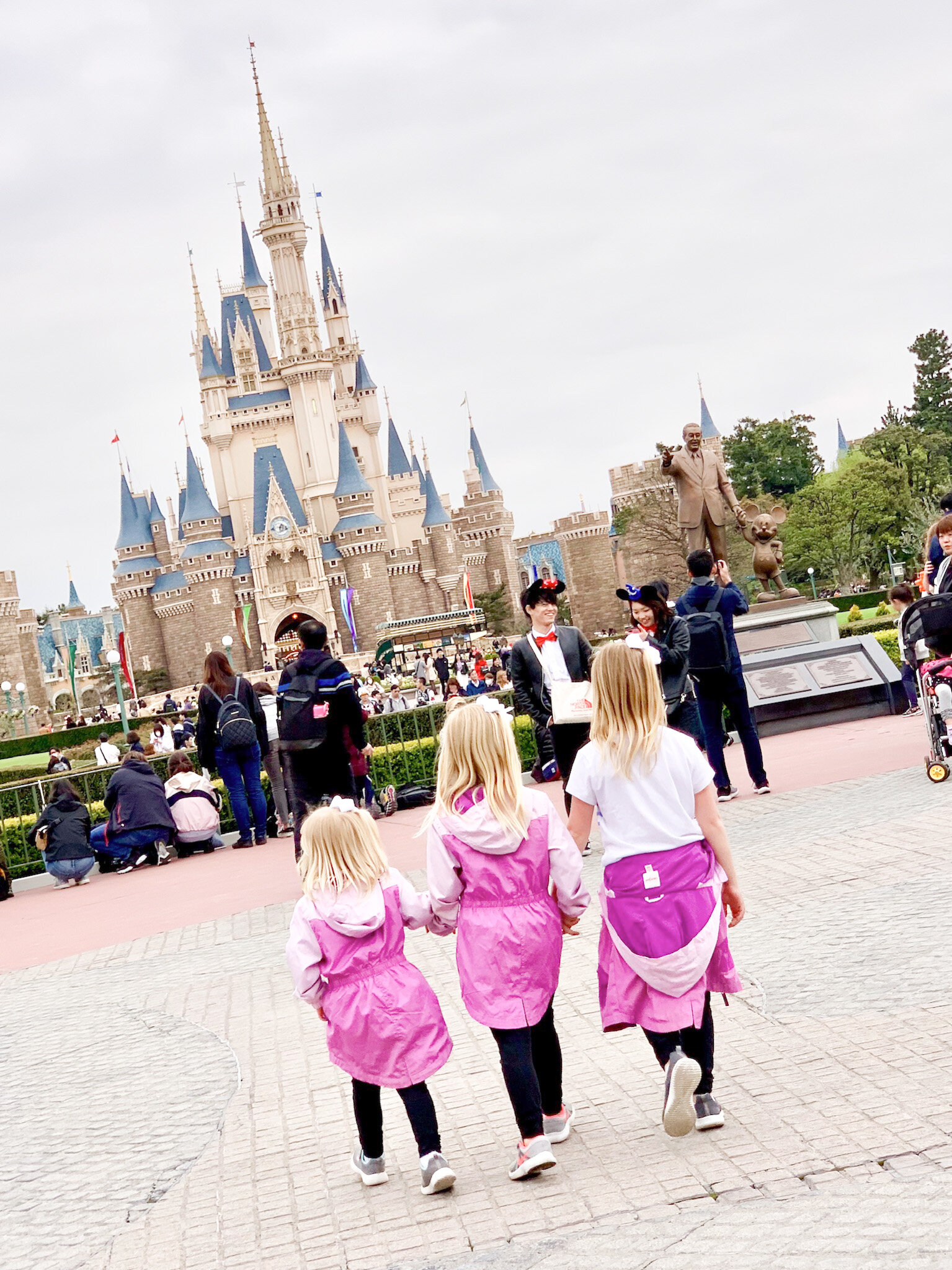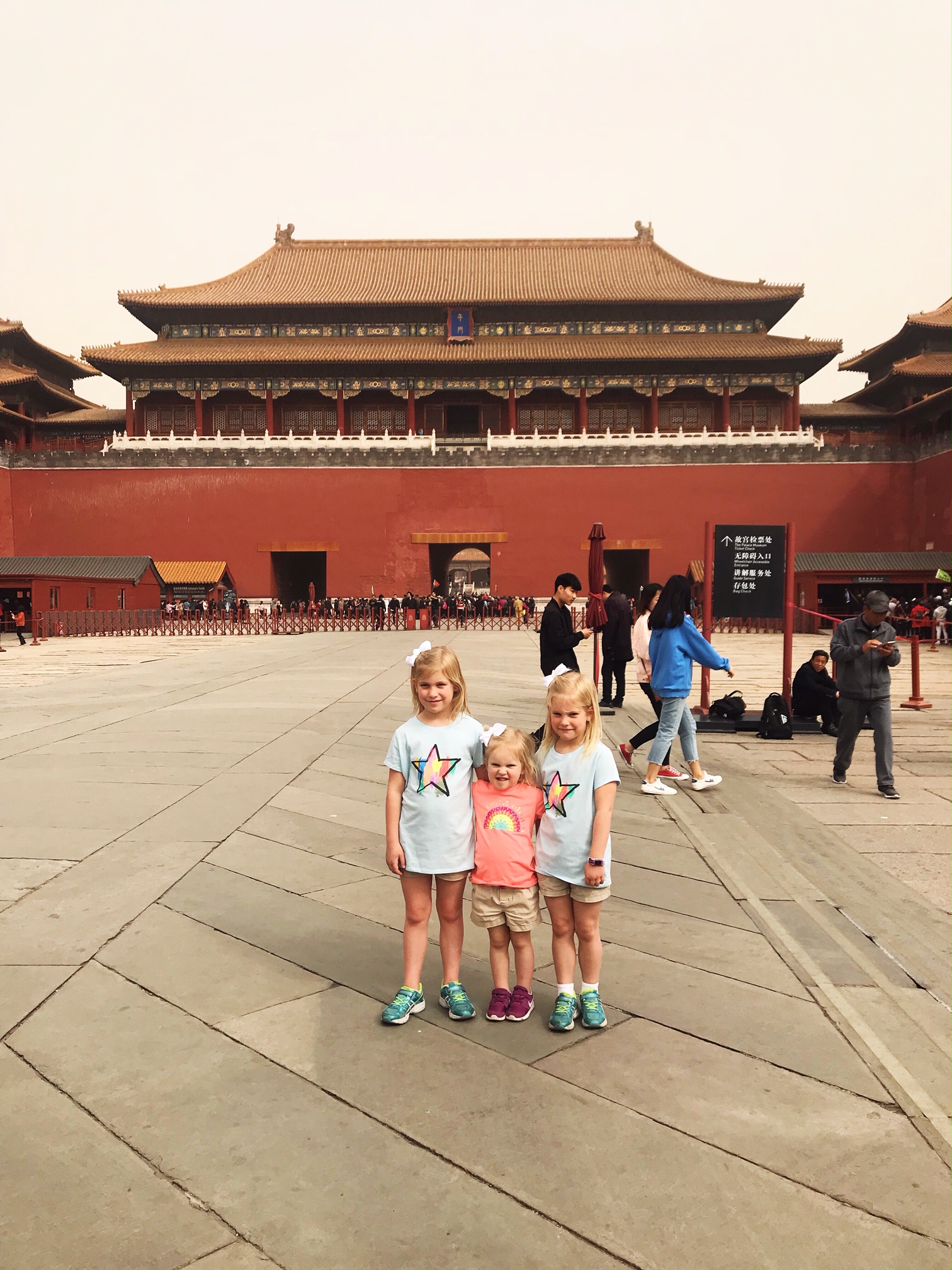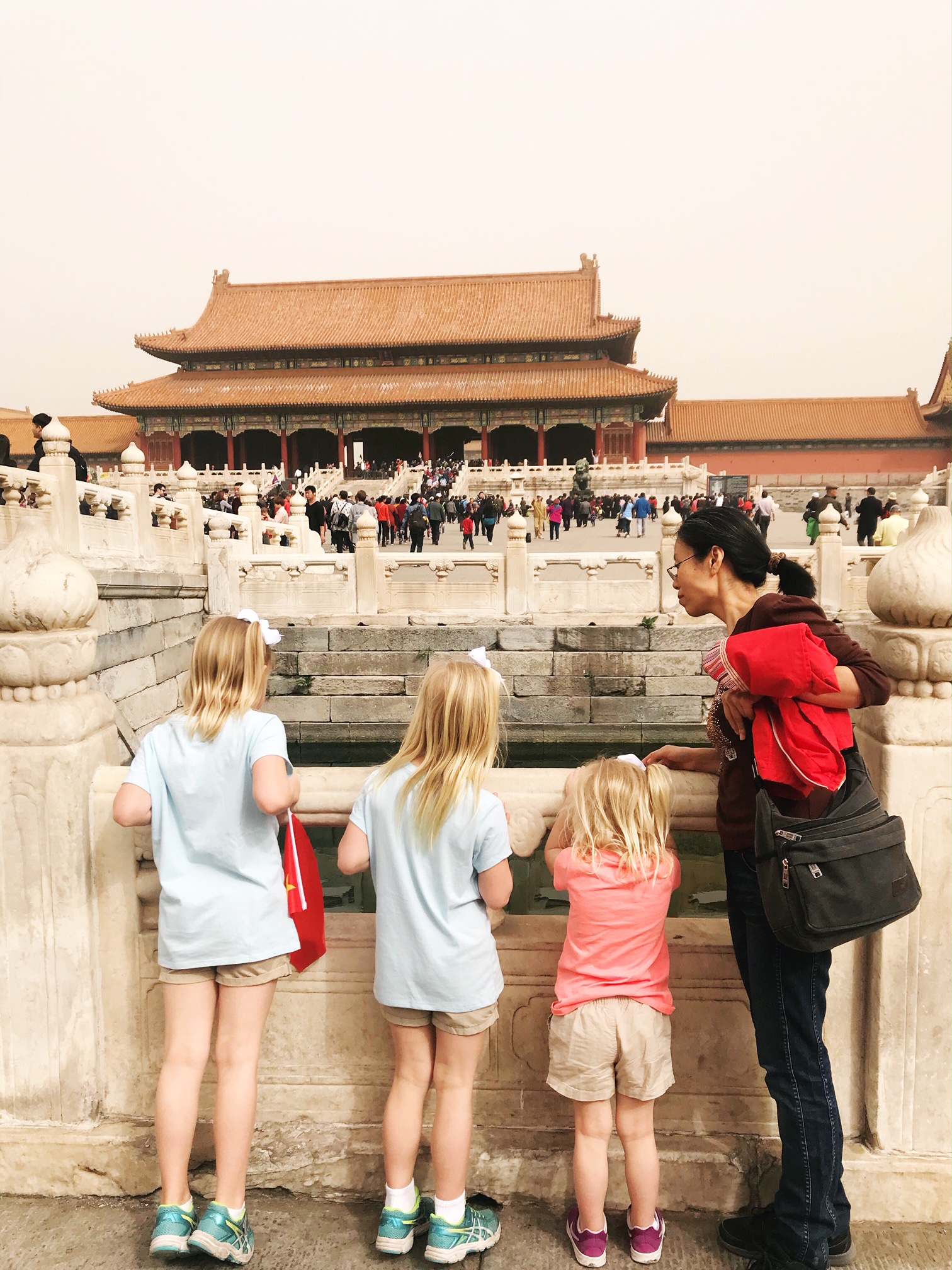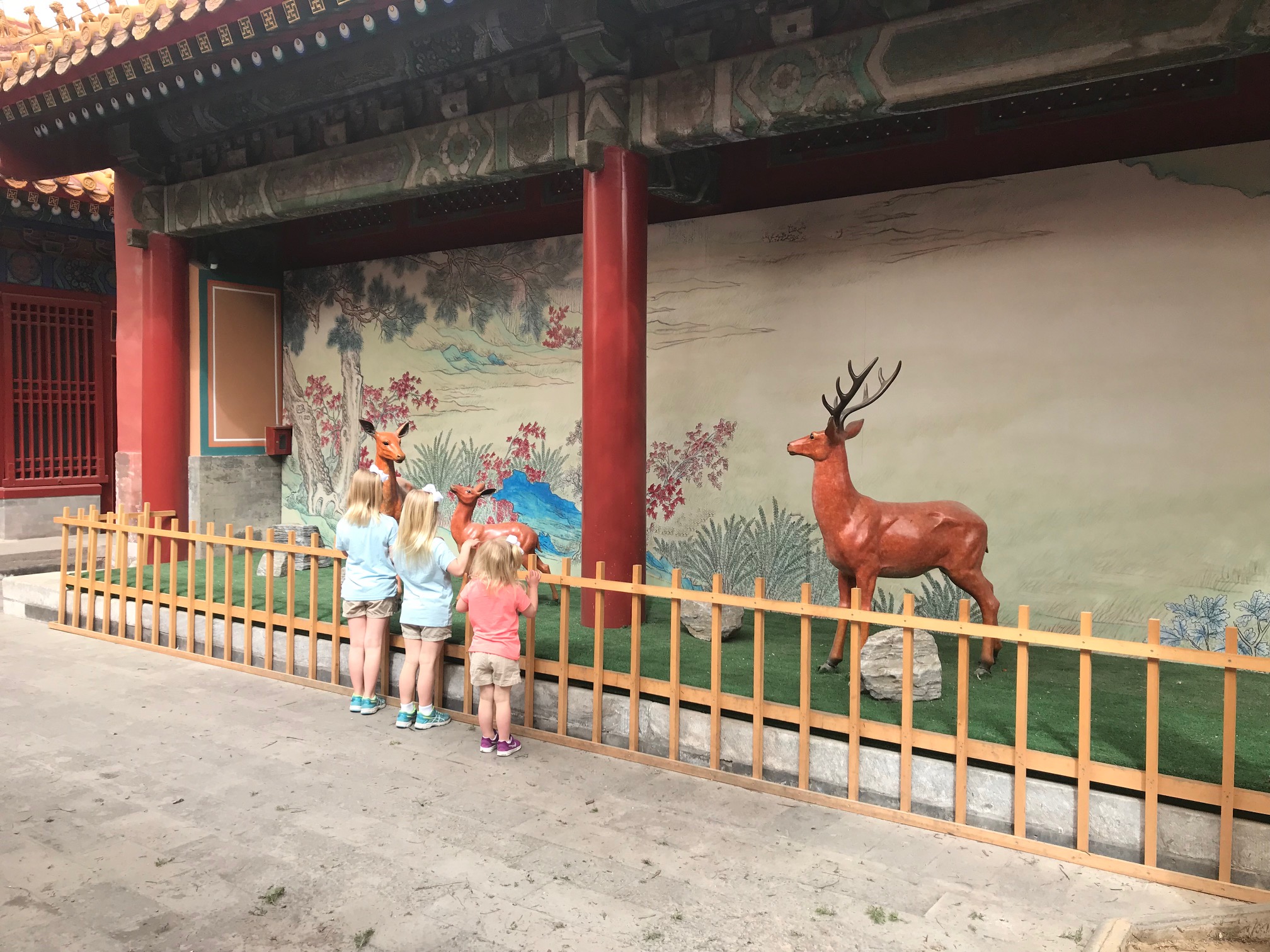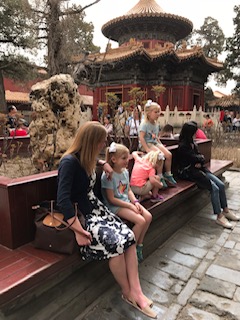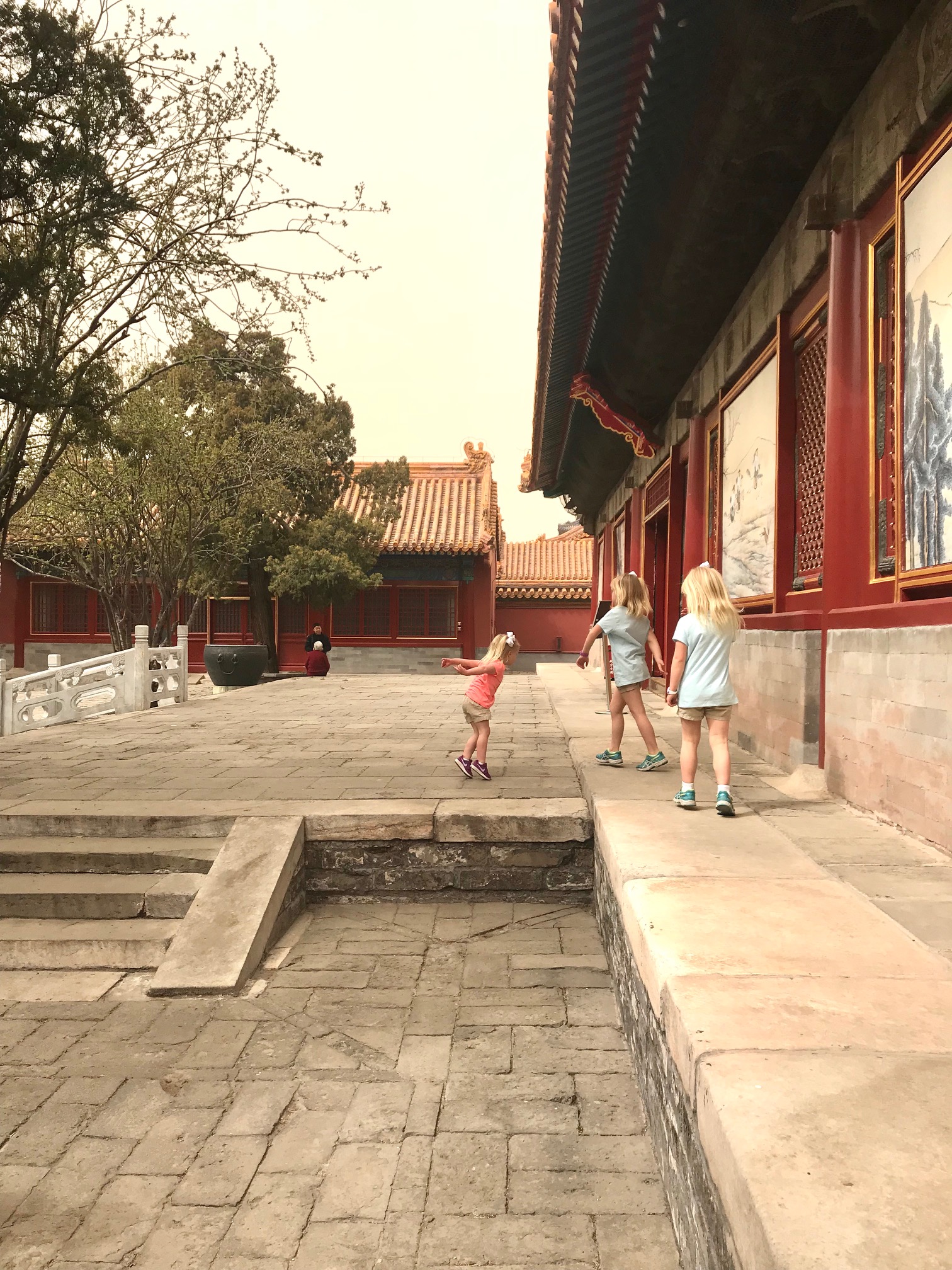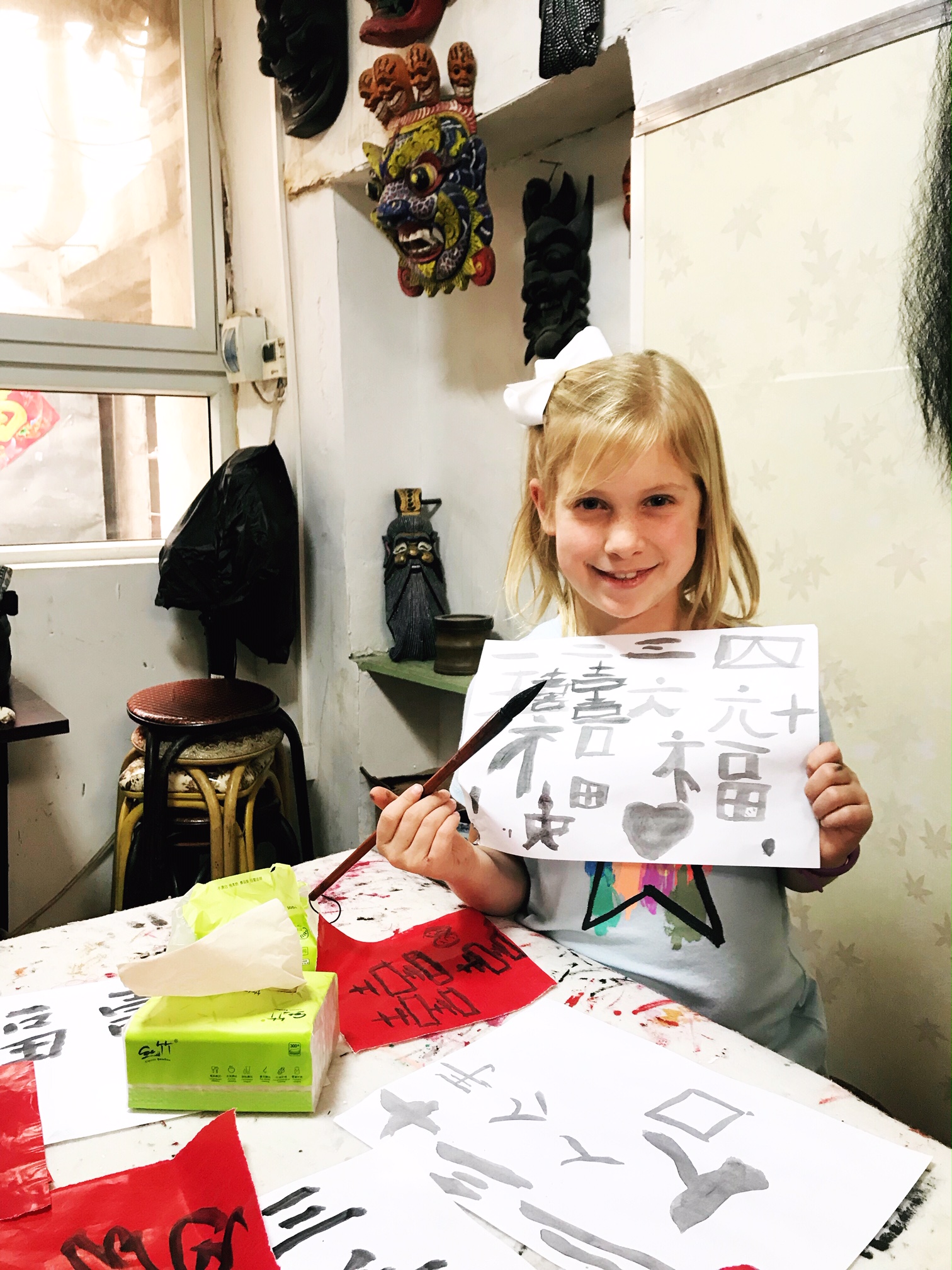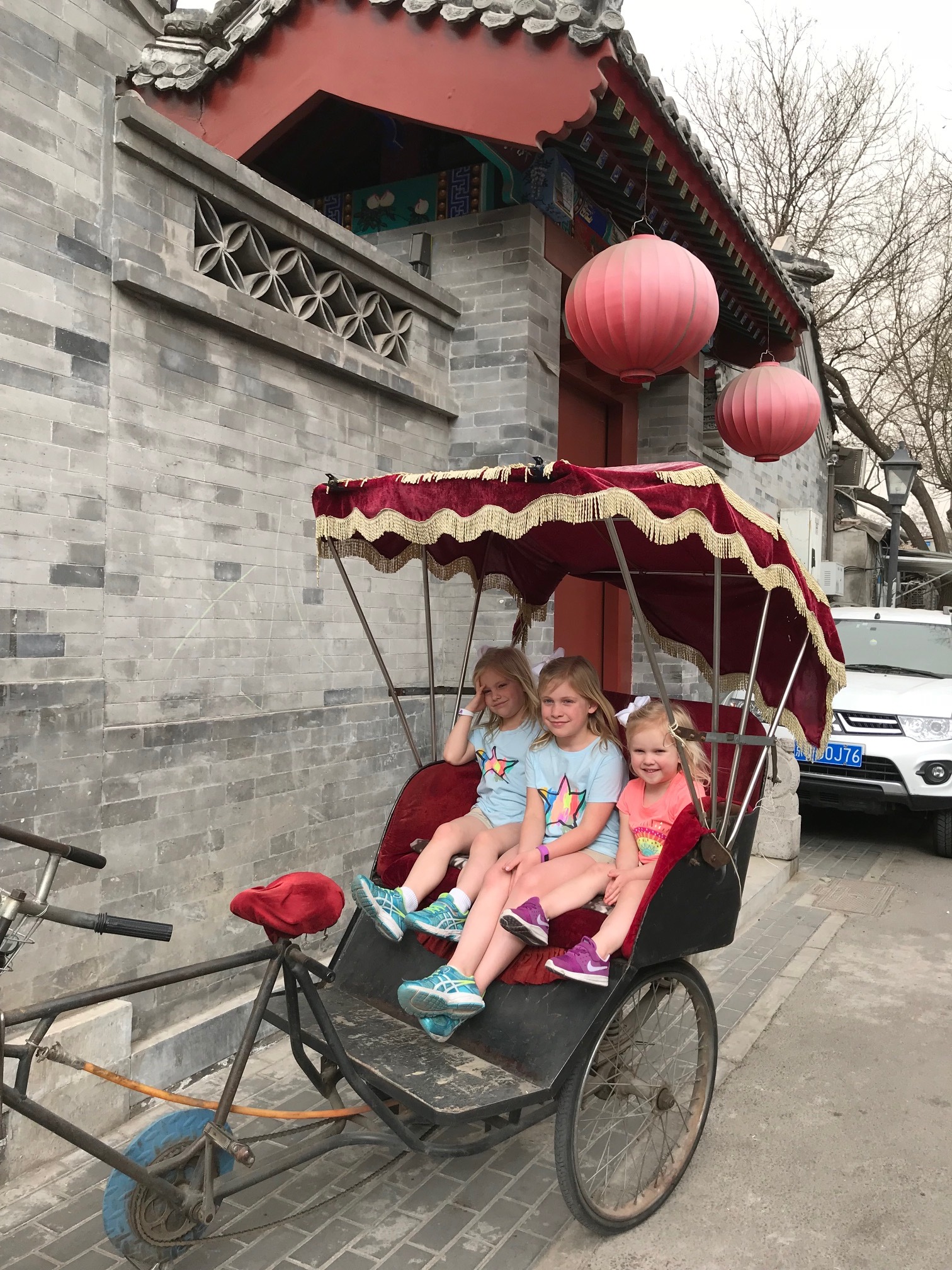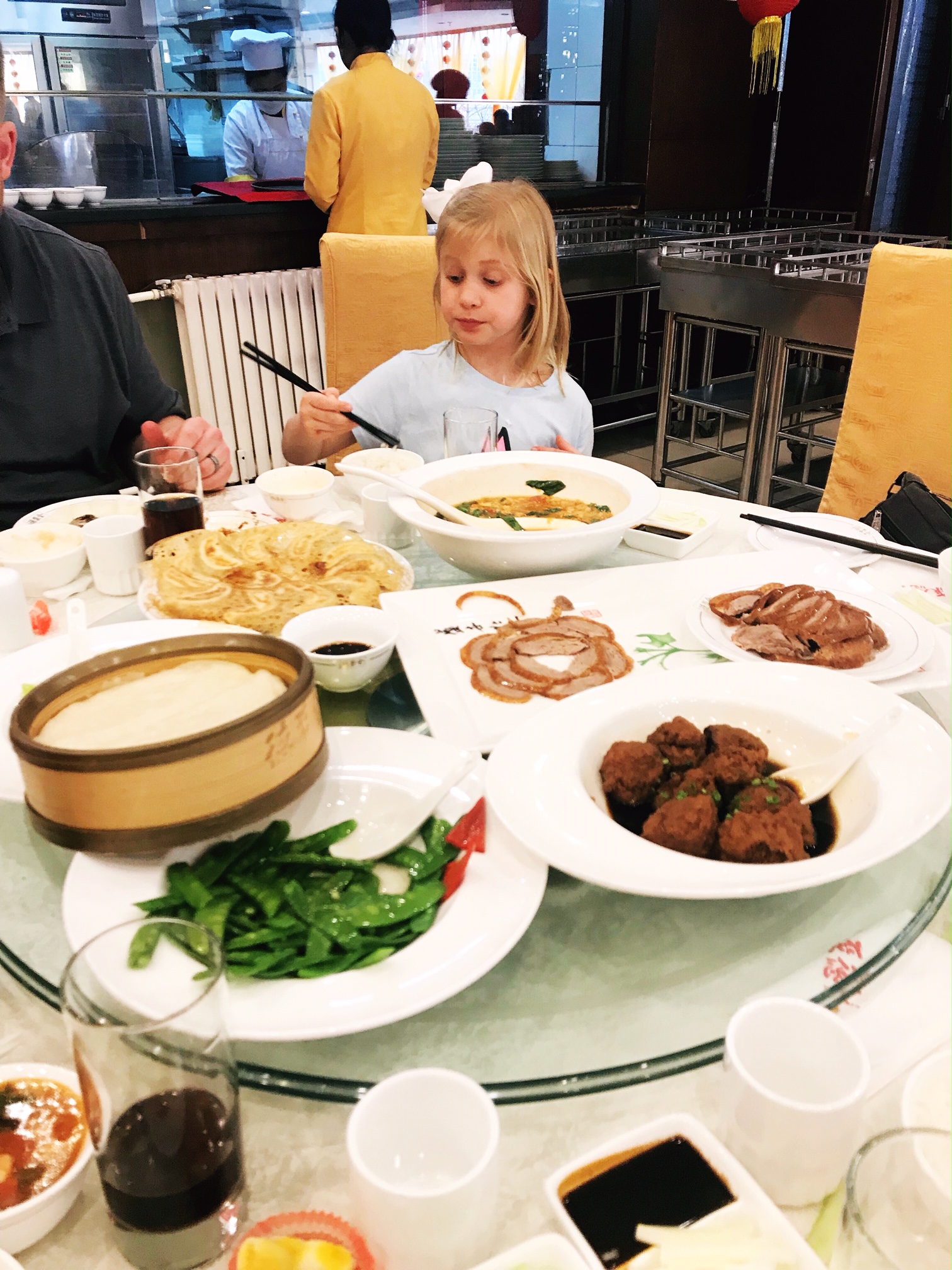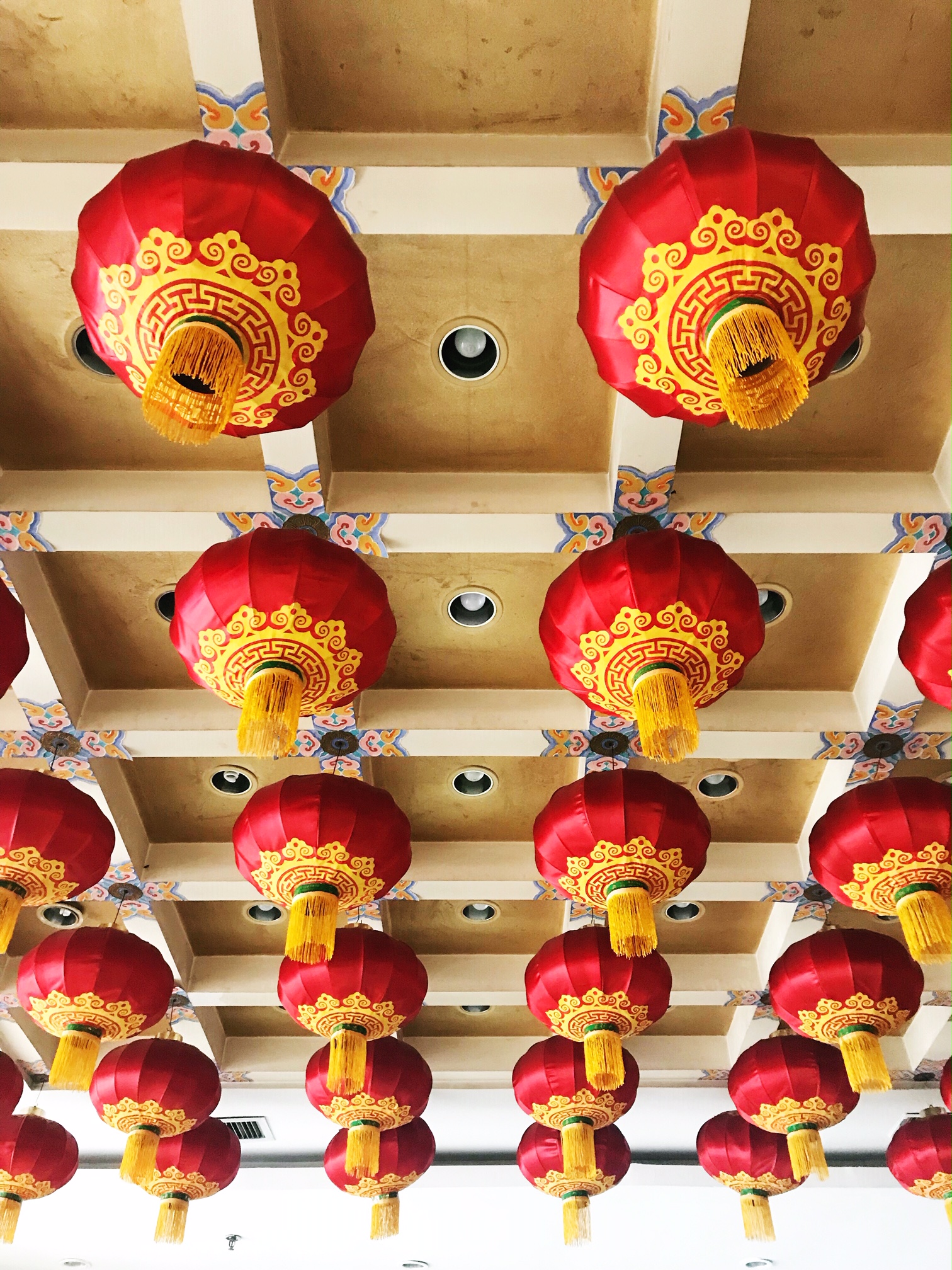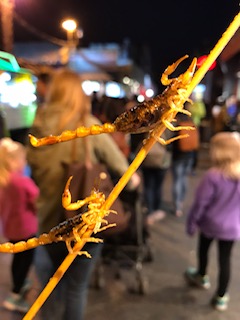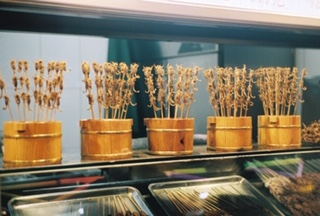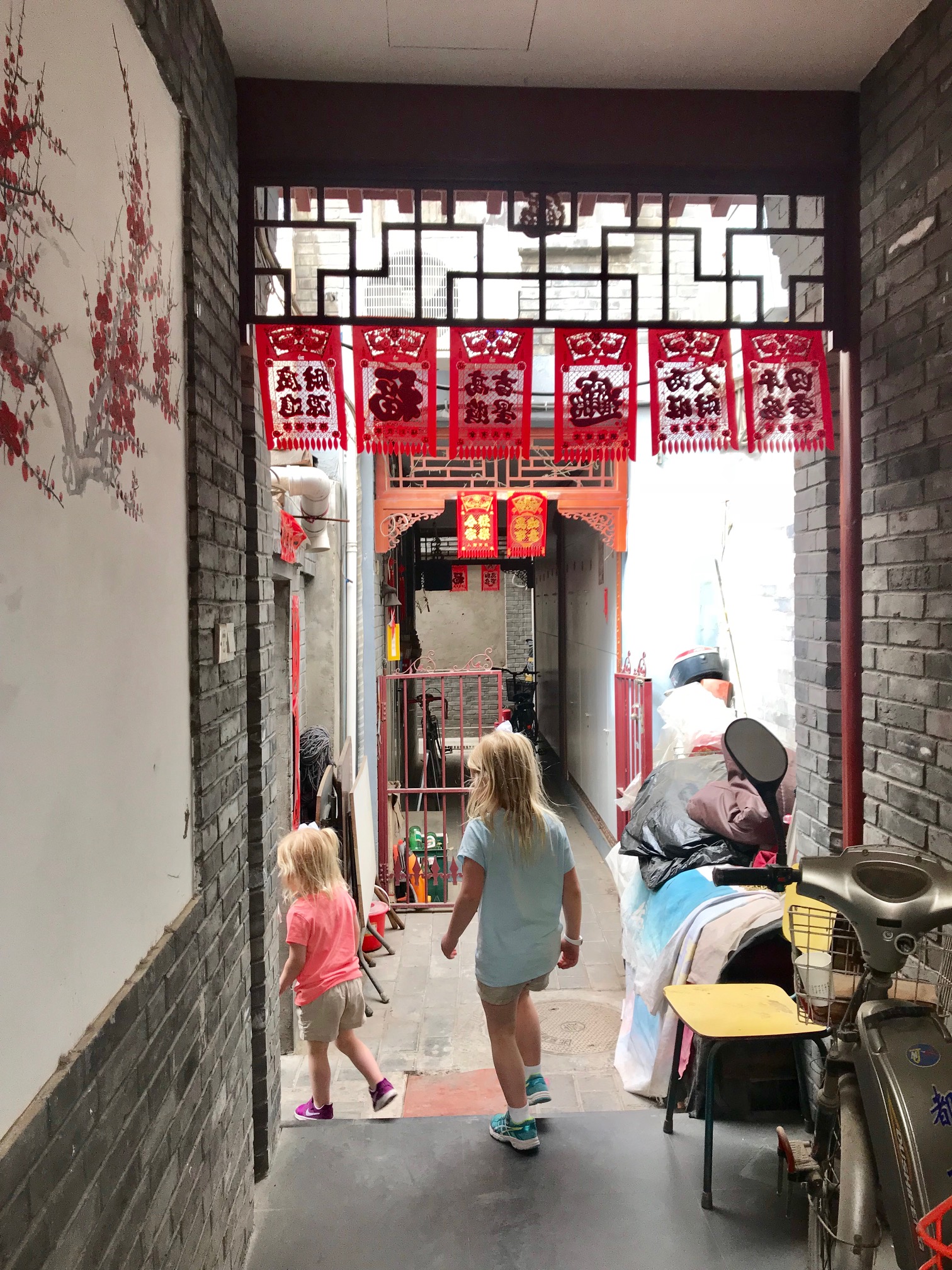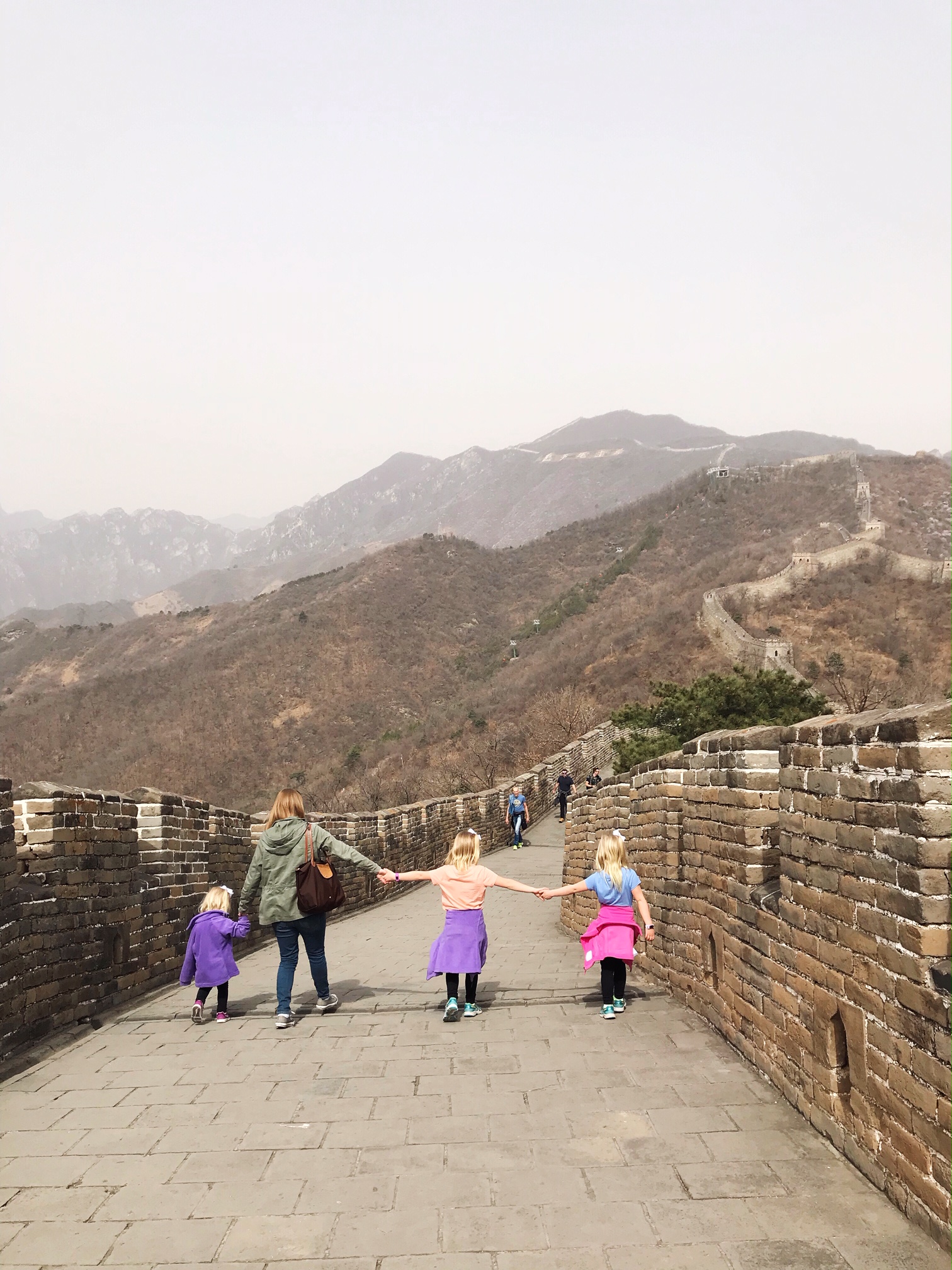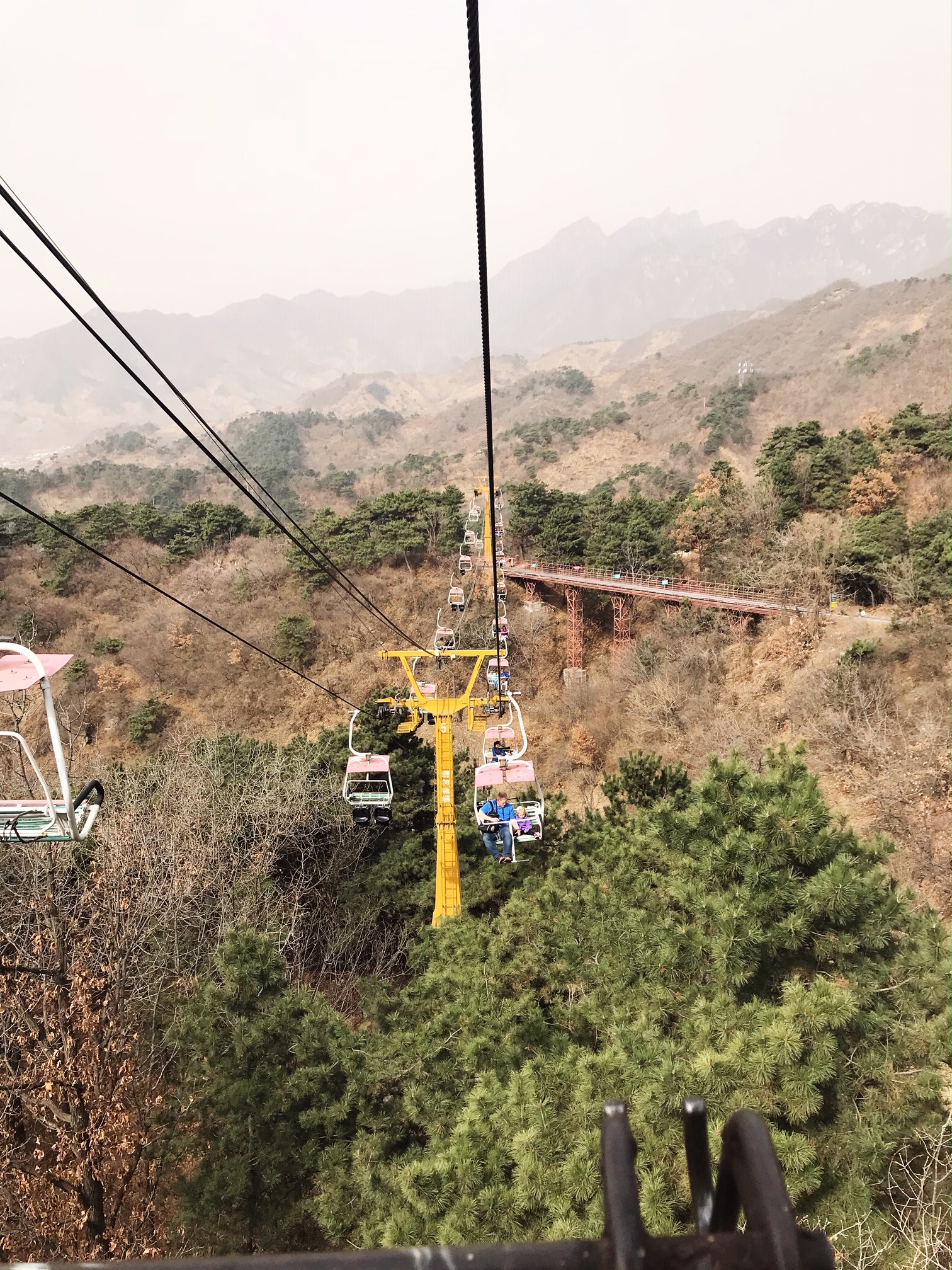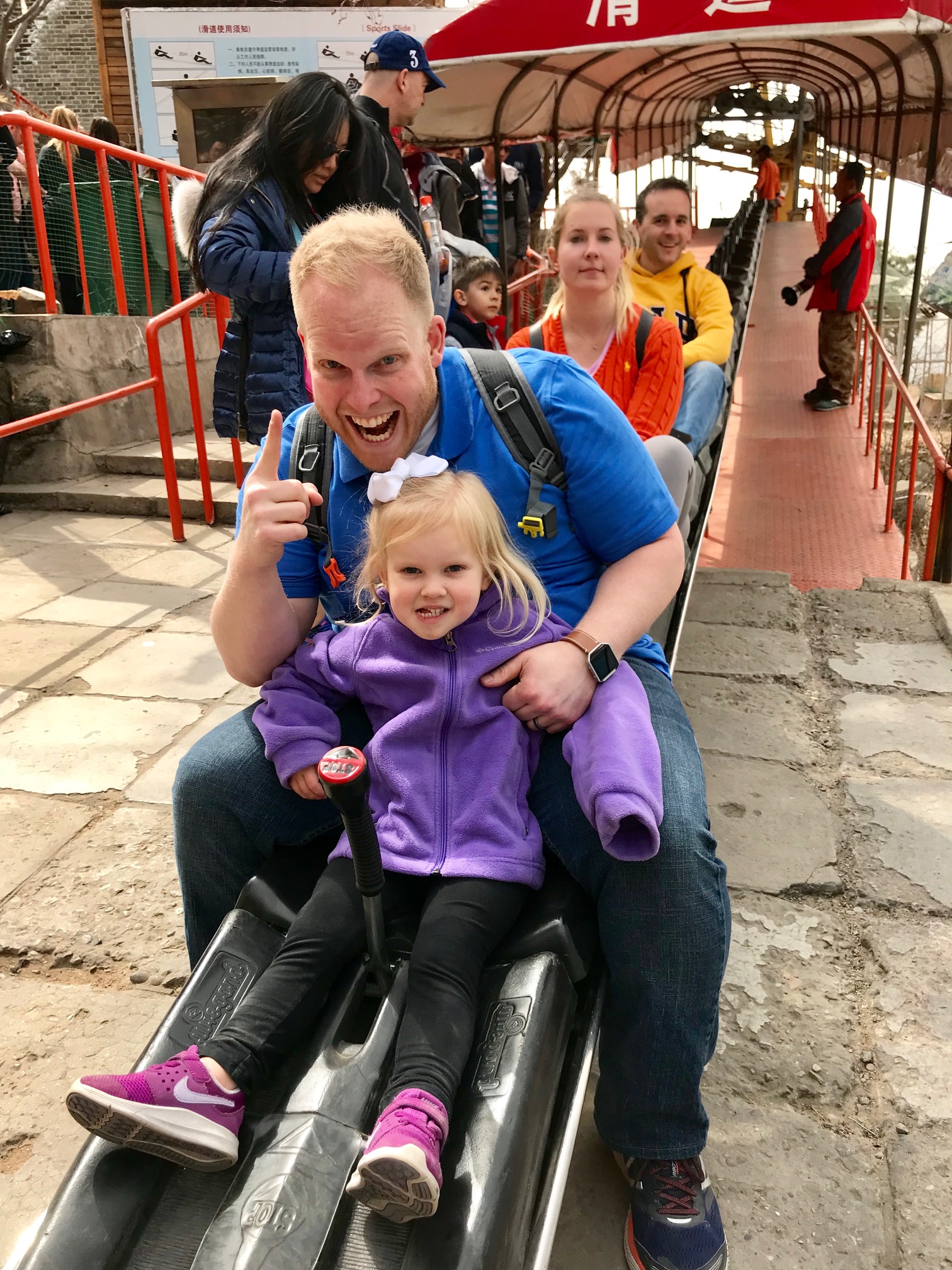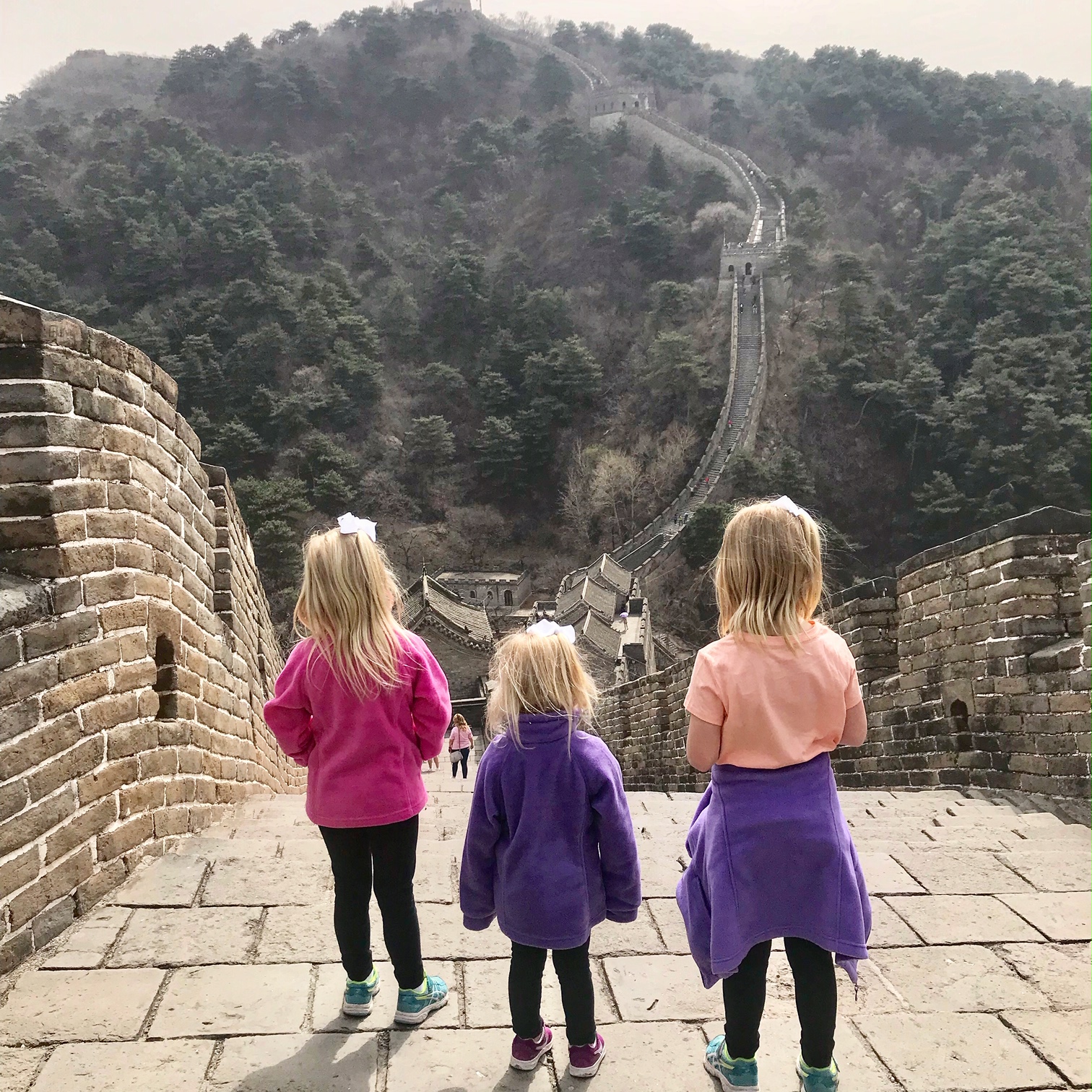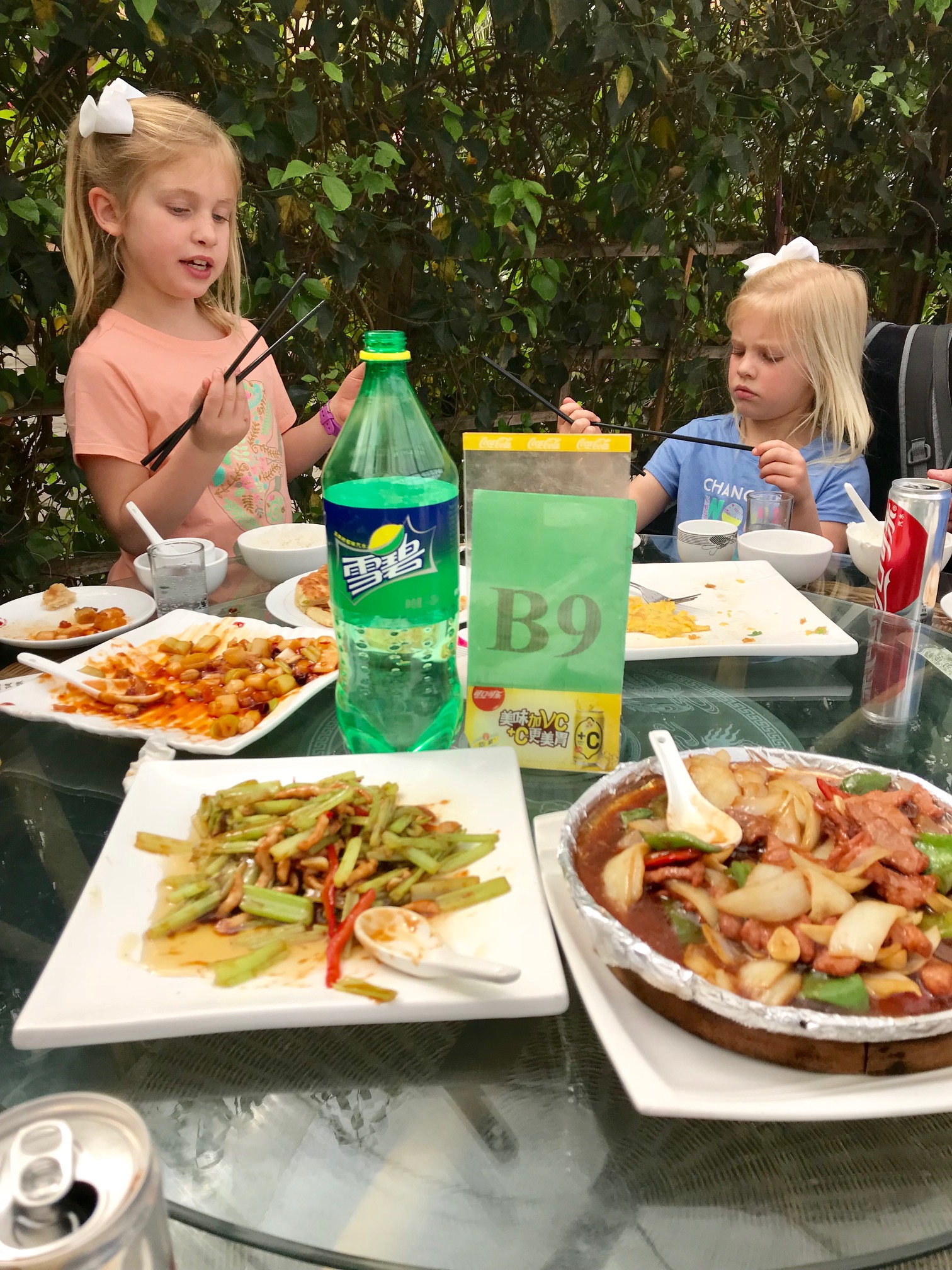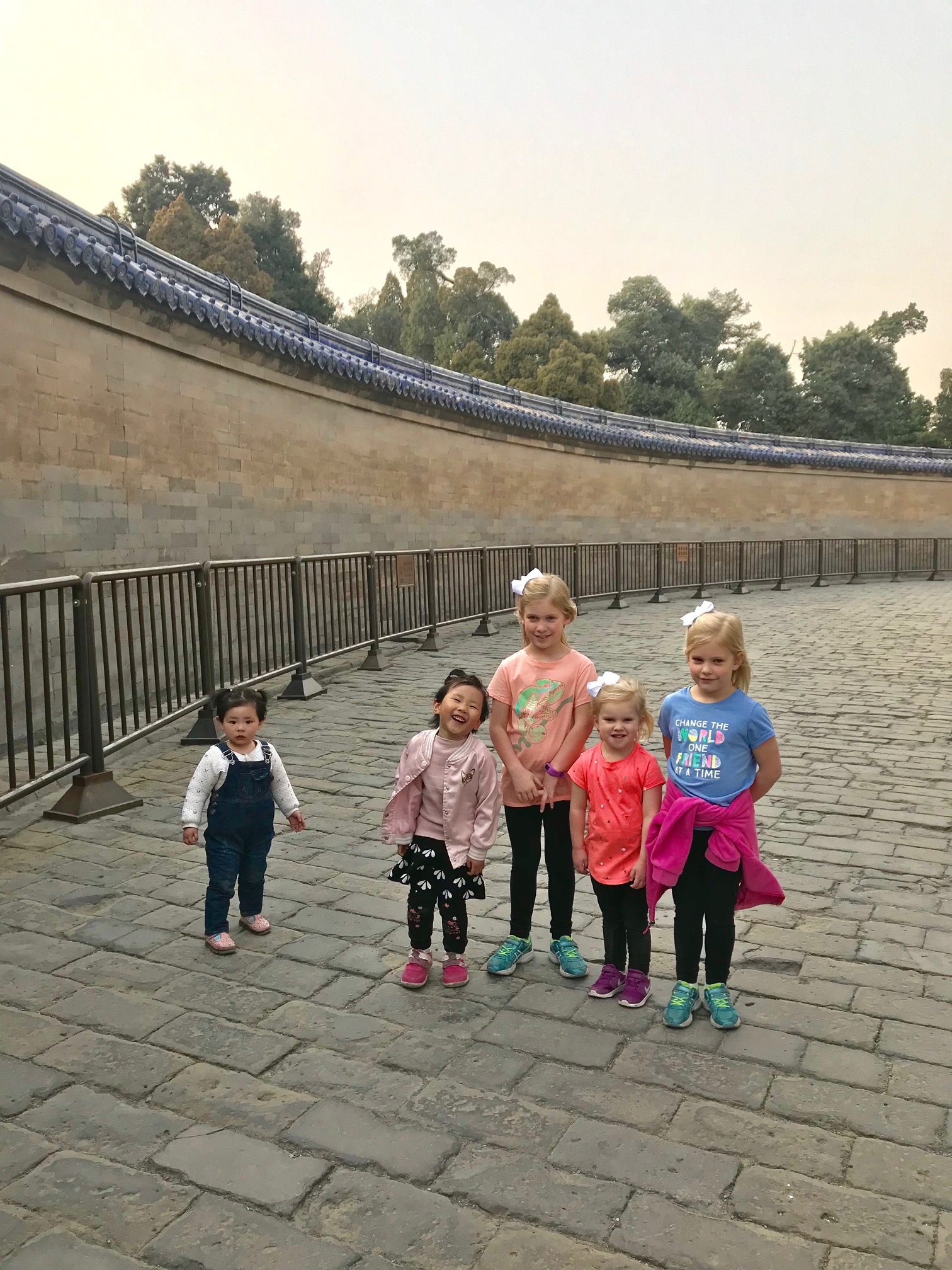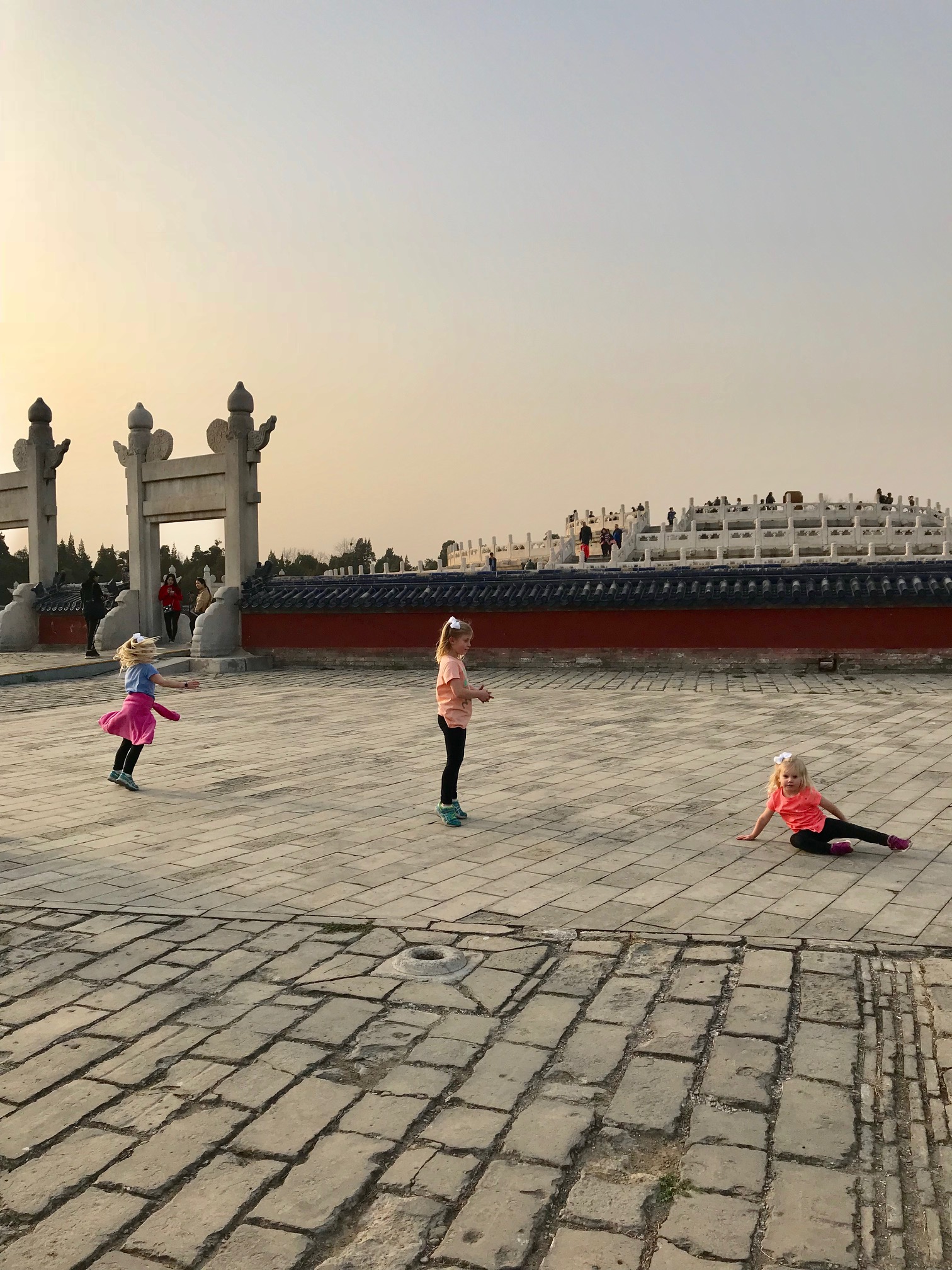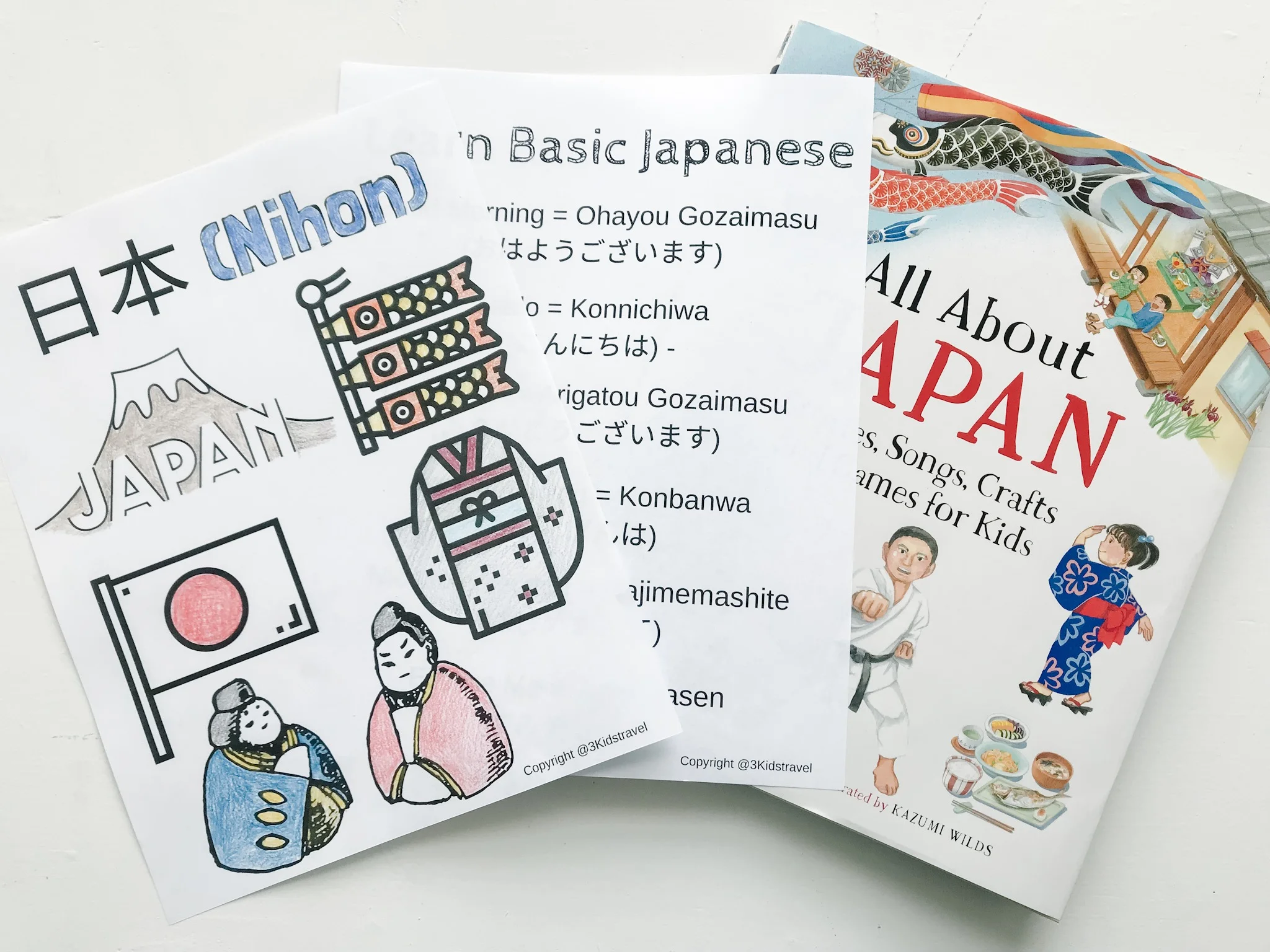Here’s a fun little freebie for all of our followers who are joining us as we “travel from home” to Greece this week. If your kids (or you!) like coloring pages, these are for you! We have two Ancient Greece coloring pages for you. The first page is a general coloring page with popular images from the time period (that our kids helped design) and on the second page kids can design their own Ancient Greek Pottery. Let us know what you think!
If you are a family that likes to travel, like us, then the recent coronavirus outbreak (COVID-19) has probably left you wondering what to do about upcoming travel plans. Lots of families we talk to are wondering how to handle spring break plans or if they should keep their upcoming plans or reschedule. We have been looking forward to spending our spring break in Thailand, Singapore, and Bali and every day are wondering if we should cancel. But, we haven’t — yet.
We thought it would be helpful if we put together some suggestions for other families to think through as they assess what to do about upcoming plans. If you are planning to travel, or just making future travel plans, and the coronavirus is still around you need to make an informed decision. We think every family needs to decide what is best for their situation, and all situations aren’t the same, but maybe some of these ideas will help you come to some conclusions for your family.
1. Assess you family’s risk level. We think the first thing you need to think about is YOUR family. Some things to think about are your health, employment, financial risk levels, and children’s ages. First, you will want to think about how healthy your family is —including your extended family that you could put at risk. If you have health conditions that could make you more susceptible to or be exacerbated by a coronavirus diagnosis, you may need to be more cautious with travel. We visited with our local travel clinic last week and the travel nurse looked at our overall health records and said that with our current health and kid’s ages we were only likely to have mild symptoms if we got the coronavirus. In addition, he shared information about a JAMA report that indicated most people infected with coronavirus were between 49-56 years old and most had underlying illnesses. Children don’t seem to be as affected by the coronavirus at this point, although that could definitely change. You will also want to think about your employment. If you were to get quarantined or were unable to work for health reasons, what are your options? Can you work remotely? If you got stuck in a foreign country, how would your employer respond? Because my husband is an entrepreneur he is able to work remotely, but probably wouldn’t want to have to do that for an extended period of time. Lastly, think about the financial risks your family is willing to take. If you are booking travel, are you making sure to book refundable hotels and flights? When do you have to cancel by? Are you willing to just lose money? If you get stuck somewhere and have to spend extra money on flights and hotels, how does that fit into your budget? Do you have extra savings or insurance for health care needs that could pop up? Could you handle not being paid for two weeks if you had to be quarantined and couldn’t work? In terms of your children, you would want to consider how they might handle being quarantined or being separated from family members. Families with teenagers might have a different risk profile than families with small children. Before you make the decision to travel, think through some scenarios and make sure you are comfortable with any problems that could arise.
2. Get informed about any travel restrictions/advisories. Travel restrictions/advisories are changing daily as governments try to get the coronavirus under control. You need to know the latest information as you make decisions to travel. Because we live in the U.S. we are constantly monitoring the Center for Disease Control (CDC website) for travel recommendations as well as the U.S. State Department travel advisories. We are also monitoring airline websites and cancellations as they all put out different policies regarding travel to various countries. Additionally, in the U.S. the government continues to announce new screening procedures and we are trying to keep up on any advisories through monitoring several news channels. If you still choose to travel when your government advises against it, make sure you understand the consequences and are okay with any quarantines and restrictions that might be put on you. In particular, if you are traveling with children you will want to read any fine print and clarify any government travel policies to avoid major travel hiccups that could leave you in an uncomfortable situation.
3. Consider the country/destination you are traveling to. Not all travel is created equal right now. Some countries haven’t gotten the coronavirus yet and travel seems relatively safe, while other countries are in lockdown. For example, if you are going to Japan or Italy, you will want to read up on how these countries are handling the coronavirus. You will want to look at the restrictions they are putting on travelers from various countries, their screening processes, their healthcare options, etc. Given how quickly the coronavirus seemed to surge in Italy and South Korea, it is important to continue to check news about your destination regularly. Since we are hoping to travel to South East Asia in another month, I have been monitoring each country’s local papers, their government advisories, and the number of coronavirus cases. We have been reassured by how Singapore has been handling the coronavirus spread, but have also been concerned by the lack of coronavirus cases reported in Indonesia (both are countries we are planning to go on our trip). As we were writing this article Thailand decided to potentially quarantine passengers from South Korea and Singapore so that may affect our trip. You will also want to get a sense of the daily affects of the coronavirus outbreak in your planned country — for example, how often you might need to get temperature checks, extra screenings, hotel policies, potential quarantines, and how you might be treated should you get infected. The more information you can get about how your destination is handling the coronavirus (or how they plan to handle it) the better.
4. Are you traveling domestic or international? If you are still in the midst of travel planning, you are probably trying to decide whether to stay domestic or travel internationally? We have been discussing several alternative spring break plans if we our plans get changed and we have ideas for both domestic and international destinations. It’s almost like a game of whack-a-mole right now to see where the coronavirus might pop up next. If you are planning to travel domestically you will probably see less disruptions unless you are traveling to a current hot bed area, but that continues to change. You will still want to keep in mind crowds and activities (more on that later) but if you are living in the U.S. you are still generally safe to travel, according to the CDC, and the CDC still provides some suggestions for precautions to take when traveling in low risk areas. You will want to keep abreast of all of the latest updates. If you are considering international travel, you will want to consider locations carefully and assess the risks in those countries as mentioned above. In addition, you will probably need to be prepared potentially for extra screening and trip delays. However, just because there are some travel advisories doesn’t mean you need to cancel all international travel. For example, as noted in a recent Town & Country article, the CDC has not broadly advised against European travel because for healthy people there is no reason to cancel trips. Of course, this may change.
5. Are you road tripping or flying? As you are finalizing your plans there are things to think about depending on how you are traveling. If you are planning to road trip to your destination you probably have a lot more control over your virus exposure. Things to consider might be: where to stop and keeping safe at gas stations/restaurants and in public restrooms along the way. Generally speaking, road tripping should be a way to minimize risk of coronavirus while still getting to travel if you follow all of the usual CDC recommendations for staying healthy (hand washing, etc.). The full risk assessment of your road trip will also depend on where you are ending up (For example, visiting Disneyland might put you more at risk than a secluded beach house). If you are choosing to travel by airplane, you will have a few extra things to think about including protecting yourself and kids’ health, possible additional screenings, and potential delays. Aside from a lot of people wearing masks, domestic airplane travel in the U.S. hasn’t been affected much by the coronavirus — yet. That could change in the near future if restrictions and additional screenings are put into place. As mentioned above, if you choose to fly internationally you will want to stay aware of any airline restrictions or screenings. National Geographic suggests some ways to stay safe from the coronavirus while traveling including how to pick the best seat on the airplane. In addition, if you are flying you will want to consider other potential areas of exposure like waiting in lines at the airport, transportation to and from the airport, exposure on the airplane, public transportation to your destination, etc. Whether you fly or drive, you can minimize your risk for the coronavirus if you take precautions!
6. Consider what activities you want to do. When assessing whether to cancel our latest trip we’ve talked a lot about whether activities we want to do could become limited at our destination. If we are spending a lot of money on a vacation (or even a small amount) and a lot of the activities we plan to do are being cancelled, we think that is a good reason to reconsider travel. This part of the decision comes down to what your expectations are for your trip. If you plan to spend a lot of time wandering museums and markets and festivals and your destination decides to close and cancel them all will you be disappointed? We have started looking through our tentative itinerary for our trip to see what activities are our highest priorities and what the likelihood is that they will be cancelled. Since we are visiting South East Asia and a lot of our trip involves hanging out on a beach, we haven’t noticed too much that would be affected. We have heard that many restaurants and hotels will check your temperature upon arrival, but aside from that our trip doesn’t involve a lot of touristy activities that could get cancelled. If we had planned to visit Japan for the cherry blossom festivals, like we did last year, we might be disappointed to arrive and find out many festivals have been cancelled and large gathering have been discouraged. So, as you assess whether to cancel or keep your travel plans you will want to look closely at your itinerary and also check with any tour operators or checkout the websites for any sites you plan to visit. Alternatively, because the coronavirus is scaring a lot of people away from traveling right now, if you do decide to travel you may end up taking advantage of some less crowded destinations.
7. What about lodging and airfare? One of the reasons we haven’t cancelled our trip yet is because our hotels can all be cancelled up until 24 hours before we arrive AND our airfare will be refunded if we need it to be. It isn’t always cost-effective to book refundable travel, but since we’ve had enough experiences at this point where we have needed to cancel at the last minute, we almost always at least book refundable hotels. In this particular case, Delta is refunding or rebooking our airline travel because we were originally scheduled through China. If you are currently planning travel for the summer or are reconsidering your spring travel and making new plans, you will want to keep your bookings very flexible. That might mean paying a little bit more for flights and lodging. Many people we talk to in our Instagram community have just lost money because their travel plans are not refundable. This shouldn’t scare you from continuing to plan travel right now, in fact now might be a good time to capitalize on some good travel deals, but we suggest you make sure to consider whether you can get a refund if needed or get travel insurance to cover your situation (more on that next).
8. Deciding on Travel Insurance. Do you have travel insurance or are you wishing you had gotten some? Well, not all travel insurance will help you in a coronavirus situation. In fact, very few travel insurance policies will cover cancellations related to the coronavirus. We purchased our travel insurance through Delta’s partnership with Allianz but most Allianz policies do not cover losses covered directly or indirectly by this epidemic. In addition, because the coronavirus became a “known event” on January 22, 2020 any Allianz policies purchased after this time exclude any losses caused because it was a foreseeable event. Whether or not you agree with this type of policy, you will want to read the fine print on any travel insurance policy you buy. The only travel insurance policy that seems to cover the coronavirus going forward is a “cancel-for-any-reason” insurance policy and you can read more about these policies and others in this USA Today article. Our friend Evie Farrell wrote about why she is still going on her trip to Japan, despite the coronavirus warnings, but she also got insurance from Cover-More before she left to just cover any health problems related to the coronavirus while she is traveling. So, before you go on your next trip, consider whether or not travel insurance would be helpful.
9. General precautions to take. So if you’ve decided to still go on your trip, you are going to want to make sure to take any necessary precautions to stay safe on your trip. This will mean practicing good hand washing hygiene, staying away from large crowds (the WHO calls this practicing social distancing), avoiding touching your eyes, nose, and mouth, practicing respiratory hygiene (to avoid spreading droplets), and seeking medical advice early if necessary. These precautions are important whether you are traveling just within your community or across the world. We’d also suggest carrying hand sanitizer (a lot of places are out of stock worldwide) and also carrying basic medicines for colds/flu/fevers. In particular, if you have small children you will want to carry any children’s medicines as those can be hard to obtain. You will also want to consider healthcare options at your destination and make a family plan should anyone get sick and how to handle any other issues that arise.
10. Stay flexible. One of the most important things you can do if you are still planning to travel during the coronavirus outbreak is to stay flexible. The coronavirus outbreak seems to change from day to day and new hot spots keep popping up. You can check out these maps from Johns Hopkins that track the virus spread. Flexibility is already important when traveling because things often go wrong, especially when traveling with children. You will want to build in extra time for delays and prepare to improvise as necessary. A recent Washington Post article also suggests having backups for everything, “Have backups for your backups for everything from your communication devices, batteries, food/water, medication/eyeglasses, financial tools, transportation, lodging, airfare, etc.”
Our family is currently re-assessing our plans to visit Thailand, Singapore, and Bali in April because our flights to South East Asia go through South Korea. Originally our flights were booked through China and we re-routed through South Korea when the China flights got cancelled. Our South Korea flights haven’t been cancelled by Delta yet, so we are still assessing our options and hope to make a decision in the next two weeks. Like most of you, we need to stay flexible.
Hopefully this gives you a lot to think about. Travel during the coronavirus, especially travel with kids, should be carefully considered. We keep reminding ourselves that eventually the coronavirus will die down and we can get back to our regular travel lifestyle, but for now we might need to slow down a little and be more deliberate about the travel choices we are making for the sake of our family’s health and safety.
We hope you will make the best decision for your family, whatever it is. We’d love to hear your thoughts and how your family is adjusting your travel plans (or keeping them) because of the coronavirus. You can find us on Instragram at @3KidsTravel or on our blog for more of our travel tips, itineraries, and the ups and downs of family travel with our three girls.
Disclaimer: Any decisions you make about your family’s travel should be made using a wide range of resources and expert opinions. We are not health experts and the information we have shared above only gives suggestions to consider as you make your decision. The responsibility for making an informed decision for the health and safety of your family is yours.
If you followed along on our Japan trip last year on Instagram you know what a soft spot I have in my heart for Japan! I lived there when I was in middle school for three years and I’ve been dreaming about taking my family back. We finally had the chance to go in 2019 for Spring Break and we timed it perfectly for the cherry blossom season! We even met up with some of our friends (who are currently living in Singapore) at the beginning of the trip and all of the kids had the best time playing together and exploring. This is a look at our itinerary. It was not a perfectly planned trip, and we definitely missed a lot of what Japan has to offer. But, even though in two weeks you can barely scratch the surface of Japan, we managed to fit in a lot of amazing experiences! Our goal was to get a mix of big city (Tokyo), smaller town (Hakone), history (Kyoto and Hiroshima), and to get a wide variety of unique cultural experiences. We even managed to fit in a very last minute three hour visit to Tokyo Disneyland our last day! Here’s our itinerary:
Day 1 : Arrival in Tokyo and Roppongi
We flew from Salt Lake City to Seattle to Tokyo (Narita Airport). After we landed at the airport and went through passport control we went to activate our Japan Rail passes. We had to order them ahead of our arrival in Japan and then activate them on arrival. We got the 14-day pass, but you can also get a 7-Day pass. These passes are great if you are going to be doing a lot of travel outside of Tokyo using the train system. You can read more about the pros and cons here. We heard they may change the JR Pass activation process before the 2020 Olympics, so make sure you check into that.
After we activated our passes we got tickets for the Airport Limousine Bus into Tokyo. We like these buses because they are inexpensive and a good resource if you are staying at or near one of the hotels where they drop-off. We were staying in Roppongi near the Ana Intercontinental Hotel, so this bus was an easy way to get to our Roppongi apartment. The buses are spacious, have a lot of luggage space below the bus, and have free Wifi. On our route, tickets were 3200 yen for adults and 1600 yen for children. It was supposed to take us about an hour and half to get into Tokyo (but it took us longer because we went during rush hour).
After we arrived at the Ana Intercontinental Hotel, we looked up the address for our Roppongi apartment that we booked on Booking.com and went to meet the apartment manager. He showed us the place and how to use everything in the apartment and how to gain access to the building as well as nearby 7-Elevens and the subway lines. It was a great spot for getting on the subway and navigating Tokyo, even though the apartment was tiny for our family of five (like most in Tokyo). Here is a link to the apartment on Agoda (it isn’t listed anymore on Booking.com). We liked it for the location, but it is definitely small. P.S. 7-Eleven is the best spot in Japan to get cash at the ATM and to get any essentials and is the largest convenience store chain in Japan (Lawson and Family Mart are also always useful to have nearby).
After we arrived and got checked in, we headed out to explore Roppongi and get dinner. We found some fun playgrounds on our walk around and we ended up eating dinner at Shake Shack our first night because everyone was too tired to find some good real Japanese food. We headed to bed early so we could get out and explore the next day.
Day 2: Ueno Park, Shinjuku, and Shibuya
One of our main goals in Tokyo was to see some of the best cherry blossom (sakura) spots. First stop, we took the train on the Yamanote Line to Ueno Park since it is one of the prime cherry blossom viewing spots and it did not disappoint. We wandered along the main street of the park to see the cherry blossoms and stopped to eat at the some of the food stalls (our favorites were yakisoba and yakitori). We’ve heard the nighttime viewing of the sakura is spectacular and if you go you might want to look out for the Hanami parties that happen as the sun is setting and after dark. We didn’t have time this trip. While there is a lot to do in Ueno Park (Ueno Zoo, Shinobazu Pond, Kaneiji Temple, etc.) we mostly just wandered the cherry blossoms rows and stopped at the Kaneiji Temple and the five-story pagoda. Anytime our kids saw playground equipment we also stopped to let them play and get out some energy.
After our visit to Ueno Park we headed to another cherry blossom spot, Shinjuku Chuo Park. The park is smaller than Ueno Park, but beautiful and the cherry blossoms were scattered throughout the park and there was a wide variety. We also loved this park because of the playground — our kids loved it. There were two playground areas near each other (and there is a splash pad in the summer). Our kids loved the giant slide (but it could be considered dangerous). The adults loved the shade and the public restrooms. You can read more about this park in The Tokyo Chapter’s Shinjuku guide.
After a lot of running around at the park and cherry blossoms, we were ready for lunch. We wandered around the area near Shinjuku Station and found some yummy ramen in a local restaurant. We mostly just pointed at things we wanted on the menu and everything tasted great. We always get extra rice for our kids, just in case they don’t like what we’ve picked for them. We also stopped into a few of the arcades in the area and let the kids try playing some of the Japanese games (which was a bad idea, because then they wanted to do them anytime they saw them on our trip!)
From Shinjuku we took the train to Shibuya to see the famous Shibuya Crossing (we may have gone across several times). Definitely hold onto your kids’ hands, there are a lot of people, but the whole experience was fun. We also stopped in Loft (one of Tokyo’s premier department stores) in Shibuya to check out their expansive stationary department and to get some souvenirs. Lastly, in Shibuya we stopped at a hedge hog cafe. Our kids begged us to go to one of Tokyo’s speciality animal cafes and hedge hogs were the only option with our allergy-prone husband and friends in tow. The kids were in heaven at the ChikuChiku Cafe. It was not my thing. To get a reservation you have to pay for 60 minutes, or you can walk in for a 30 min visit. We didn’t want to have to wait in line with five kids (ours plus our friend’s) so we paid more for a reservation (2,400 yen per person). You definitely don’t need a whole hour with hedge hogs though. But the cafe was cute.
We finished our night at a restaurant recommended by our apartment manager, called Sakura Tei. It was an Okonomiyaki restaurant (think savory Japanese pancake) and was a little over our head because you had to make your own dinner. It was fun to be able to grill all of our own food at our table, but we had a bit of a hard time following the directions without anyone who spoke good English and being jet lagged. It ended up being a really fun experience, but we recommend if you are going to eat Okonomiyaki in Japan for the first time (which we loved by the end of our trip!!), have someone else make it!
Day 3: Tokyo Tower and Harajuku
We started off our day walking from our hotel in Roppongi to the Tokyo Tower. We chose the Tokyo Tower over the Sky Tree because the Tokyo Tower was somewhere that I grew up visiting when I lived in Japan, and I wanted to take my kids back. It has been a famous landmark in Tokyo for decades. The kids loved riding the elevators to the various floors in the Tokyo Tower and looking out across Tokyo at the top. We skipped some of the other stores and amusement park activities inside the tower. We took the advice of The Tokyo Chapter blog after our visit to the tower and stopped at the playground at its based. We’ve found that when traveling with kids in big cities it is nice to let them have a chance to run and explore every time we see a playground.
We stopped at a few other parks in the area as well as we wandered around the Azabu-Juban and Hiroo (a popular area with expats and the area I lived as a teenager). Our favorite spot was Arisugawa Park — it feels like a jungle in the middle of busy Tokyo — and it has a playground, pond, walking paths, and waterfalls. You can also peek into the library in the park. We forgot to feed the kids until 2pm so they were starving and we ended up at Kentucky Fried Chicken in Hiroo (the hungry kids wanted some American food) even though there are a lot of better options in the area that you can find in The Tokyo Chapter’s guide above.
Our last stop for the day was Harajuku. You definitely want to make sure you keep your kids close to you in Harajuku or they can get separated from you — it is pretty crowded but it is great for people watching. Getting off the train in Harajuku we were stuck in one of the craziest crowds we’ve ever seen. Luckily we didn’t have a stroller and our kids stayed close to us. We walked along Takeshita Street and stopped to taste anything yummy we could find — crepes, cotton candy, etc. and looked into all of the unique stores. The kids especially liked the store Long! Longer! Longest! We tried the Tornado Potato and Cotton Candy. We skipped the Meiji Shrine (in the Harajuku area) because our kids were done for the day. But if you can, add it into your visit. We finished our night with dinner at a nearby nameless restaurant (it was not our finest day in terms of picking meals!) that wasn’t crowded and had an English menu.
Day 4: Asakusa, Tsukiji, and Ginza
Our last full day in Tokyo we tried to fit in a lot of different activities. I fit in a morning run around the Imperial Palace to check out the cherry blossoms before the kids woke up. Then, we headed out to Asakusa to the Senso-ji Temple. It is Tokyo’s oldest and most significant temple. The kids enjoyed receiving their “omikuji,” or fortune, at the temple. You pay a 100 yen offering in exchange for your fortune. The temple also had an awesome shopping street and food stalls with traditional local snacks. The best time to visit the temple is in the early morning (it was pretty crowded when we were there on a Sunday). The kids did a great job learning about the history of the temple, but then were ready to play so we found a local playground (Kinryu Park) to run out some energy before lunch. We stopped by the Panda Cafe for lunch, since it looked kid-friendly. There were toys for the kids to play with and they had a cute kid’s menu. It seemed to be more of a place for younger babies and toddlers, but our kids had fun. It looks like it might have closed since our visit, but there were lots of food options in Asakusa.
After lunch we had set-up a Sushi Making class in Tsukiji at the Tokyo Sushi Academy. This was a great family sushi making class and it was hands-on and the teachers really adjusted it to our kids’ skill level. Even though our kids don’t love sushi, they loved trying the various elements that go into making sushi and loved creating different types of sushi. The class lasted 90 minutes and they said kids 3 years old and up were welcome to participate (even younger kids can attend as long as they are supervised). They had a cute photo booth area where kids could dress up and take pictures with their sushi. It was a highlight of our time in Tokyo.
From Tsukiji we walked to Ginza. We love to walk when we can in cities to really get a feel of the city. It took about 15 minutes. When we got to the main area of Ginza the stores were all lit up and we loved checking out the various displays and windows. The kids loved the concept cars and the Hello Kitty store. We explored a few department stores and were on the lookout for a late dinner, and of course we waited too long and everyone was famished and it started raining so our dinner was lackluster and very touristy. Next time we are in Ginza we want to stop in Yakitori Alley, tucked under the Ginza train station tracks where you can grab a stool and get some good skewers at the food stalls.
Day 5: Tokyo to Hakone
It was a sad day when it was time to leave Tokyo and our friends and head to Hakone, but we were excited to get out of the city and into the country a bit. We took a taxi from the Ana Intercontinental Hotel by our apartment (it helps to have English-speaking bell hops order taxis for you) to Shinjuku Station. At the station we figured out how to buy bus tickets on the Odakyu Hakone Highway Bus (everyone is so helpful in Japan). The bus cost about 2000 yen per person and stopped at various hotels in the Hakone area, including ours. We decided the two hour bus would be easier with kids and luggage rather than taking the Shinkansen and then switching to the train/bus/ropeway. The JR Pass did cover the trains but it involved more logistics than we wanted for this part of the trip. We enjoyed a pleasant bus ride through the mountains, got to see Mt Fuji and the landscape of Japan, and the kids just played on their iPads and slept. The bus dropped us off right at our hotel and was very convenient. For the Hakone part of our trip we decided to stay in a resort hotel that had access to a Japanese onsen. We wanted our kids to get an onsen experience. We stayed at the Odakyu Hotel de Yama and it was wonderful. It was right on Lake Ashi, had wonderful views and a beautiful garden to explore. After we got settled we walked along the path from the hotel toward the Hakone Shrine and floating torii gate and the nearby town. The walk was beautiful and we could see boats out on the lake. We didn’t get a chance to ride the boats and fully explore Hakone, but plan to go back. We ate dinner in a little Italian restaurant in town called La Terrazza, which was kid-friendly, and also stopped by Bakery & Table Hakone for some treats.
After dinner we wandered back to the hotel and got ready for our onsen experience. Since the onsens are separated by gender, all of the girls went together and my husband went by himself. We loved our hotel’s onsen because there was a beautiful bath area inside and then a very relaxing bath outside in nature. We think we scared away all of the other guests, because when we entered they all left, so we got to enjoy the onsen together and in private. Our hotel provided us with yukatas to wear from the hotel room to the bath and it was fun to get the girls all dressed in their yukatas. Between hiking around the lake and an onsen bath, we were ready for an early bedtime and felt so relaxed in nature. We could’ve stayed in Hakone for several more days. We wished we’d had time to visit the Hakone Open Air museum, ride the Hakone ropeway and the Hakone Tozan Railway, enjoy the hot springs, or enjoy a boat cruise across Lake Ashi. Next time!
Day 6: Hakone to Kyoto
We didn’t plan very well with the transportation from Hakone to Odawara to catch the Shinkansen and ended up taking a long taxi ride instead of the bus. Next time we will plan better, but everything seemed complicated to me and a taxi seemed easier (albeit more expensive). Let’s just say that Japan wasn’t an overall inexpensive trip, but we did cut costs in other ways. We arrived at Odawara and booked our Shinkansen tickets for our next several trips (between Odawara and Kyoto and between Kyoto and Hiroshima) because it was a busy travel season with the cherry blossoms and trains were getting full. We took two Shinkansens from Odawara to Kyoto and we love these trains. Getting on and off the trains is easy, the whole Japanese train system is just so nice, and we had plenty of space to store our luggage on the trains. When we arrived in Kyoto it was very busy and the concierge at our apartment recommended we go directly to the MK Taxi VIP stand, rather than wait in the long taxi stand lines at the Kyoto station. We managed to get a taxi rather quickly (and we all fit in one taxi) to our apartment hotel. We used Booking.com to find a wonderful apartment/house (Kiyomizu Garden) in the older area of Kyoto by the Kiyomizu-dera Temple. The apartment was on the ground floor and had two bedrooms, a large living room, kitchen, washer/dyer, and a small garden outside. It felt like a very authentic old Japanese home and was surrounded by other beautiful Kyoto homes. After we arrived and got settled we wandered around the neighborhood near the Kiyomizu-dera Temple and enjoyed a beautiful sunset. Between the cherry blossoms and the women dressed in traditional kimonos and the sunset, the impression Kyoto left us with our first night was magical. We stopped at a local Indian restaurant near our apartment, Chakra, for dinner.
Day 7: Historic Kyoto
We arranged for a tour with Cityunscripted for our first full day in Kyoto. Our guide was nice, but in the end we think we might have enjoyed exploring the city without a guide. Some of the guides we’ve have over the years fit right in with our family, but this one wasn’t as comfortable. He did help us use the bus system to get around the city, so that was helpful. Kyoto is very big and it took a long time to get between locations, which is why we wanted a guide, but our guide didn’t make it much easier unfortunately. It was nice to have him to take family pictures of us though. The first stop on our tour was the Kyoto Railway Museum. It was very fun and hands on, but not something we needed to do on a tour (or as early in the morning when the kids were fresh). We would’ve loved to have gone to this museum on a rainy day, but since it was nice outside we didn’t stay too long. The museum had a lot of great interactive exhibits for kids and trains you could explore and also gave a history of trains in Japan. Our kids loved the area where they could use the train ticket machine and pretend to be riding the subway. If you are traveling with kids who love trains, this would be the place for you!
Our next stop was the Golden Temple (Kinkaku-ji) and it was beautiful and very crowded. It is a Zen Buddhist temple whose top floors are completely covered with gold leaf and it gleams in the sunlight. We did find some areas where there weren’t as many people and the temple looked beautiful with the cherry blossoms around it, but we only stayed for a short visit because of the crowds. Next we took the bus to the Kyoto Imperial Palace. The Palace was the residence of Japan’s Imperial Family until 1868 when the capital moved to Tokyo. The landscaping at the palace was beautiful and you could peek into some of the palace buildings. We enjoyed getting a glimpse into Kyoto’s history and it was very peaceful and uncrowded. Right outside the palace walls we found a playground for the girls to enjoy. Lastly, our guide took us to the Gion District to the Yasaka-jinja Shrine. This area was where we saw some of the best cherry blossoms in Kyoto and it was a wonderful place to people watch and finish the day. We sent our guide home and stayed to explored the Gion District, mostly on the lookout for some geishas. The streets of the Gion neighborhood came alive at night with lantern lights and people looking for bars, restaurants, and teahouses. We walked back to our apartment from Gion (it was about a 15 minute walk) and stopped on the way for some ramen for the kids. We quite enjoyed getting a historic overview of Kyoto in one day, although I think we could’ve done it on our own!
Day 8: Fushimi Inari Shrine, Nishiki Market, Kiyomizu-dera Temple
This day was probably one of our favorites in Kyoto, despite some questionable children’s attitudes. We took the train from our neighborhood using the JR pass to the Fushimi Inari Shrine. It took about 30 minutes from where we were staying. Once we got off the train we were in a quaint, slightly touristy neighborhood of shops and made our way to the temple grounds. There were food stalls all around the shrine and we stopped when needed for a few treats and snacks. The most iconic part of the Fushimi Inari Shrine is the thousands of red torii gates and we wanted to hike to the top of the shrine. When we first started climbing the stairs to the shrine it was very crowded, but as we kept climbing the crowds thinned out and it was much more enjoyable. We took a wrong path to the top of the shrine and it was a wonderful detour. We saw bamboo forests, small temples, and it felt like we were wandering in an untouched jungle. Eventually we got to the top of the shrine and enjoyed some ice cream at the summit — a bribe for all of the hiking and minimal complaining. The hike to the summit probably took about 2.5 hours. Then it was time to climb down, the right way, among the torii gates. It was much faster on our way down and we enjoyed the views as we descended. The Fushimi Inari Shrine was probably one of our highlights of Kyoto.
After our long hike, we found a small playground near the train station and our kids enjoyed playing and then we took the train back to central Kyoto. We were close to the Nishiki Market when we got off the train, so we decided to go explore and see what was there. The market is renowned for being the place to get many of Kyoto’s famous foods and goods. We stopped to try things as we wandered the market and explored. We finished our last night in Kyoto at sunset exploring the Kiyomizu-dera Temple grounds again. We finally entered the temple and explored around and also wandered the touristy shops surrounding the temple. It was one of our very favorite places to watch the sunset in Kyoto. Our kids were exhausted after a long day of hiking and walking, so my husband and I split up and he took the older girls to dinner while I headed back to the apartment with my youngest to eat some ramen and get to bed early.
Day 9: Kyoto to Hiroshima
Honestly, when were planning our trip to Japan I wasn’t sure what to think or expect about Hiroshima and I wasn’t that excited to visit. Hiroshima ended up being a beautiful and peaceful city, and the cherry blossoms were at their perfect bloom, and I’m so glad we were able to visit. We left our Kyoto apartment and took a taxi to the Kyoto Station to wait for our Shinkansen. We took the train directly to Hiroshima and it took about 3 hours. The kids enjoyed the comfort of the train and having a relaxing day on the train after a few days of non-stop exploring. When we arrived in Hiroshima we took a taxi to our Airbnb. We didn’t use Airbnbs in Japan other than in Hiroshima, but we had a great experience in Hiroshima. We followed the directions from the Airbnb host and were able to find our apartment easily and it was in a great location right near the river, Peace Park, and a great playground. We got settled and took the kids right over to the playground to run out some energy. Once the girls got out enough energy, we headed over to walk along the river to the Hiroshima Peace Memorial Park. We just wandered the grounds and got a taste of what we planned to see the following day. We finished the night at another playground and a delicious and award winning pizza place that we found, Pizza Riva.
Day 10: Hiroshima Peace Memorial Museum, Hiroshima Castle, and Team Lab Hiroshima
We started our first full day in Hiroshima off with a visit to the Children’s Peace Monument where we talked to our kids about what happened in Hiroshima. Of course, they were devastated by the loss of lives and destruction and we talked about wars and tried our best to give them our perspectives. They also rang the peace bell and stopped to get a book about a girl that had been in the bombings and got sick as a result. We took the girls through the Hiroshima Memorial Museum but carefully controlled what they could see. The museum had several interactive activities to distract our kids while my husband and I wandered and looked at the more disturbing parts of the exhibits. We felt like they were able to appreciate the museum and what we were telling them, but we spared them anything too graphic. We left the museum in search of lunch and came across the Honduri shopping street. We found the restaurant chain Gusto, it came recommended by friends, and our kids enjoyed the children’s meals they offered. After we were energized again we headed to Hiroshima Castle.
Hiroshima Castle was surrounded by beautiful cherry blossoms and we enjoyed exploring the grounds. We also went inside the castle (370 yen for adults and 180 yen for kids) and there were multiple floors of exhibits detailing the history and culture of Japanese samurai families. The girls enjoyed several hands-on exhibits and dressing up like samurai. After exploring the castle we decided to try out the Sightseeing Loop Bus (Hiroshima Meipuru-pu) that was included with our JR Pass. Unfortunately the bus got so crowded that we could barely see anything out the windows. However, if we had taken it on our first day in Hiroshima to get an overview of the city I think we would’ve appreciated the experience more. Some of the buses have informational videos about the locations we were seeing playing in the background. During the cherry blossom season the buses get more crowded than normal, so you may want to avoid them then. After dinner at McDonalds (the kids begged) we went back to Hiroshima Castle to see the temporary nighttime interactive art exhibit by Team Lab Hiroshima on the castle grounds. After a long day, we walked back to our apartment exhausted.
Day 11: Miyajima Island
One of the parts of our Japan trip that we were most looking forward to was visiting Miyajima Island, and it lived up to our expectations. Miyajima is a small island near Hiroshima that is famous for its giant torii gate that looks like it is floating on water during high tide. The Itsukushima Shrine located on the island is also a UNESCO World Heritage site. We used our JR passes to take the train from Hiroshima Station to Miyajimaguchi and then we walked two minutes to the ferry terminal to get on the ferry to Miyajima (all included in the JR Pass). The ferry took about 10 minutes and it was cool to see the giant torii gates at high tide as we arrived. The island is known for wandering deer, which our kids enjoyed spotting. We wandered the streets and stopped to get some of the treats that Miyajima is known for (the steamed buns were our favorite!) like momiji treats and beef steamed buns. The only thing we didn’t try was the oysters. After exploring the streets and stores for a while, we headed to the Miyajima Ropeway. The ropeway is a cable car up to the top of Mount Misen. The views were spectacular from the cable car, even though it was a little smoggy on the day we were there. After our cable car ride, we explored Momijidani Park (there were more deer) and enjoyed being in nature (it kind of felt like a jungle). Near the end of our visit on Miyajima the tide went out and we were able to go out onto the sand and see the giant torii gates at low tide. The girls looked for shells and little mollusks, while we watched the sun set over the shrine. It was a beautiful way to end our day on Miyajima. We took the ferry back to Miyajimaguchi and stopped at a local Okonomiyaki spot for dinner. The okonomiyaki in Hiroshima is a known speciality and our dinner was amazing, probably because this time someone else cooked it for us. The place we stopped was right by the JR Miyajima Ferry but I can’t find the name anywhere. You must try the okonomiyaki in Hiroshima!
Day 12: Hiroshima
We probably didn’t need another full day in Hiroshima, but it was nice to have a relaxing day and it really was such an easy city to visit. Also, the cherry blossoms were the best in Hiroshima out of everywhere in Japan we visited and there were playgrounds all over and it was very kid-friendly. Our last day in Hiroshima was a lazy day. My husband and I switched off watching the kids and I took them to some playgrounds, arcades, and the Hiroshima Children’s Museum (it’s free) and library. The museum has two floors of a variety of activities and a planetarium. The planetarium was the only part that was not free, so we didn’t go. There was a library on the first floor and our kids enjoyed looking at the Japanese book and the small selection of English children’s books. We spent the rest of our day just exploring and doing last minute shopping and errands. We ate dinner at Pizzeria Parco della Pace and the staff was wonderful with kids and the food was delicious.
Day 13: Hiroshima to Tokyo
It was time to leave Hiroshima, and our Airbnb host called us two taxis (some areas were stricter about that rule than others in Japan) to get us to Hiroshima Station and we took the Shinkansen to Tokyo. The ride to Tokyo was about five hours because we had to transfer at Osaka, but it went very smoothly and our kids loved having some down time after a non-stop packed schedule. I could go on and on about the trains in Japan — they are so wonderful. We arrived at Tokyo Station and took a taxi to our last hotel, the Hilton Tokyo Bay. We booked this hotel for our last night in Japan because it was less expensive and a fun hotel for kids (themed rooms, pool, kids eat free for HHonors members, etc.). We hadn’t planned on visiting Tokyo Disneyland, but at the last minute we decided to surprise our kids with a few hours at Tokyo Disneyland. We dropped our bags and headed over to Tokyo Disneyland! Since we haven’t really taken our kids to Disneyland before (other than a one day visit when our oldest daughters were 2 and 4) they were in awe of everything. We mostly just went on any rides that didn’t have long lines, since they didn’t know what to expect. The highlights were taking them on Pirates of the Caribbean and It’s a Small World. We got caught in a pretty bad rainstorm after we’d been at Disneyland for a few hours, so our kids decided it was time to head back to the hotel pool. We swam in the hotel pool and enjoyed the amazing kid-friendly dinner buffet and got in a good night’s sleep before our long haul flight the next day.
Day 14 - Tokyo to Salt Lake City
Sadly, our time in Japan had come to an end. We took the Airport Limousine Bus again to the airport (we flew out of Haneda Airport). We had the best time in Japan and were pretty sad to leave — it is such a great country to visit. When we landed at LAX after our 10 hour flight it was a rude awakening to the fact we were not in Japan still — everything in Japan runs so smoothly and LAX was kind of a nightmare and mass chaos. We can’t wait to visit Japan again and explore more of the beautiful country. Check out our Instagram account @3KidsTravel for more pictures and videos from our trip (we have IG story highlights for each city we visited!)
General Tips:
Even if you don’t understand Japanese, you can still get around really easily in Japan. Google Translate is a great resource for communicating and Google Maps is helpful in getting around.
We thought the JR Pass was great for our trip, but it did require some pre-planning. You’ll want to carefully assess if it is the right fit for your trip and really depends on how much train travel you will be doing.
Use the Hyperdia App to help you navigate trains in Japan, especially when you are using the JR Pass.
Leading up to the 2020 Olympics, many important monuments and torii gates in Japan are getting renovated. Make sure you check their status before you go to any of these sights we’ve recommended.
We thought our time in Tokyo was perfect. You can always stay longer — but we thought it was just right for us. We’d definitely add another day in Hakone on our next visit and another day in Kyoto. We stayed in Hiroshima for four days, but you probably only need three full days to fit in everything we did — although at the end of our trip it was nice to just have a relaxing day in Hiroshima before heading back to Tokyo.
A trip to China really isn’t complete without a visit to Beijing, the country’s capital. I’ve always been obsessed with Chinese history so I knew we needed to stop in Beijing on our latest visit to China to see some of the iconic historical sites. The pollution and traffic in Beijing were definitely not fun, but we still had a wonderful time. We used the company China Highlights to plan a few day trips around Beijing and we were so pleased with our tour guide and driver. Having a private guide and driver made everything easier with kids and it made it so we could fit a lot more into our visit. Below I’m sharing with you our favorite spots from our visit — next time we want to get back to visit the Summer Palace and a few other places. We spent three days (one day was a travel day, so we fit all of our activities into just 2 days) in Beijing and these are all of the spots we visited!
DAY 1
Our guide picked us up in a minivan and drove us around Beijing to start off our first day! Considering the traffic (the President of North Korea was visiting at the time), it was so wonderful to have someone else navigating for us. We did have a bit of excitement when our van was pulled over by Communist Guards as we were getting ready to exit to Tiananmen Square, but our driver got the situation resolved quickly. Our driver dropped us off at Tiananmen Square and then picked us and our guide up later for lunch and our Hutong tour.
Tiananmen Square
We only spent a few moments walking through Tiananmen Square on our visit on our way to the Forbidden City. We didn’t visit Mao Zedong’s mausoleum, because we thought our kids might be too young for it this visit. I had visited it before as an 11 year old, and we may take our girls in the future. We stopped to learn about the Monument to the People’s Heroes and talked quietly about the many political events that have occurred at the square over the years. The square is impressive and a great place for kids to run around after being cooped up in the car! We wouldn’t suggest planning much time here with young kids, but definitely a stop if you are headed to the Forbidden City.
The Forbidden City
The Forbidden City is huge. It is a lot of walking for kids. We brought our stroller, but you definitely need a stroller that is easy to carry or collapsible because there is uneven pavement and a lot of stairs to go up. Our guide walked us through the Forbidden City in a very kid-friendly way. We stopped to look at various dragon statues, carved walkways, and the Hall of Supreme Harmony (which was very crowded). Our kids enjoyed seeing some of the art galleries throughout the Forbidden City and just running around in open courtyards while my husband and I took turns looking at art/paintings/jade accessories. We also learned about who lived at the Forbidden City in the past and what it is used for now. Our kids loved wandering the gardens in the Forbidden City and looking at some of the ancient trees and statues. You could spend hours at the Forbidden City, but we probably were only there for two hours — it was just right for our kids. Next time we’ll head to Jingshan Park (where you can get a good view from above the Forbidden City) but on our visit the air was too polluted to see much from above. Behai Park nearby is also supposed to be a good place to relax with kids after a visit to the Forbidden City.
Hutong Tour by Rickshaw
One of our favorite activities in Beijing was a Hutong tour by rickshaw. The courtyard-style houses, preserved old neighborhoods, and alleyways of Beijing are called hutongs and they are a great place to catch a vision of Beijing’s history and see how locals live even today in Beijing. The hutongs are maze-like and our rickshaw drivers biked through the alleys to give us a glimpse of just a small area on our way to our calligraphy workshop. You can rent a rickshaw (without being part of a tour) or you can also take a walking stroll of the hutongs. Some hutongs are full of shops, restaurants, bars, and cafes or you can wander away from the crowds and find hidden gems. In the midst of an overcrowded city like Beijing, the Hutong visit provided us with a relaxing experience to slow down and see what life might actually be like for some people in China. You will want to make sure to have money to tip your rickshaw driver after your ride, it is expected and appreciated.
Chinese Calligraphy
Our guide with China Highlights arranged a calligraphy class for us in the Hutong district while we were on our rickshaw tour. So we stopped our rickshaw and entered one of the ancient buildings and proceeded to learn calligraphy for an hour. This activity was great for a range of ages — even our four year old could do it. Our guide translated for us while the teacher spoke Chinese and taught us calligraphy. At the end of our time we got to keep a few calligraphy brushes. This activity was one of the highlights of our time in Beijing!
Qianmen Quanjude Roast Duck Restaurant
You can’t visit Beijing without trying Peking Duck, it is a delicacy and it is known as the first dish to taste in China. We visited Qianmen Quanjude Roast Duck Restaurant for lunch, it has been around for almost 150 years, and it is one of the most famous Beijing Duck restaurants around the world. We tried a variety of side dishes to accompany our duck and the average cost per person was $30 USD. Our kids loved the thin pancakes that you are meant to put the duck in with condiments (like cucumbers, scallions, and sauce). Luckily our guide helped recommend food to try, and we ended up liking our meal better than we thought we would. The restaurant had a fish tank that our kids were obsessed with visiting anytime there was a break in eating and of course they enjoyed spinning the lazy Susan in the middle of the table every chance they got.
Wangfujing Street
After our first day of travel we were exhausted and returned to the hotel for an early night. We stayed near Wangfujing Street, so that night we wandered around the shopping area and looked for dinner. Wangfujing Snack Street (formerly called Donghuamen Night Food Street) is a pedestrian street with hundreds of snack stands and shops, which mainly sells nationwide snacks, tourist souvenirs, and folk crafts. For adventurous diners, it is a food paradise with such unique snacks as centipedes, lizards, and deep fried crickets available to eat on a stick. There is nowhere to sit, so you are meant to just stand and eat your food and walk around. We tried the crickets (or at least my husband did). It was definitely a unique experience. Our kids weren’t feeling particularly adventurous though, so they ate dinner at Kentucky Fried Chicken nearby.
DAY 2
Our second day in Beijing started with a long drive to the Great Wall. Because we chose to visit the Mutianyu section of the great wall, our drive was about two and a half hours (70 km). We enjoyed seeing the outskirts of Beijing as we rode in the van with our guide and driver. It was a long drive — but it was worth it!
The Great Wall (Mutianyu)
We chose to visit the Mutianyu section of of the Great Wall because it is one of the best preserved sections of the wall and least crowded. Also, this section has a lot of watchtowers that are well preserved. But, most importantly, this section of the Great Wall had a toboggan! We arrived at the Great Wall and parked and walked to pick up our tickets. Then we got in line to ride what looked like a ski lift (called a cableway) up to the top of the Great Wall. This was a great way to enjoy the scenery and not have to hike/climb steps to the top. Once we arrived at the top of the wall we wandered along the wall and took pictures. We stopped at the various watchtowers to take pictures and climbed onto the roofs to enjoy the view. This area of the Great Wall is much more enjoyable and less crowded than other areas of the wall that I’ve been to. After we finished visiting the wall, we waited in line to ride the toboggan down from the wall. This activity was one of the highlights of our entire time in China. The views as we slid down from the wall were breathtaking and the activity was very safe and fun for kids. It was a little chilly at the top of the wall, so we brought jackets and sweatshirts with us. After we finished at the wall we wandered the gift shop and stopped for a snack.
Xin Shuang Quan Restaurant
For lunch near the Great Wall we stopped at westernized-Chinese restaurant and it was one of our kid’s favorite meals in China. This restaurant had some of the Chinese food we are more accustomed to eating in the U.S. and was in a greenhouse/garden setting. This is a popular restaurant for tour groups, so you will see a lot of foreigners, but we quite enjoyed the ambiance and the variety of food available. The average cost was $14 USD per person.
Temple of Heaven
After our visit at the Great Wall we braved a lot of traffic to make it back to Beijing to enjoy the Temple of Heaven. The drive was quite long but our kids were awesome. The Temple of Heaven is where originally the emperors of the Ming Dynasty (1368 - 1644) and Qing Dynasty (1644 - 1911) held the Heaven Worship Ceremony. It is the largest and most representative existing masterpiece among China's ancient sacrificial buildings. The Temple of Heaven is even larger than the Forbidden City, so we didn’t try to see everything but our kids enjoyed being out of the car and able to run around. We wandered through the Temple of Heaven stopping at whatever looked interesting and letting our kids run wild. The sun was starting to set, so the view was spectacular. The area around the Temple of Heaven is like a park with trees and various people doing exercise, dancing, playing chess, etc. It was a peaceful place to take kids. We also got stopped repeatedly to take pictures with Chinese families and their children throughout our visit.
Beijing DongTu Theatre Acrobatic Show
The final activity for our second day in Beijing was a stop at the Beijing DongTu Theatre Acrobatic Show. We had heard how amazing these shows were, so when offered the opportunity we decided to check it out! We would definitely recommend fitting in an acrobatic show if you get the chance. This acrobatic show was created by the China National Acrobatic Troupe and has many award winning acts and features a combination of Chinese national music, dance, opera and martial art. We sat near the front of the stage and our kids sat in awe the entire show. — but since the theater is small, pretty much any seat is good. The ticket prices average around 100 yuan ($15 USD) and prices depend on where you want to sit. You can find discounted tickets online.
Our two days in Beijing were action packed and exhausting. There was a lot of traffic and driving between places in Beijing but we loved the fast pace that having a driver allowed us. We don’t always use guides and drivers, but Beijing seemed harder than some cities we have visited to navigate and it took a lot of the stress out of our visit. We would definitely recommend using a private driver if you are able to, as it will allow you to see much more in a shorter time. After our visit to Beijing we headed to Yangshuo (more to come soon on that).
At the very end of our trip to China we returned to Beijing for one night before we flew out to the U.S. We mostly just wandered around Wangfujing Street on our last night in China and found a local restaurant to eat some noodles and rice. Below I’ve included some details about the hotels we stayed at in Beijing.
HOTELS
Lee Garden Service Apartment
Our first three nights in Beijing we stayed at the Lee Garden Service Apartment, a wonderful serviced apartment hotel near Wangfujing Street. This area is popular with tourists and is a safe/walkable area close to a lot of other hotels and restaurants/shopping. Serviced apartments provide more space than traditional hotels rooms but often have many of the same amenities. This serviced apartment hotel had options for variety of size rooms (we had a two bedroom deluxe suite) and it also had a fully-equipped kitchen, TV, washer/dryer, high speed internet, swimming pool and sauna, fitness center, children’s play room, and restaurants. We enjoyed the breakfast buffet the first morning. We would definitely stay at this apartment hotel again and it was the perfect place to be as we adjusted to the time change and recovered from jetlag.
Novotel Beijing Peace
On our last night in China we stayed at the Novotel Beijing Peace before flying back to the U.S. This hotel is modern and had all of the necessary amenities travelers need. This hotel was also located in the Wangfujing neighborhood and we enjoyed exploring this area again. The highlight of this hotel was the adjoining rooms and the swimming pool. One of the bedrooms had a king bed and the other had two twins and the rooms and bathrooms were quite spacious.
We loved our time in Beijing! We didn’t stay long, but we were able to fit in quite a few important sites and activities during our visit. While a lot of people told us that our kids would be bored in Beijing, we had a wonderful time and our kids appreciated the history and cultural aspects of our visit as well as the opportunity to do unique activities. We hope you will find this basic itinerary useful as you plan you adventures in China!
Another fun little freebie for all of our followers! So if your kids (or you!) like coloring pages, these are for you! We have one Japan coloring page and a quick guide to some Japanese phrases to learn! Let us know what you think!

